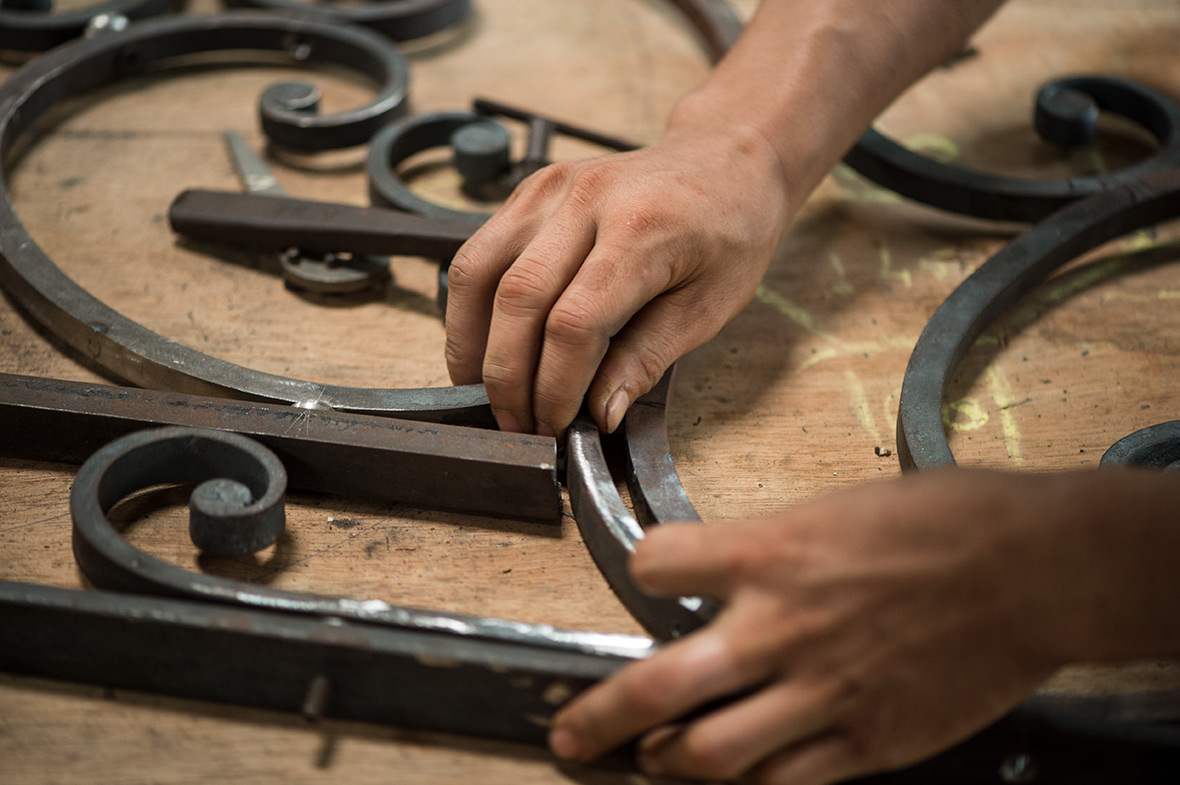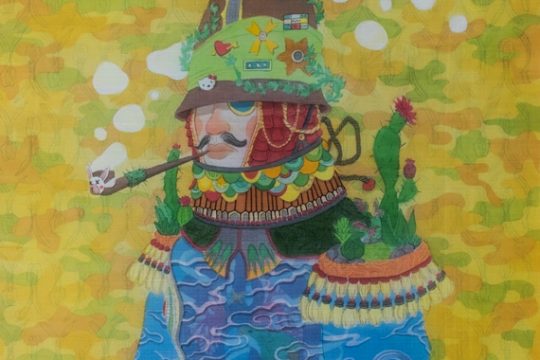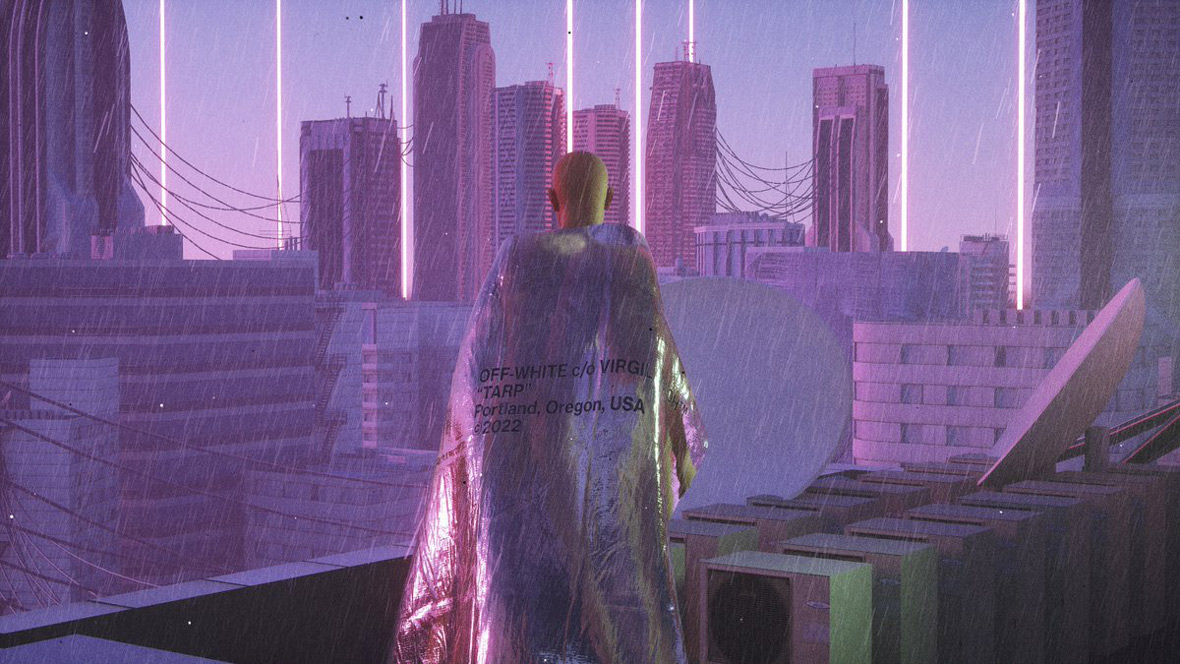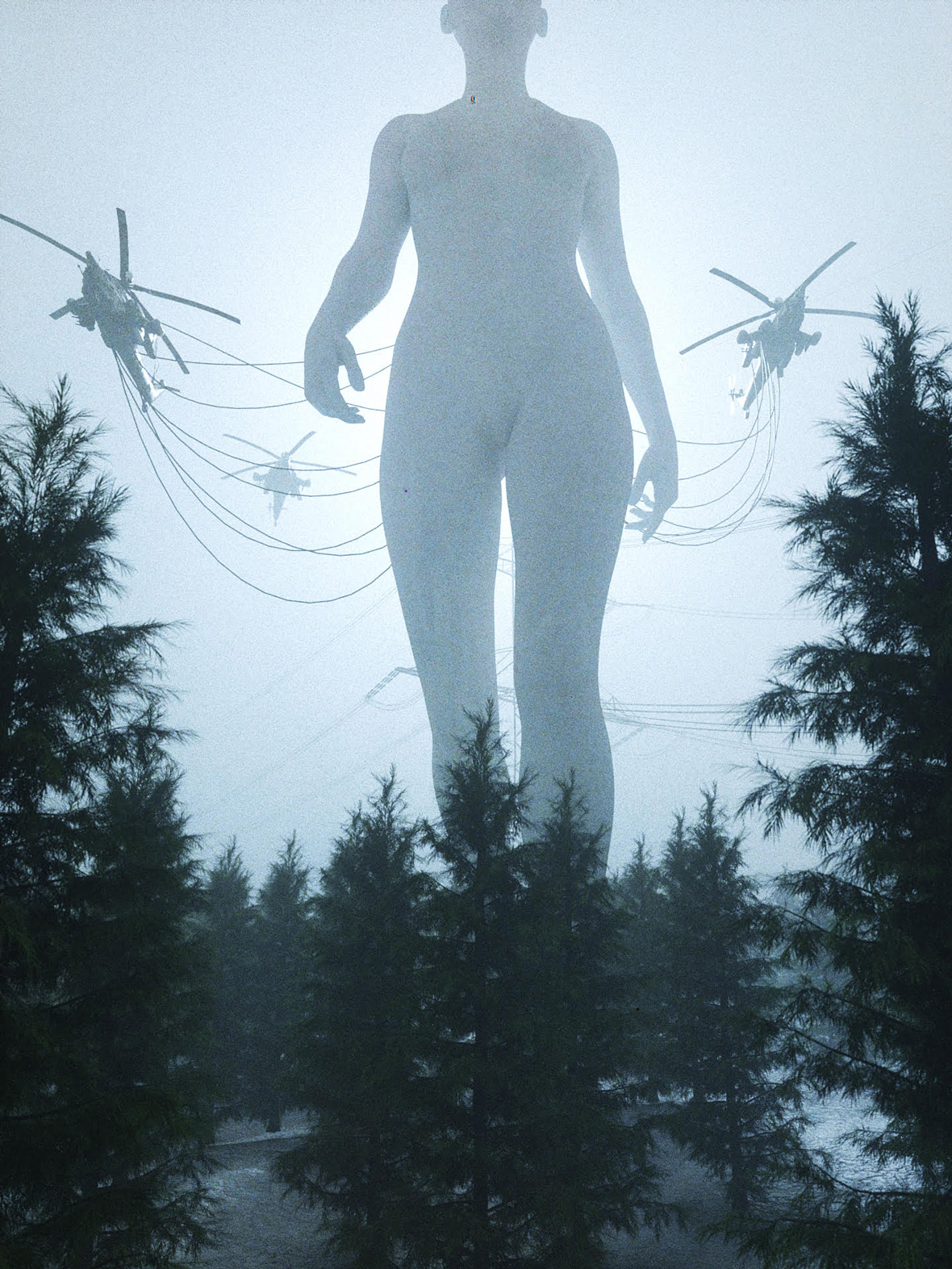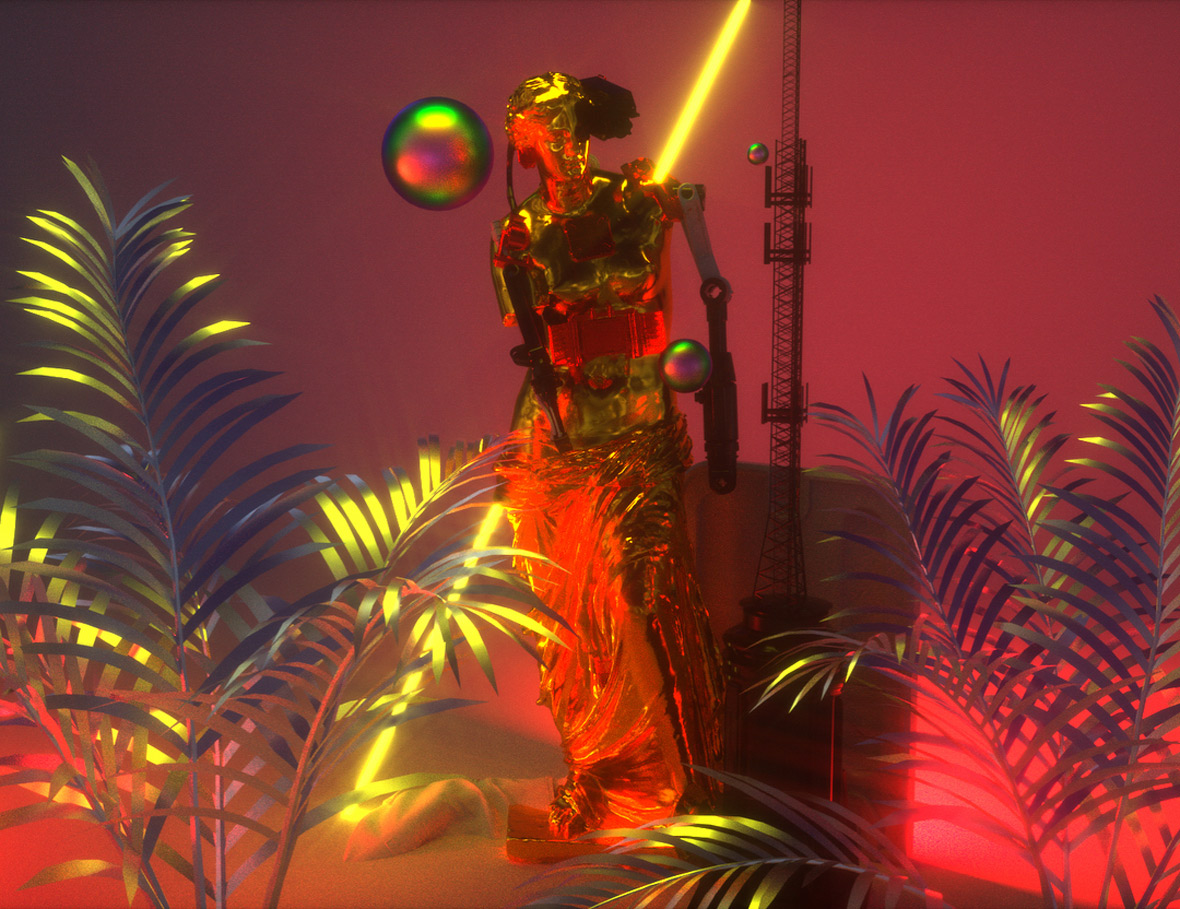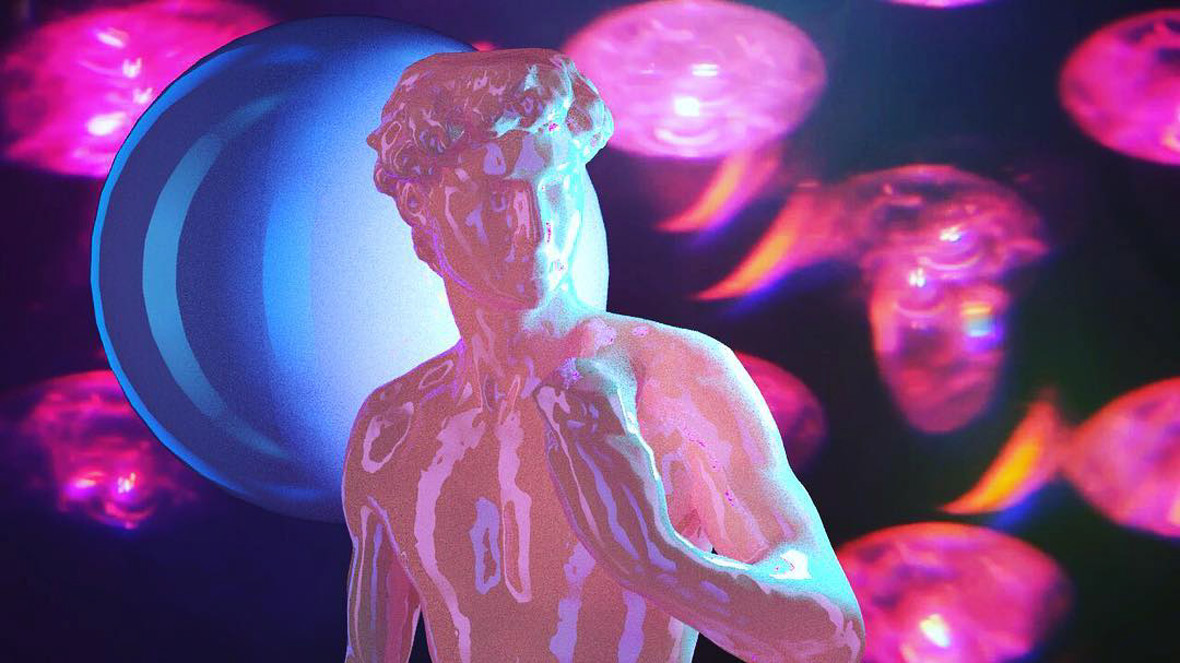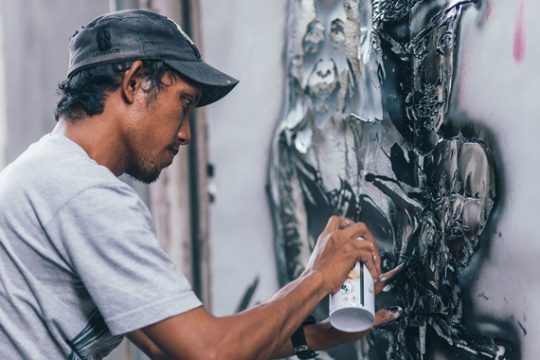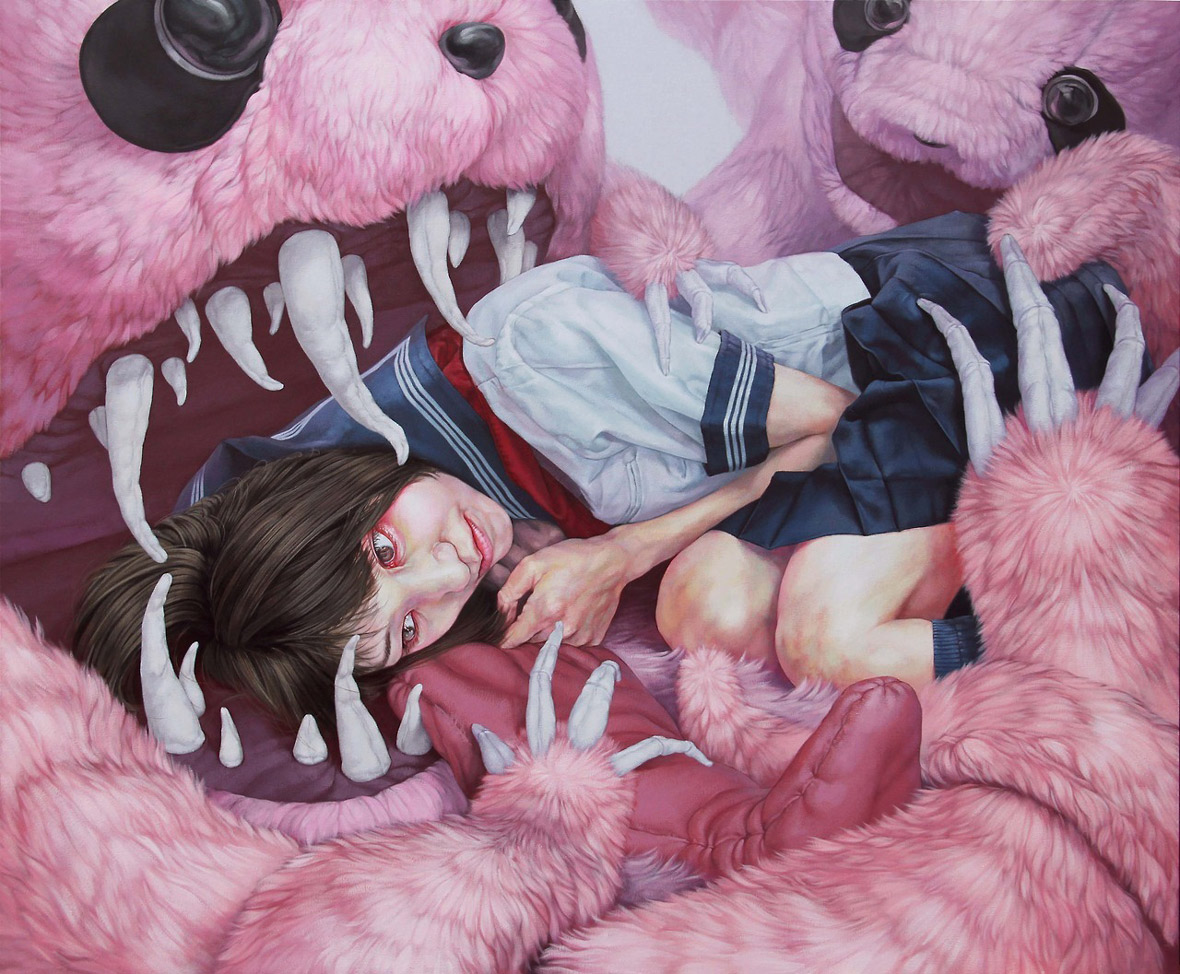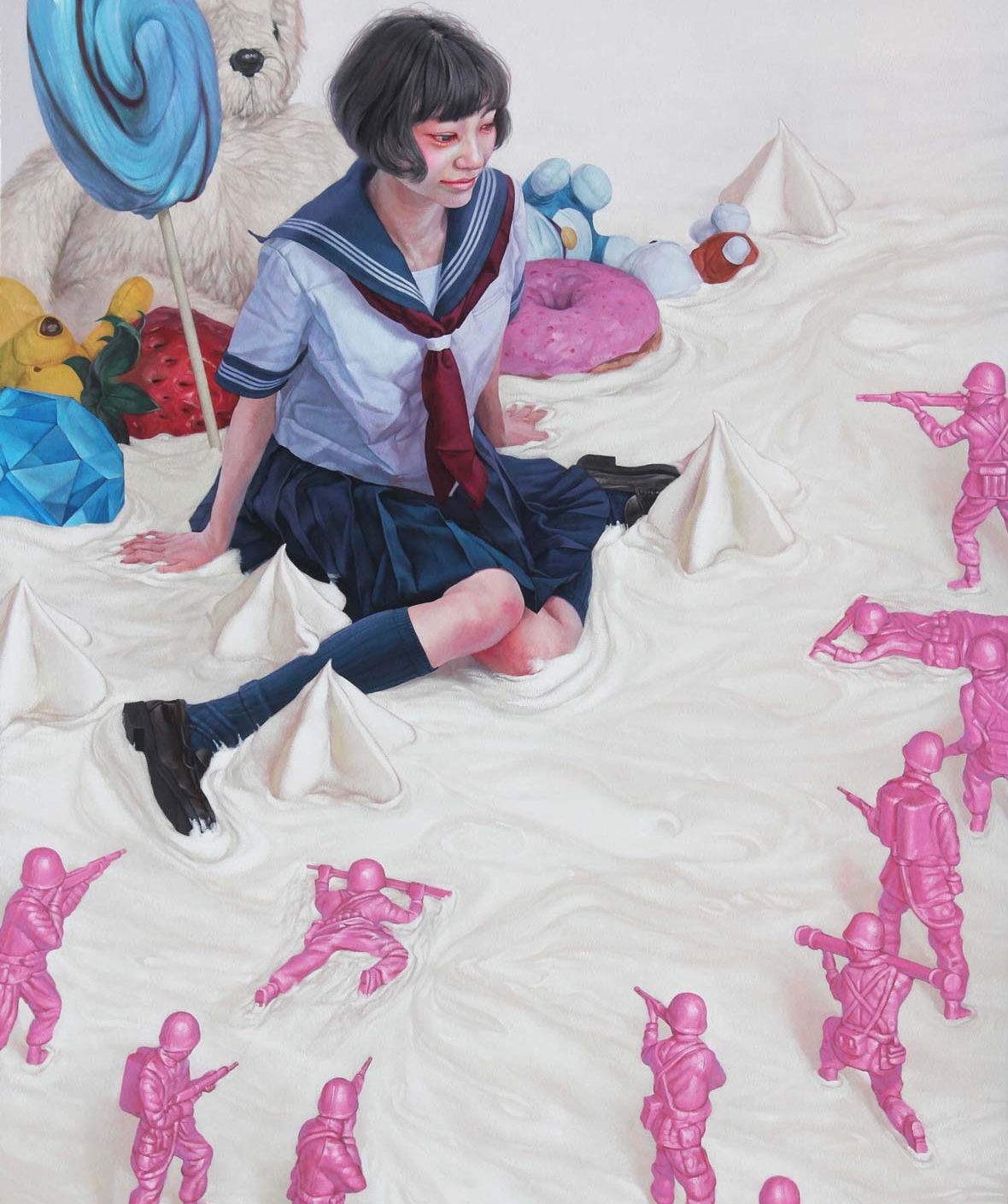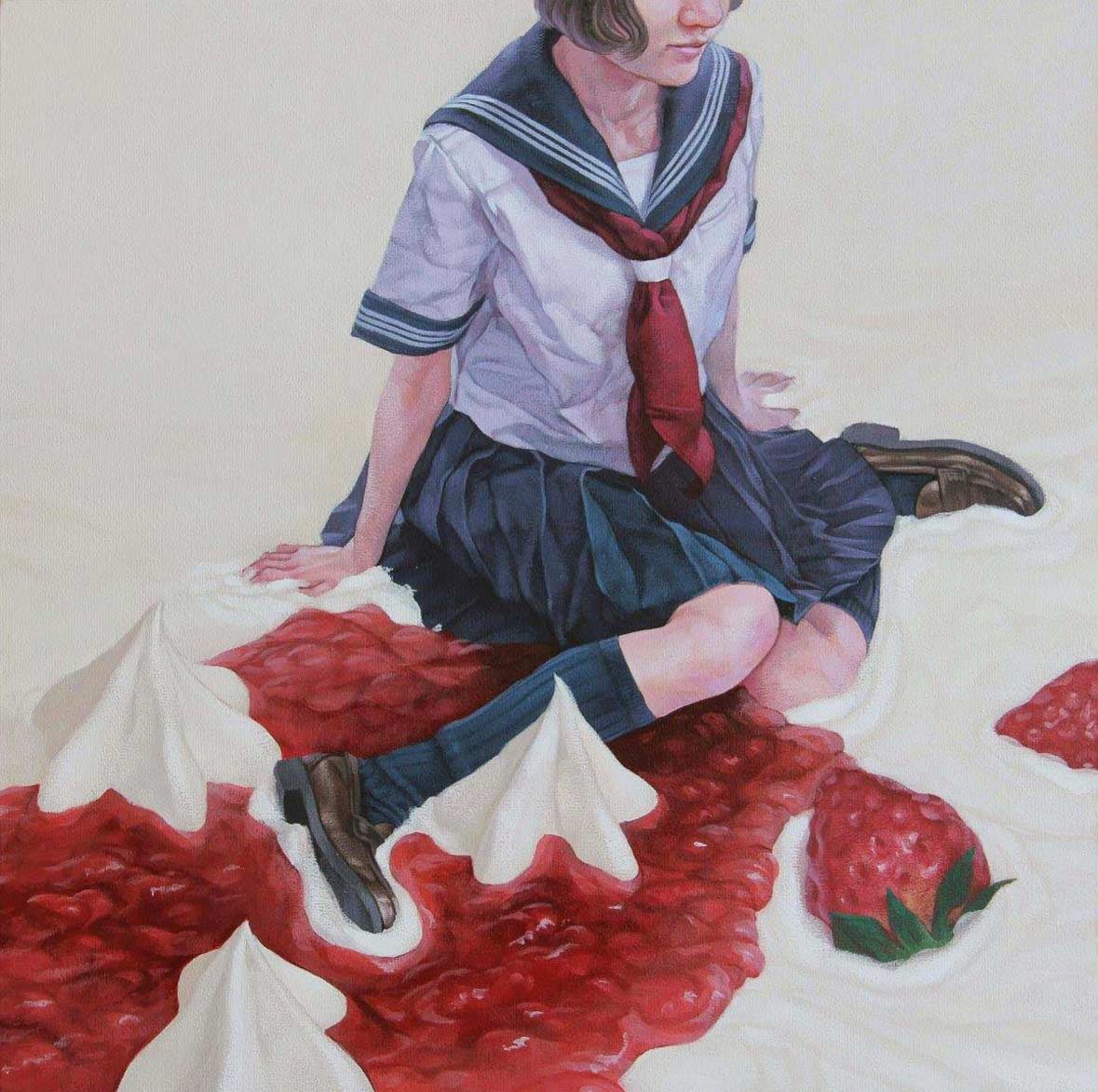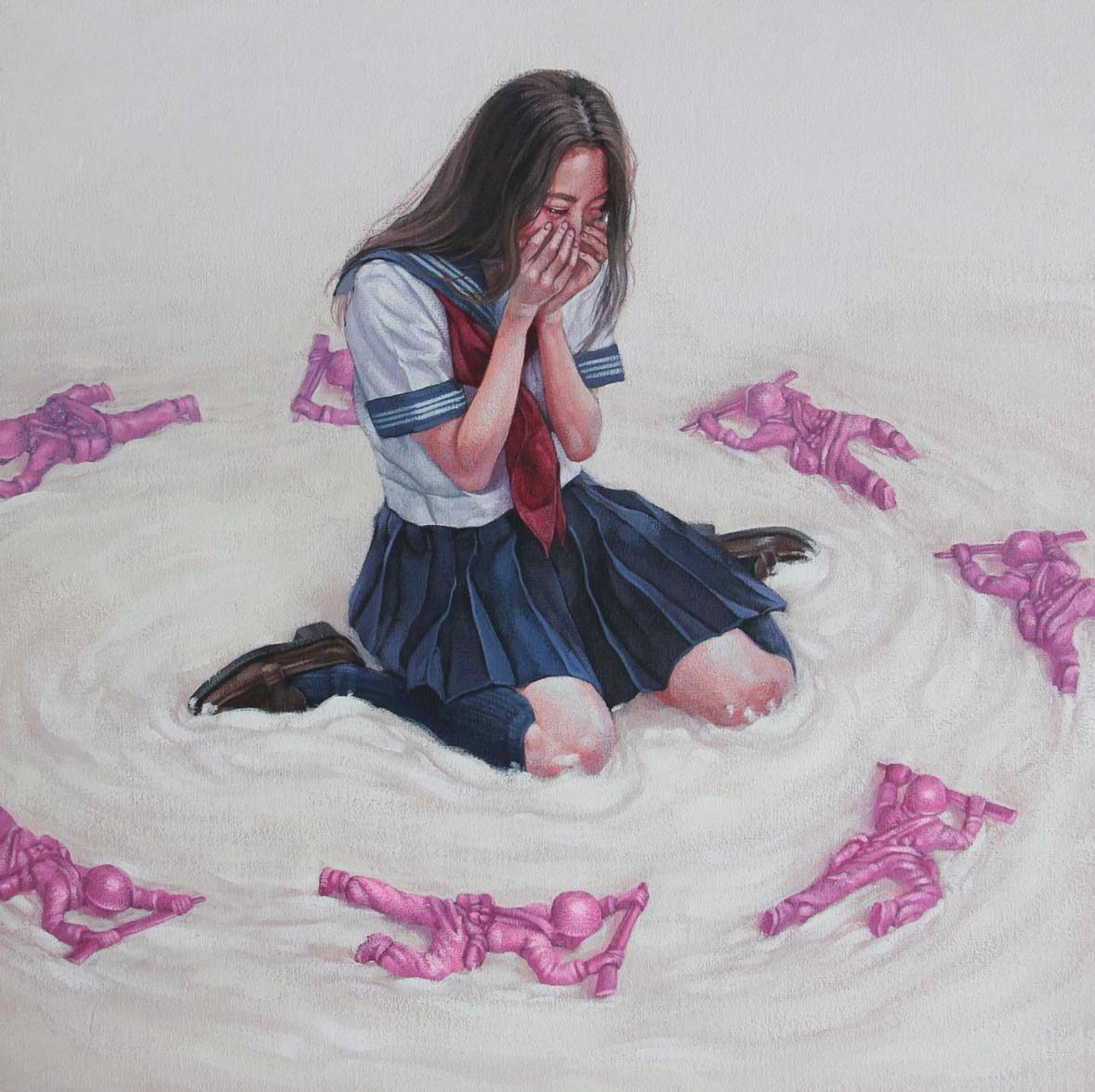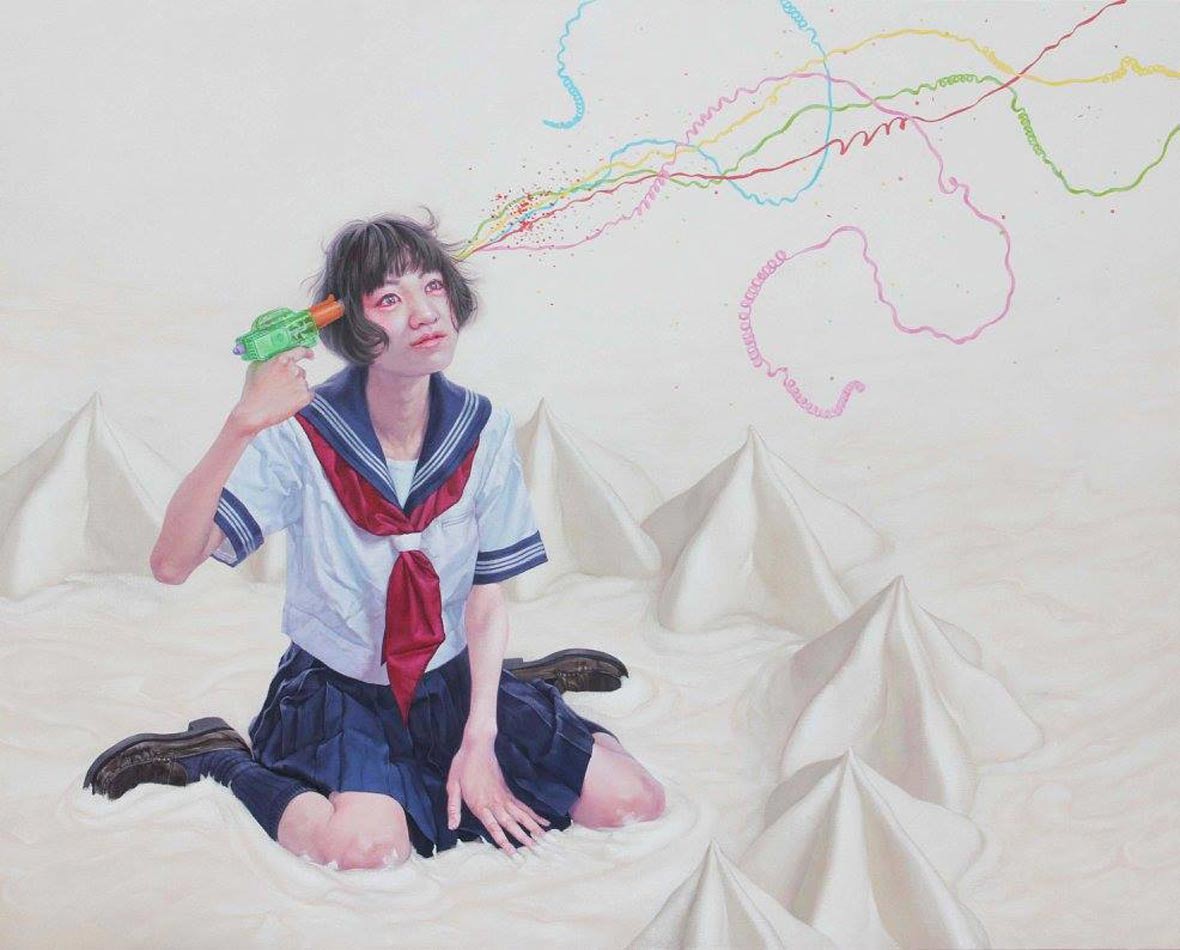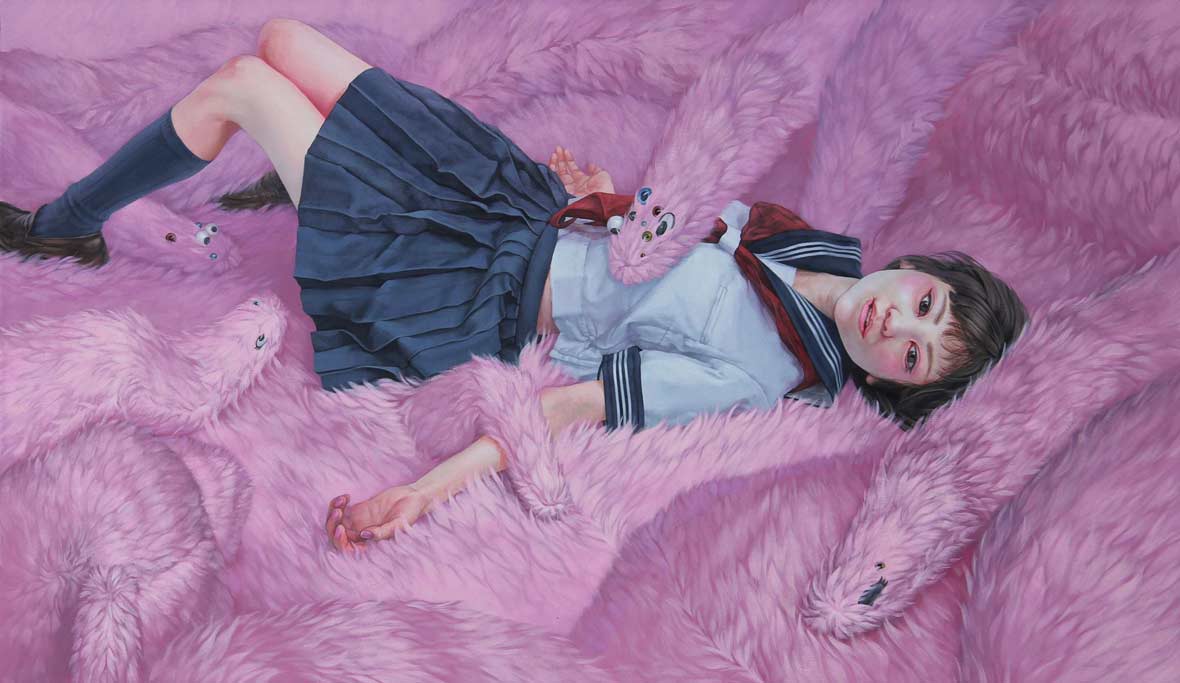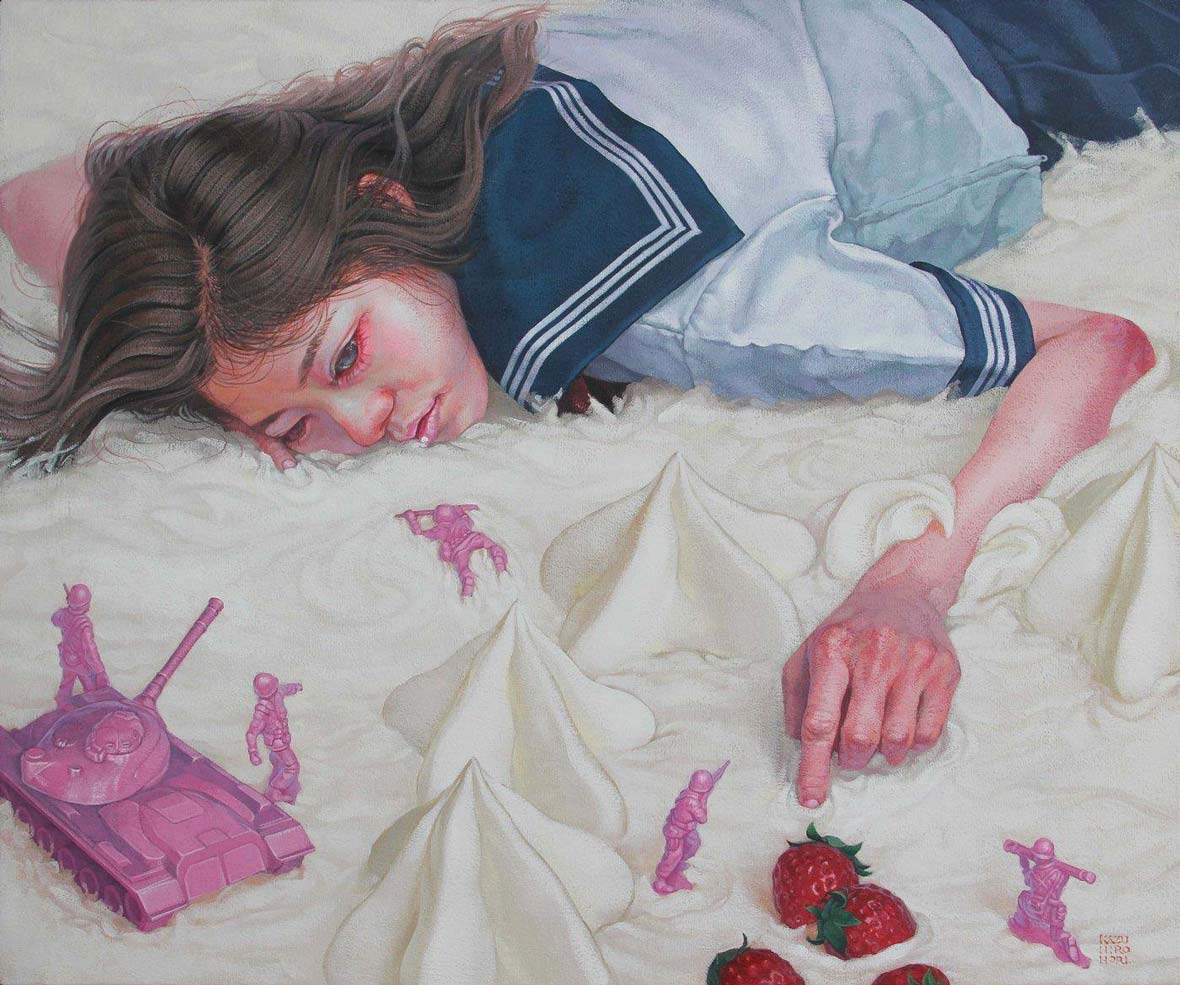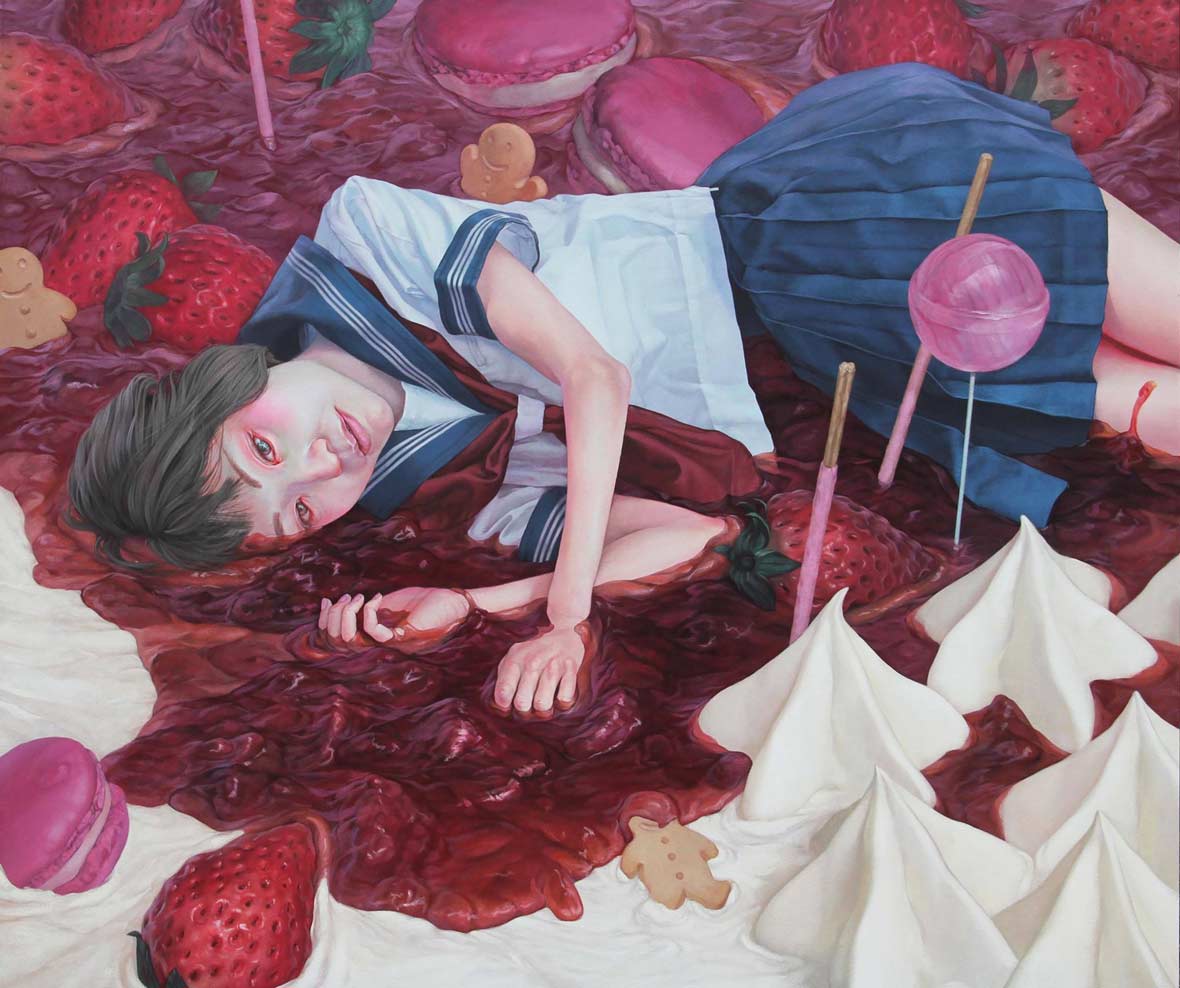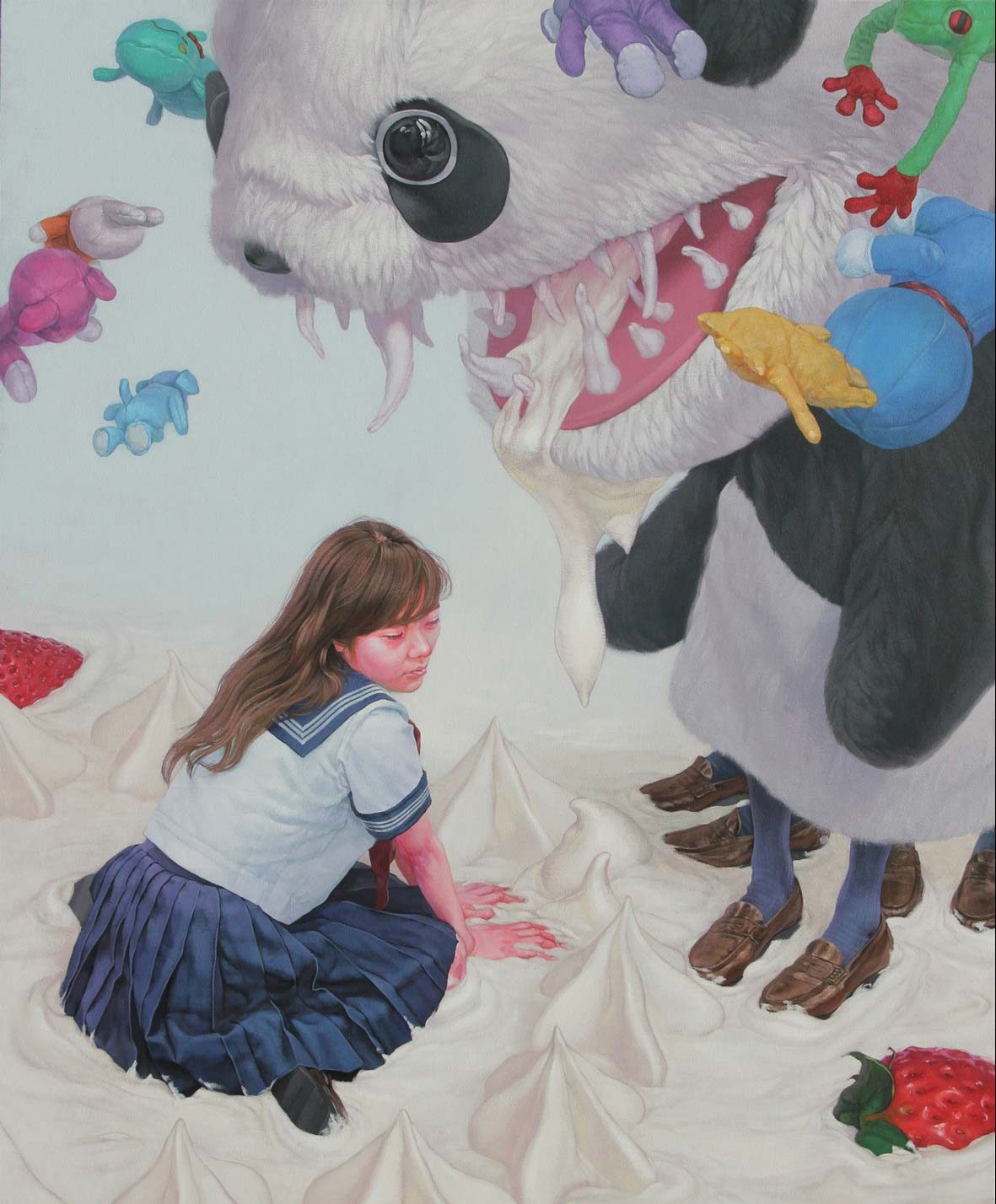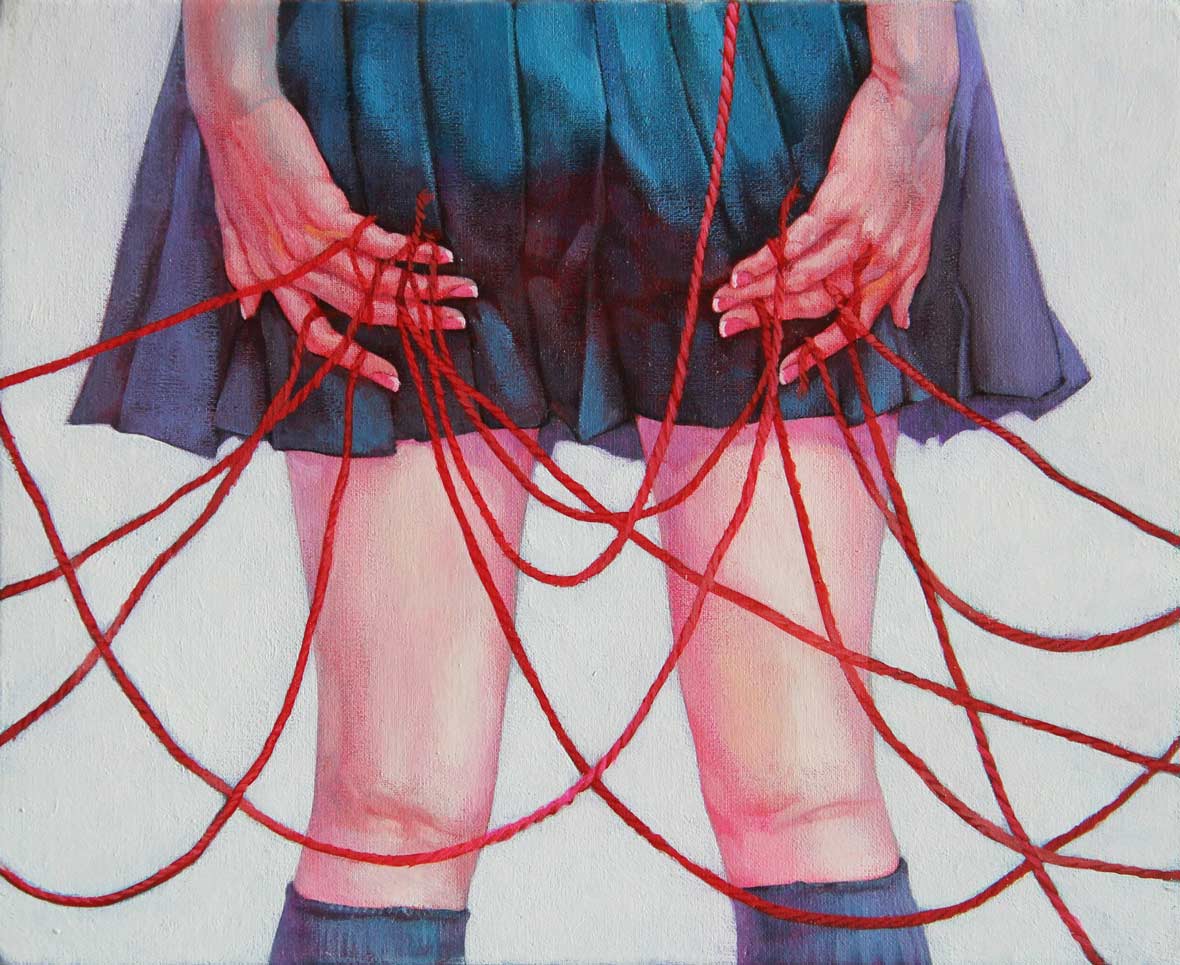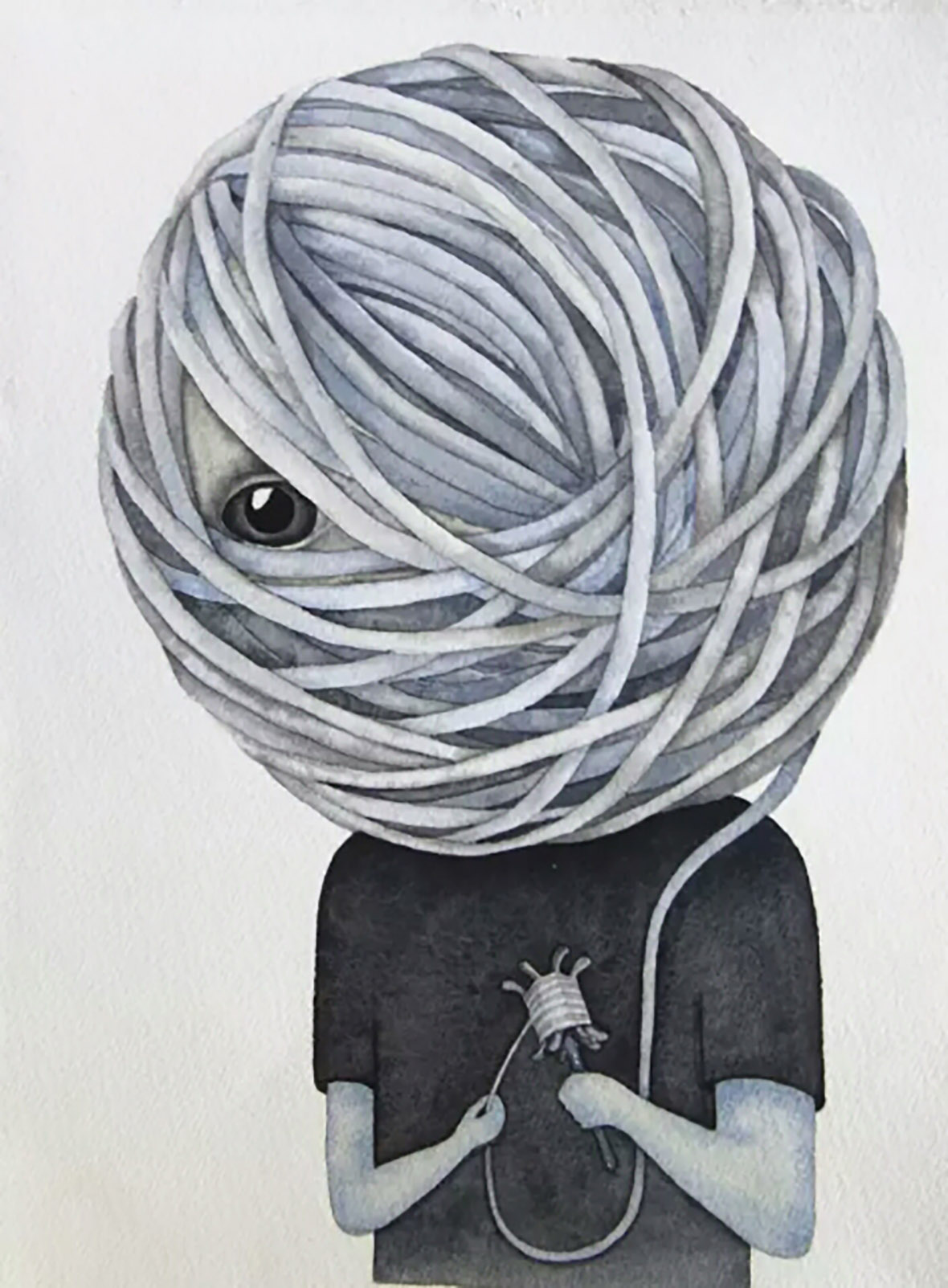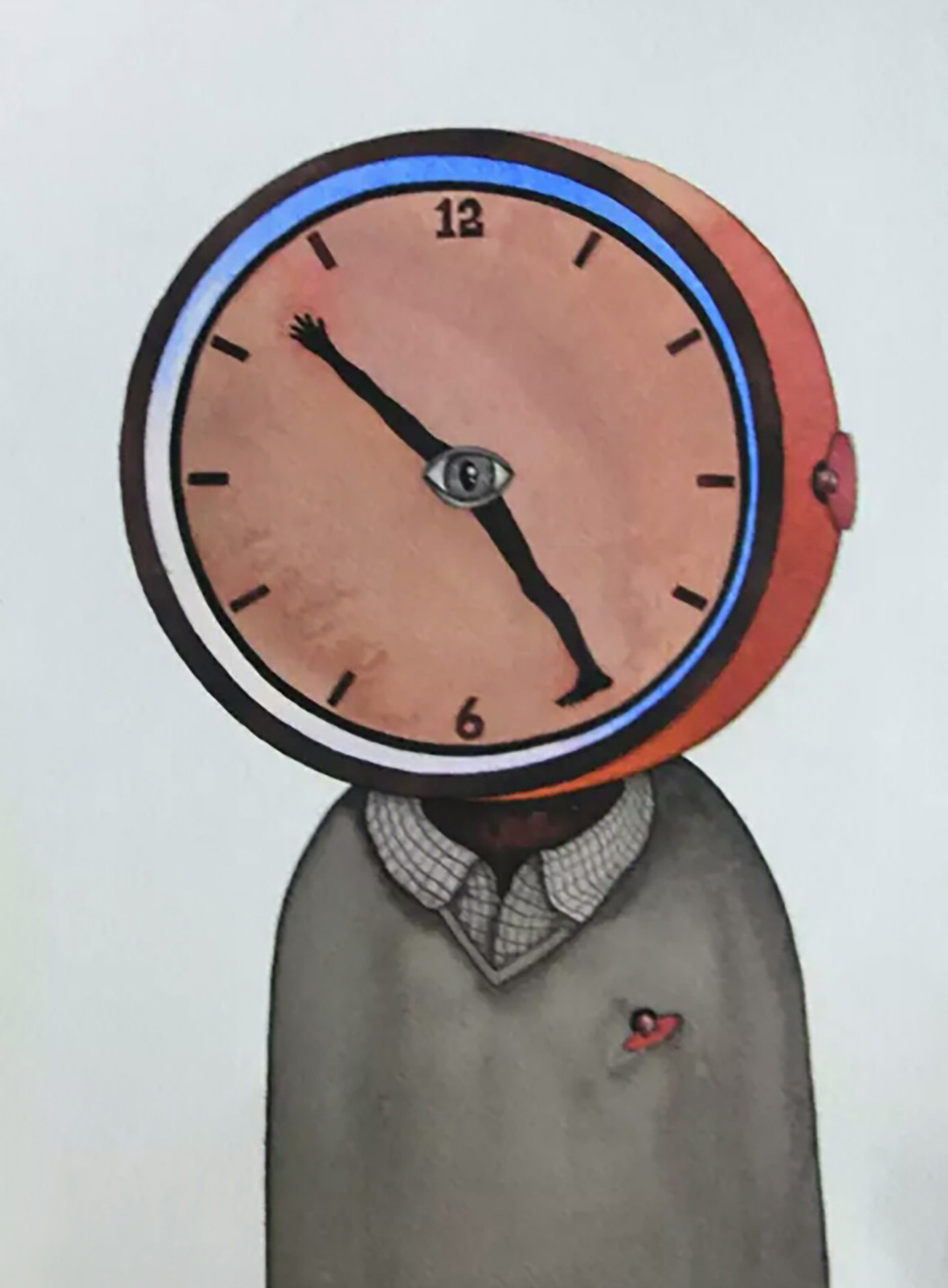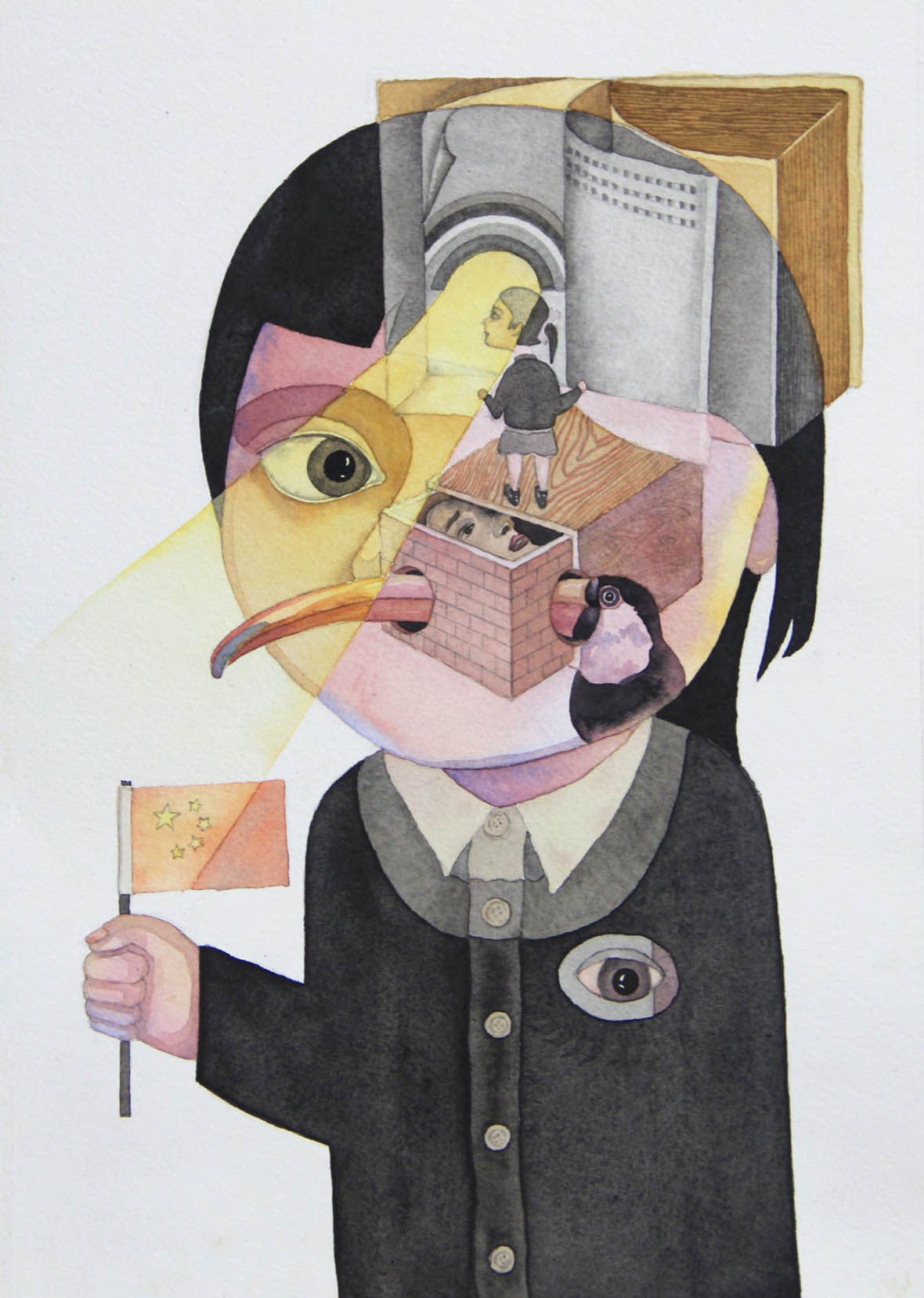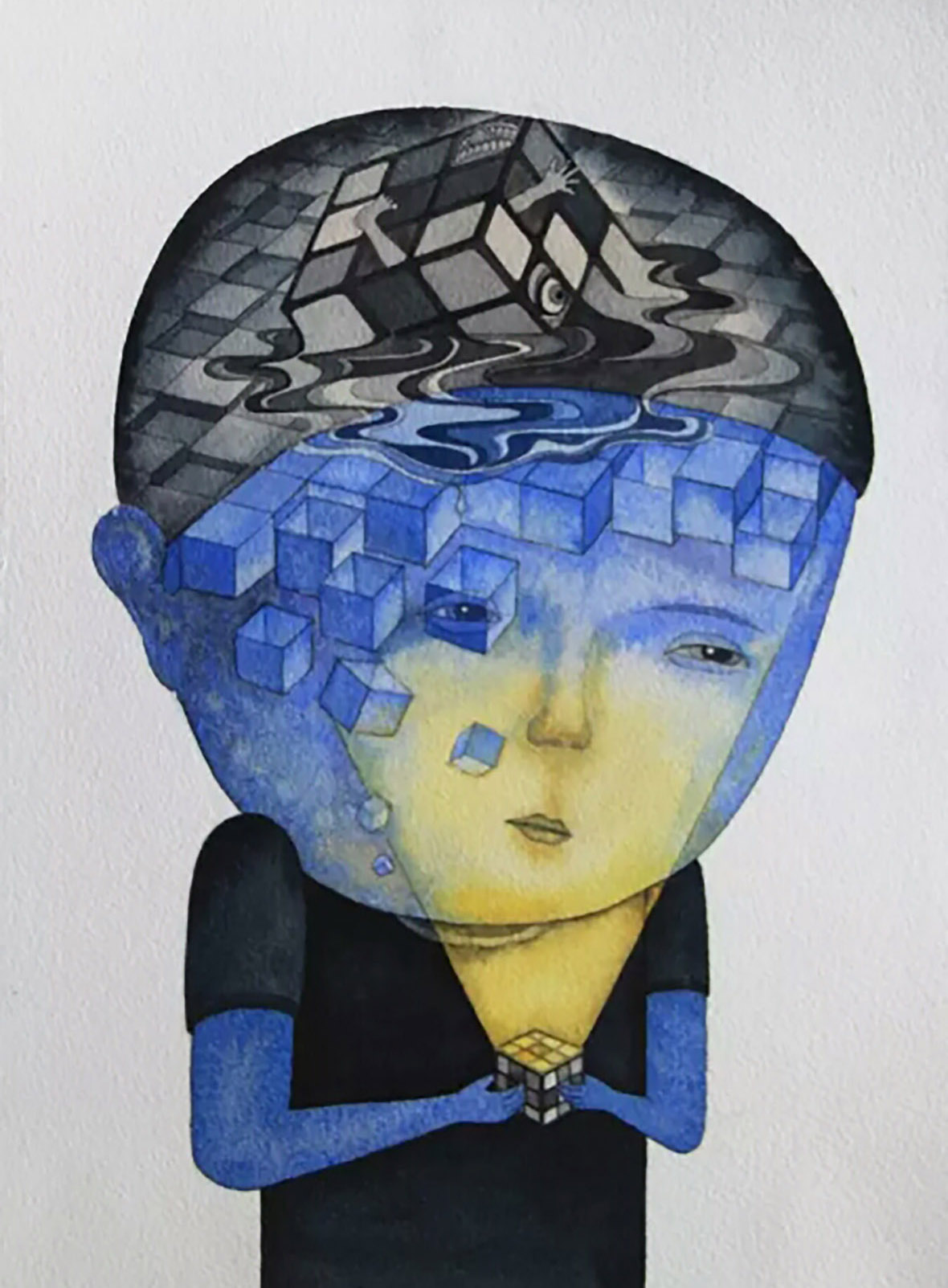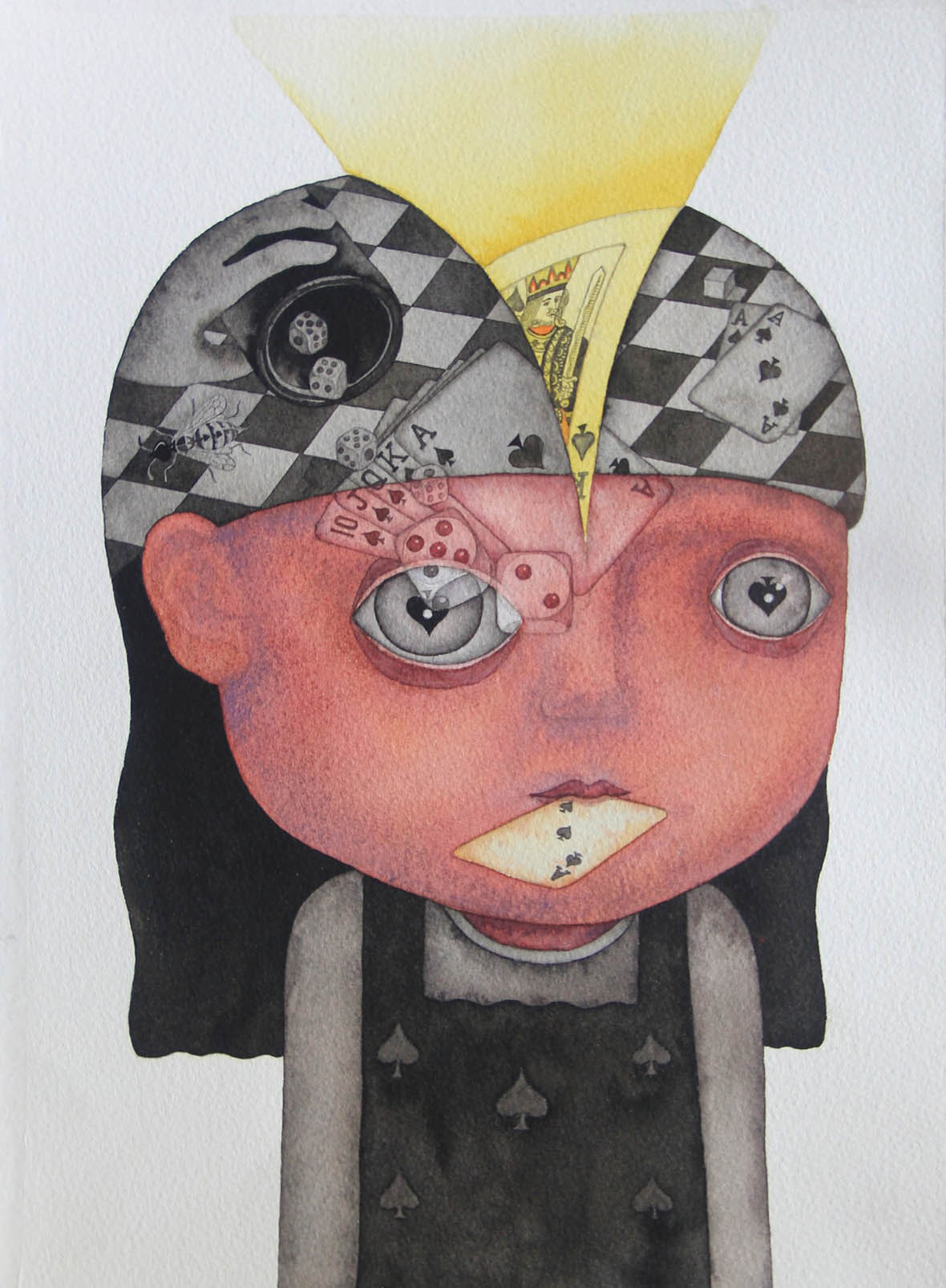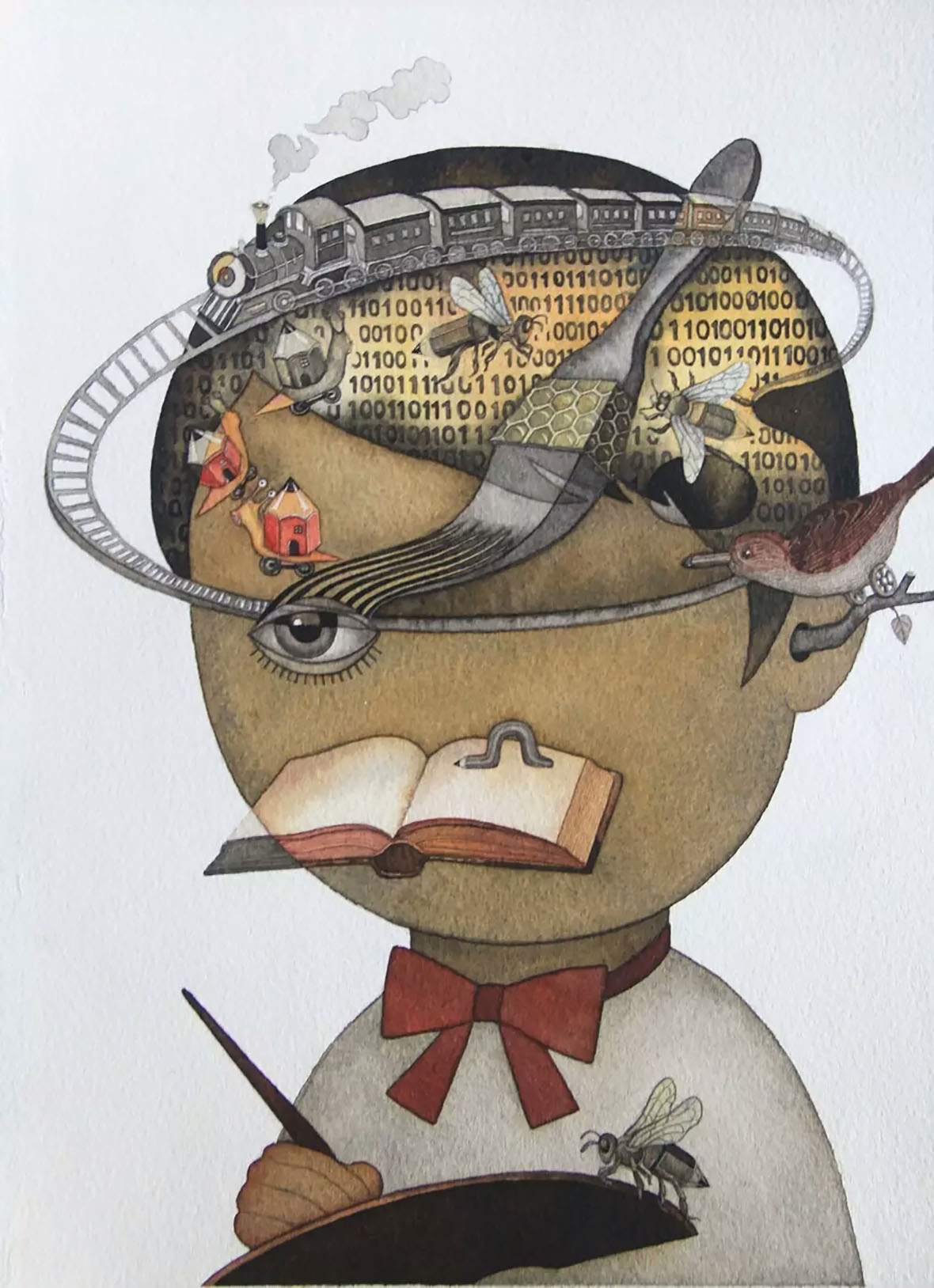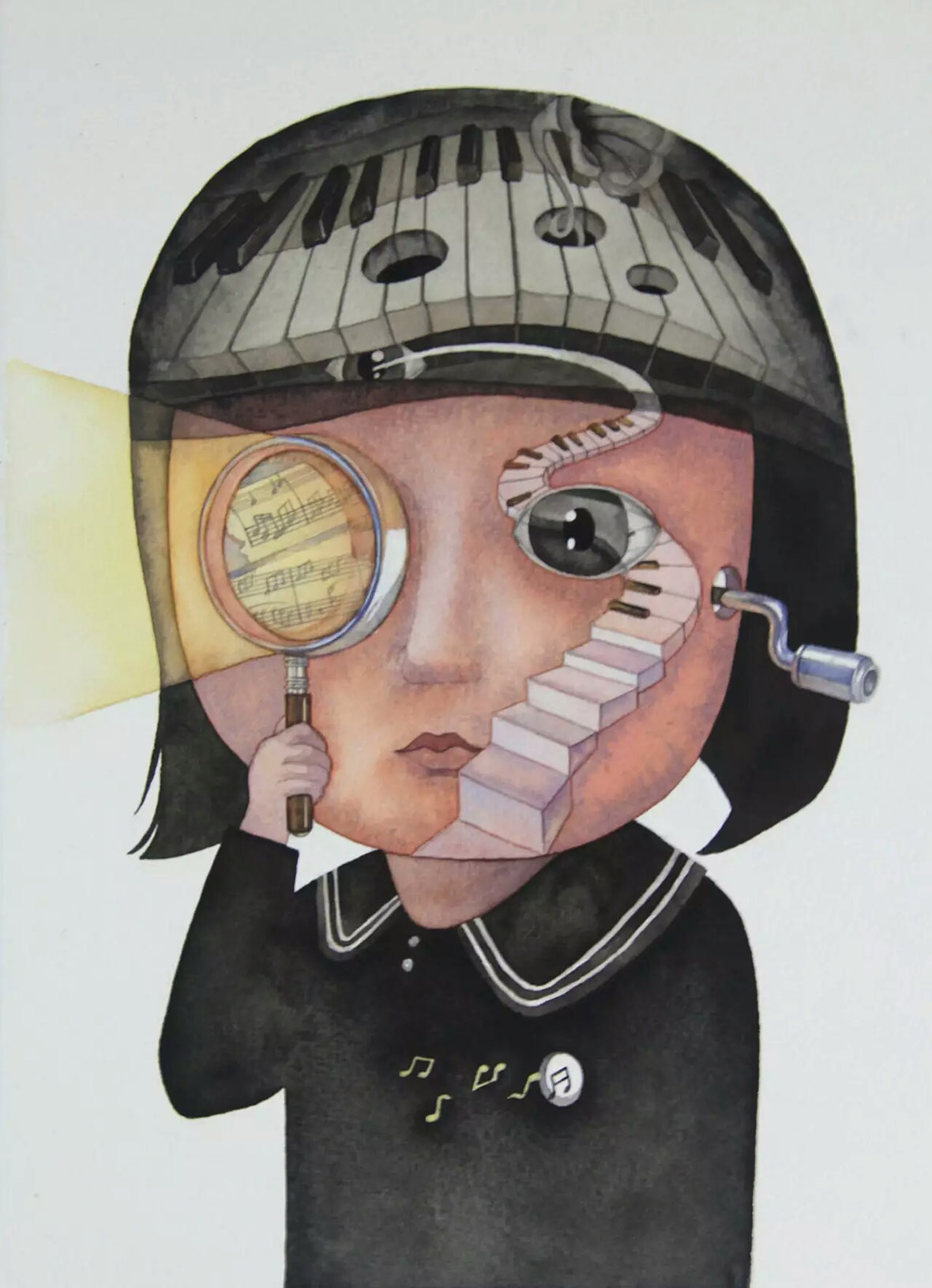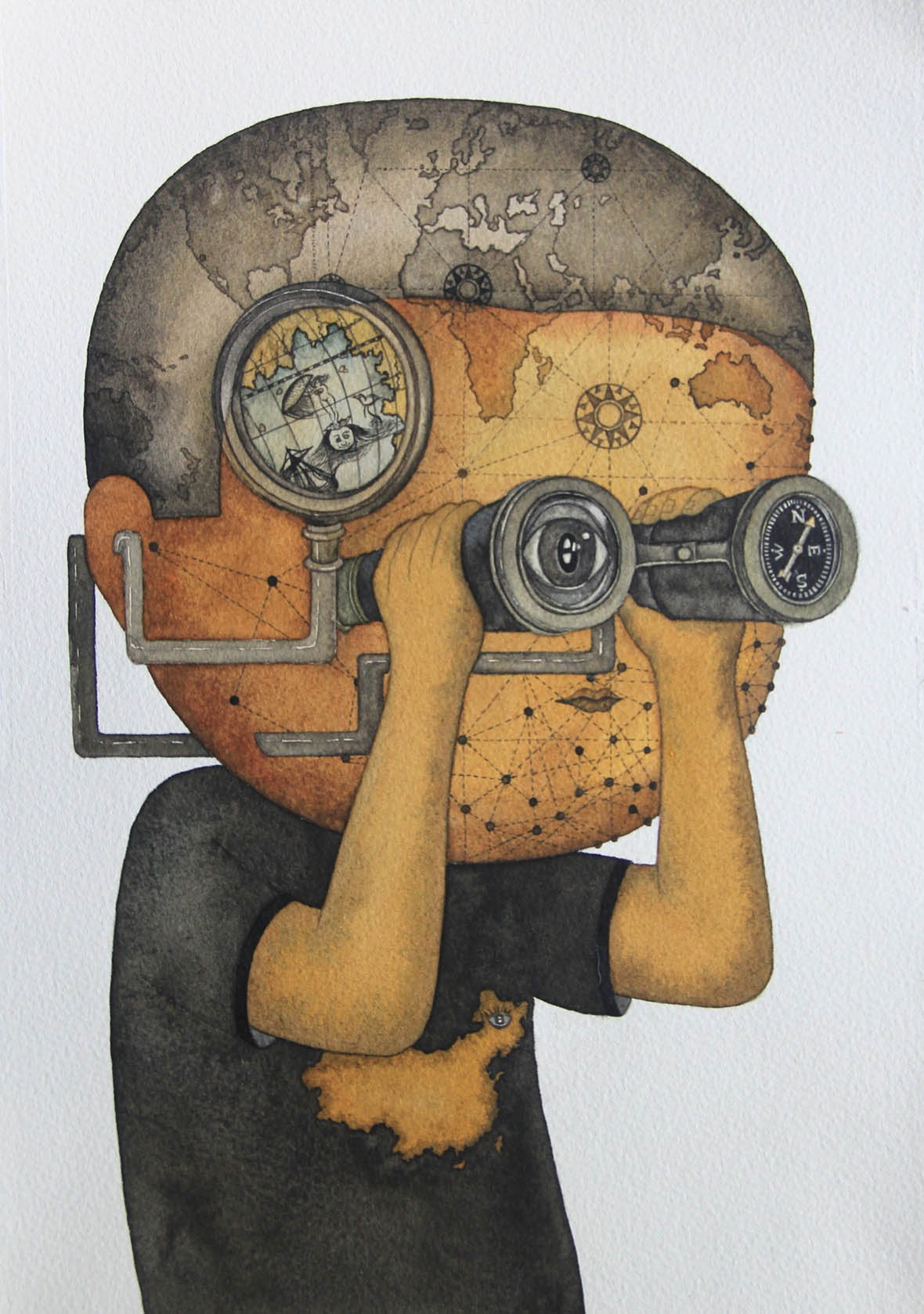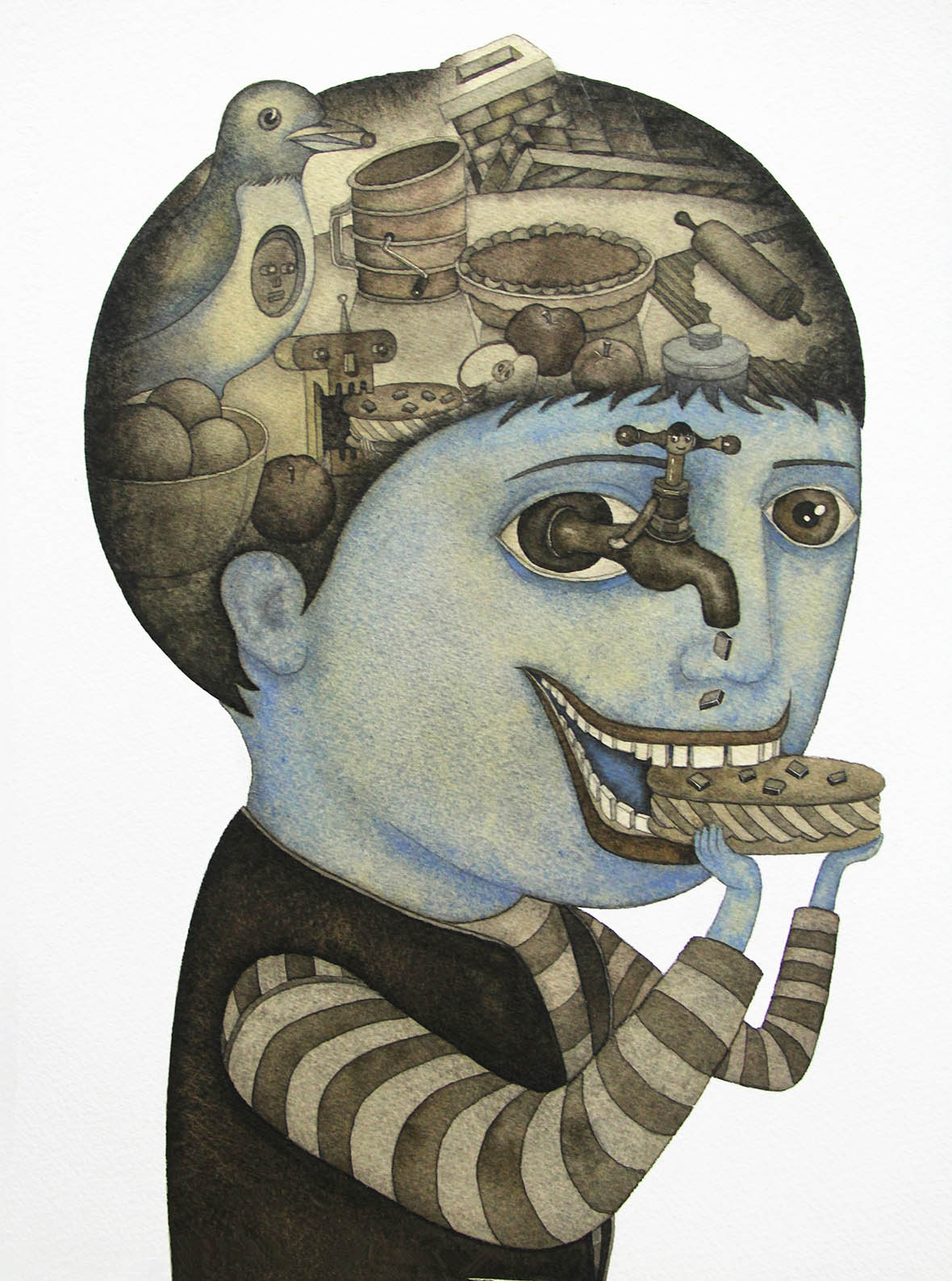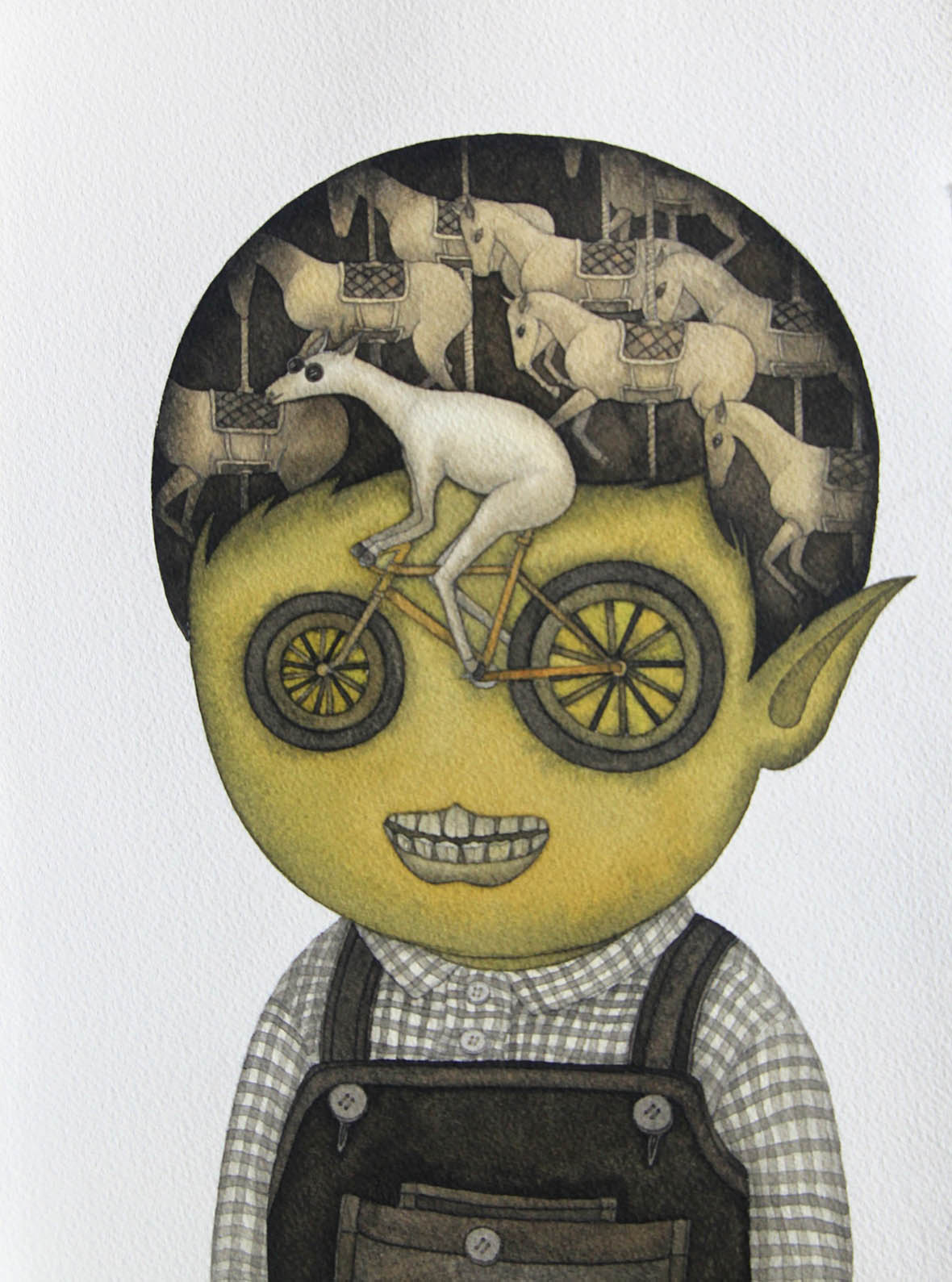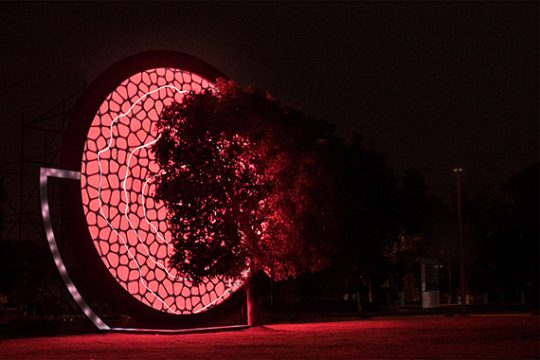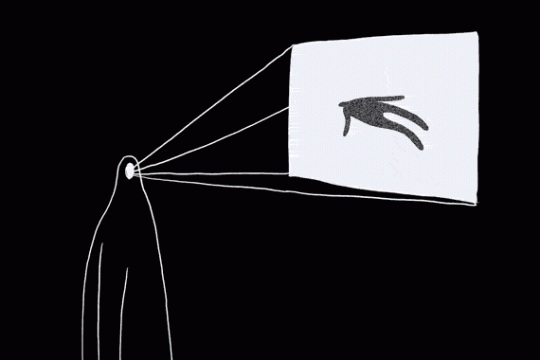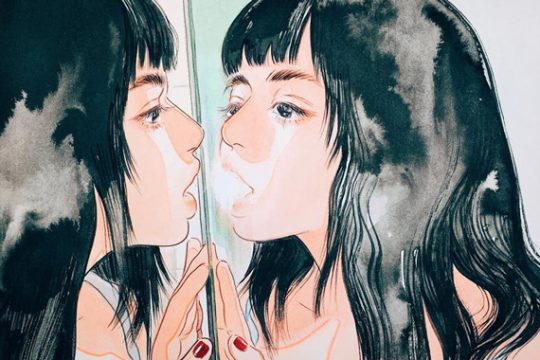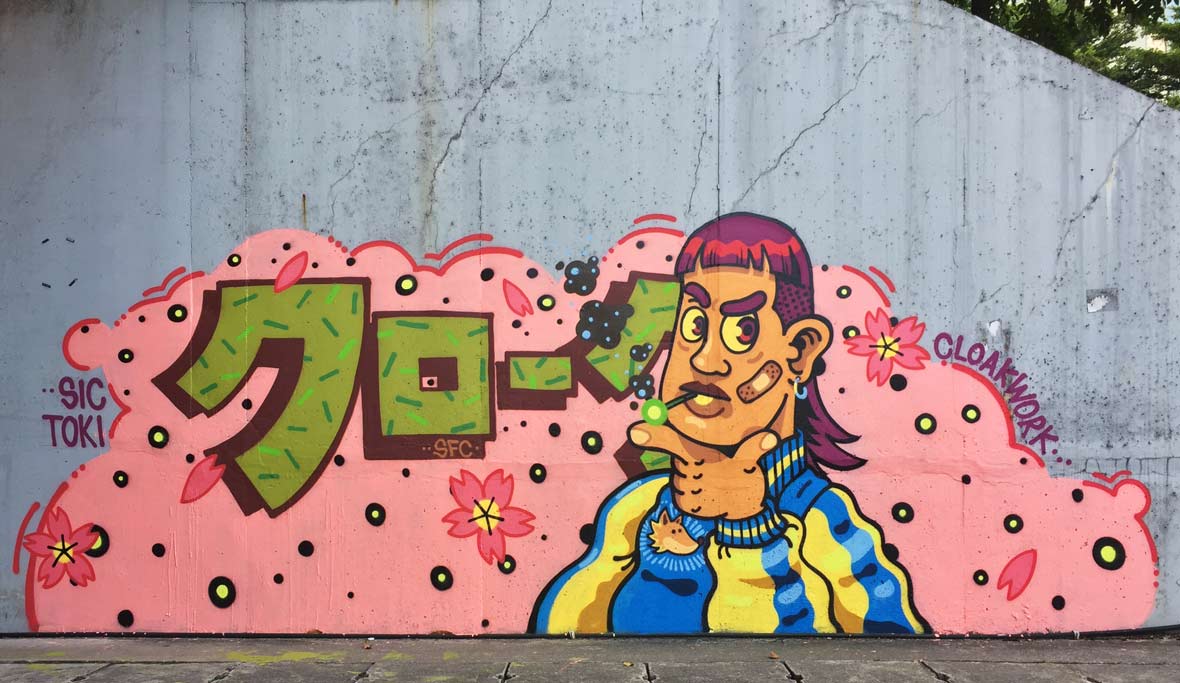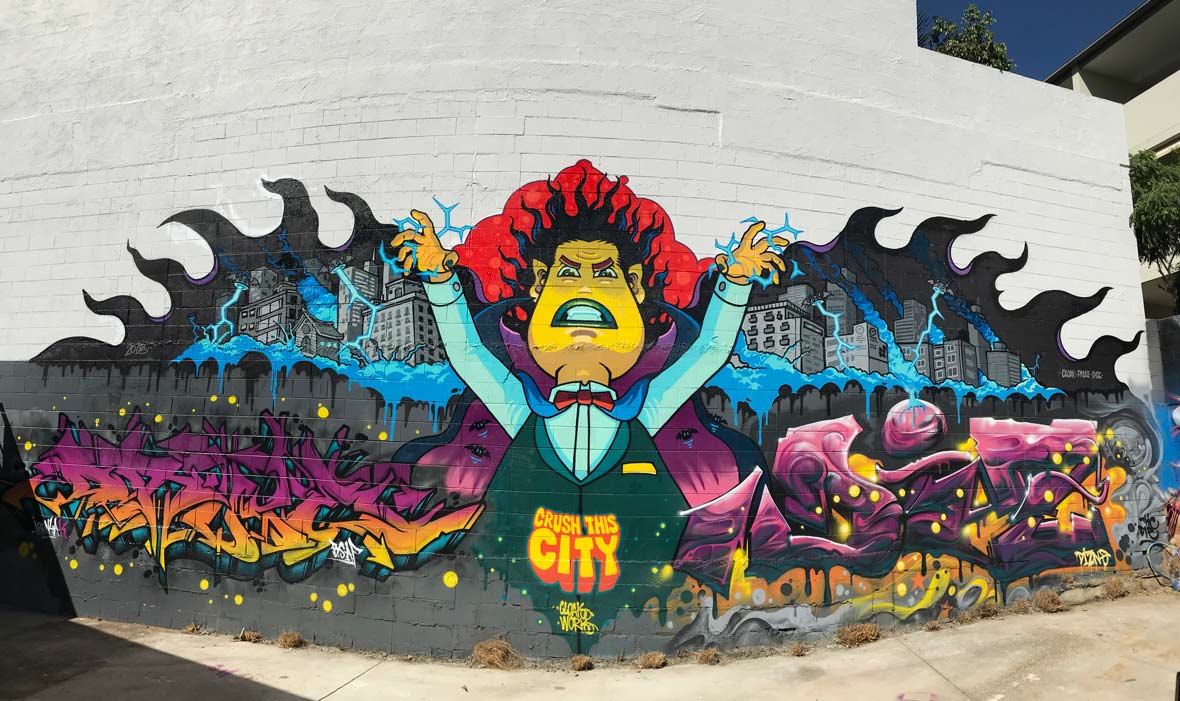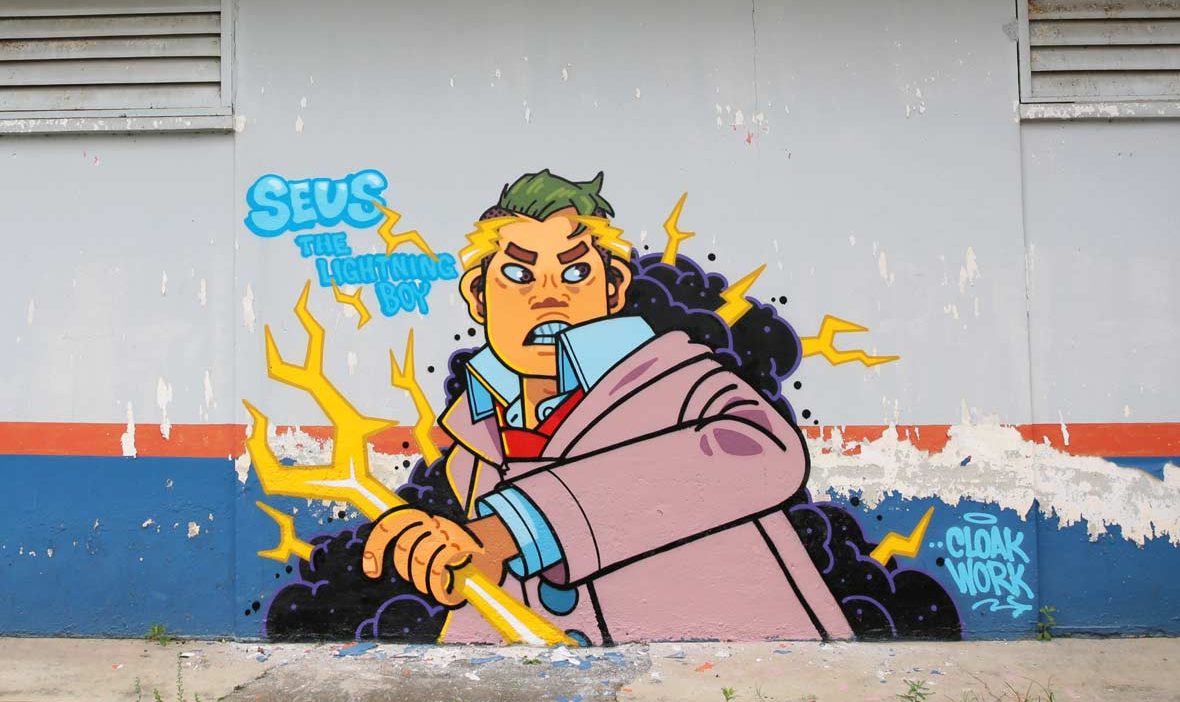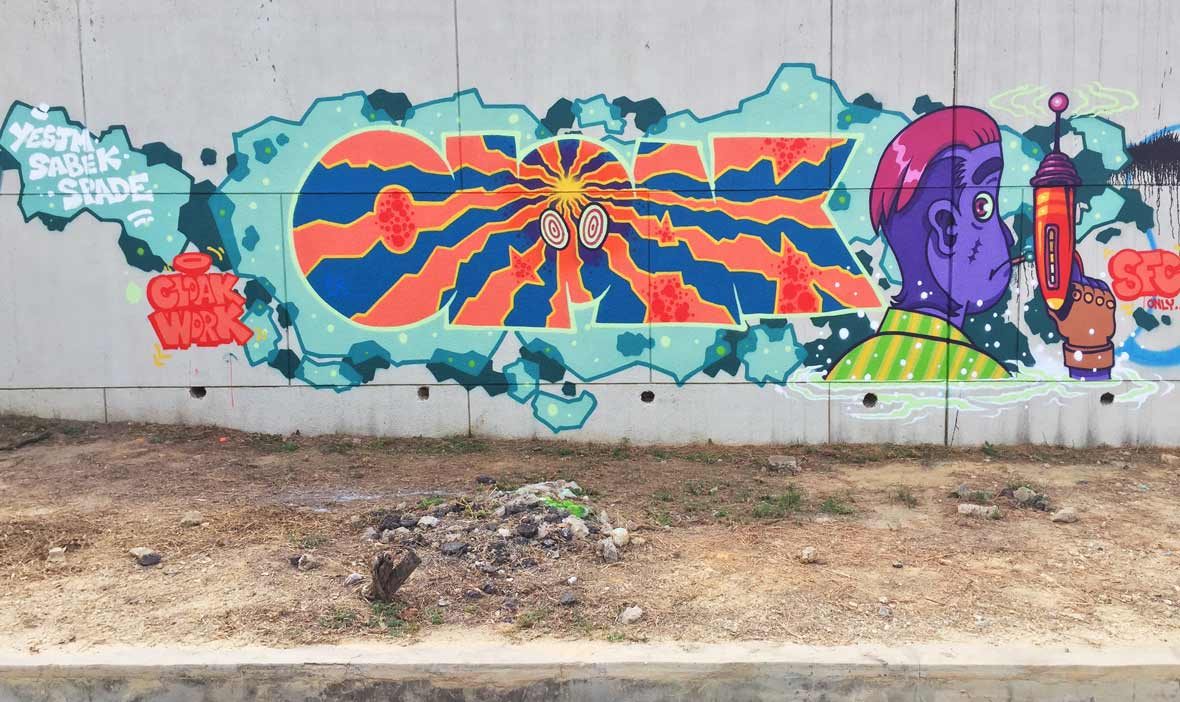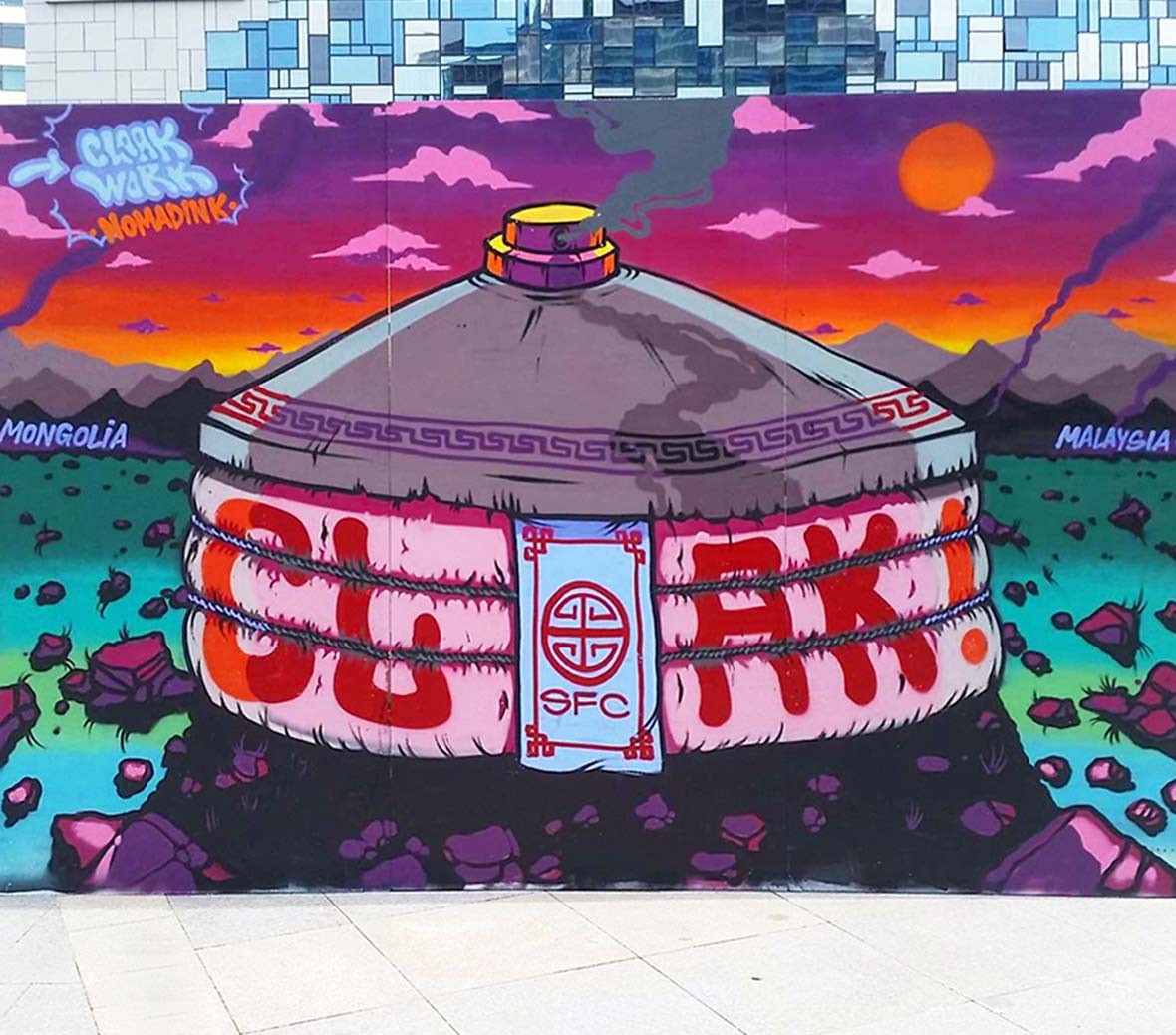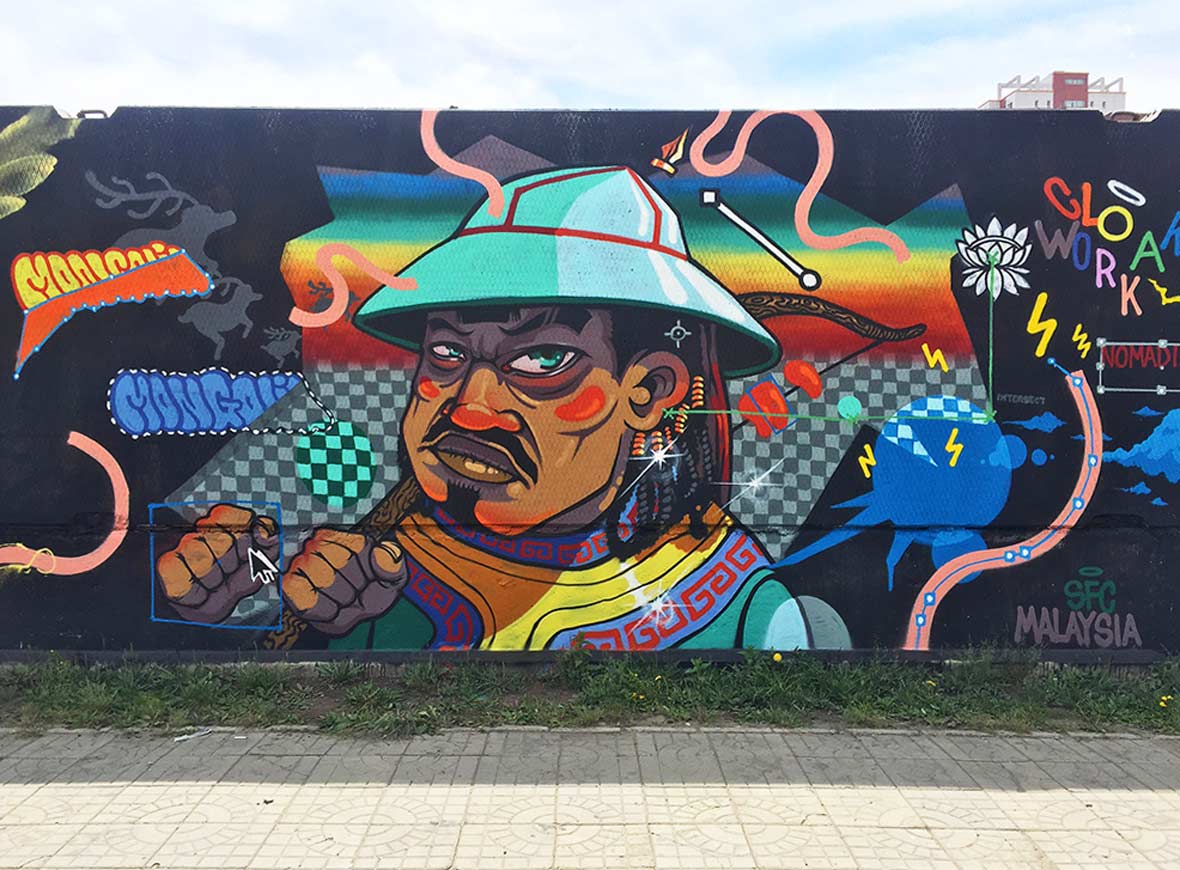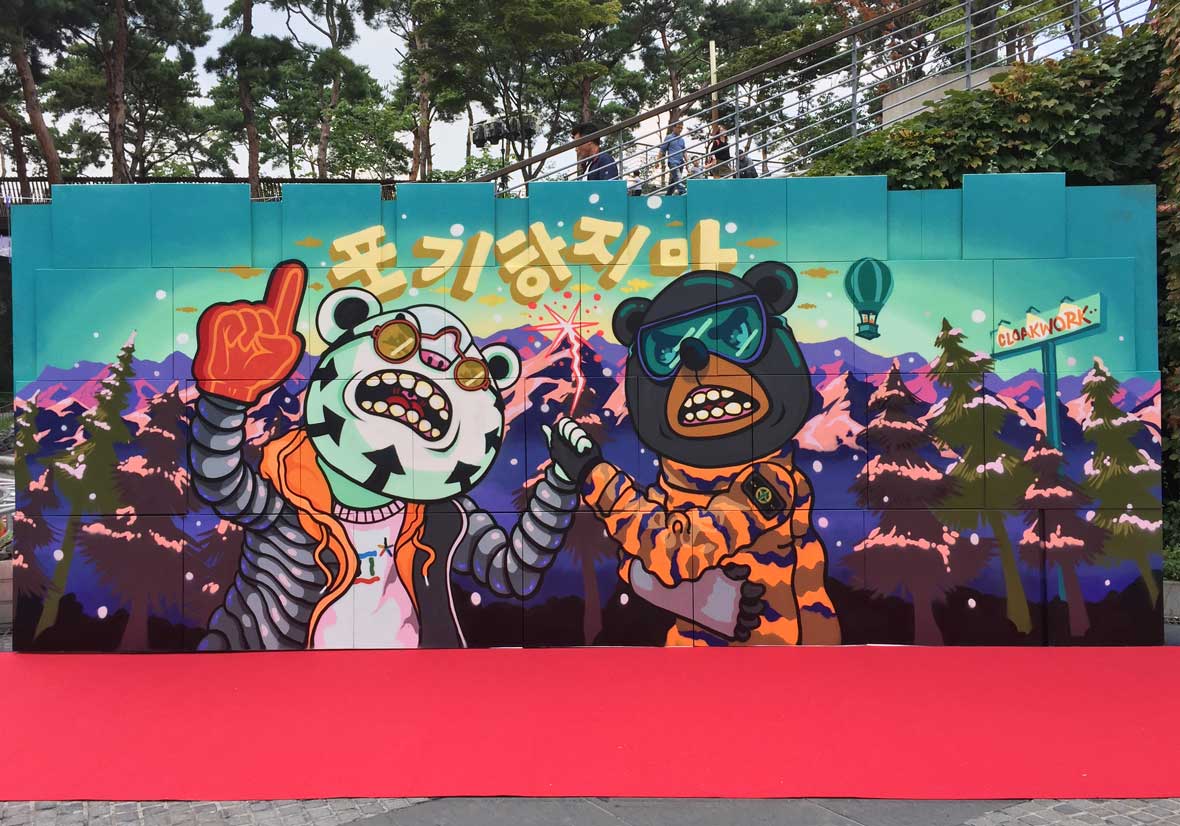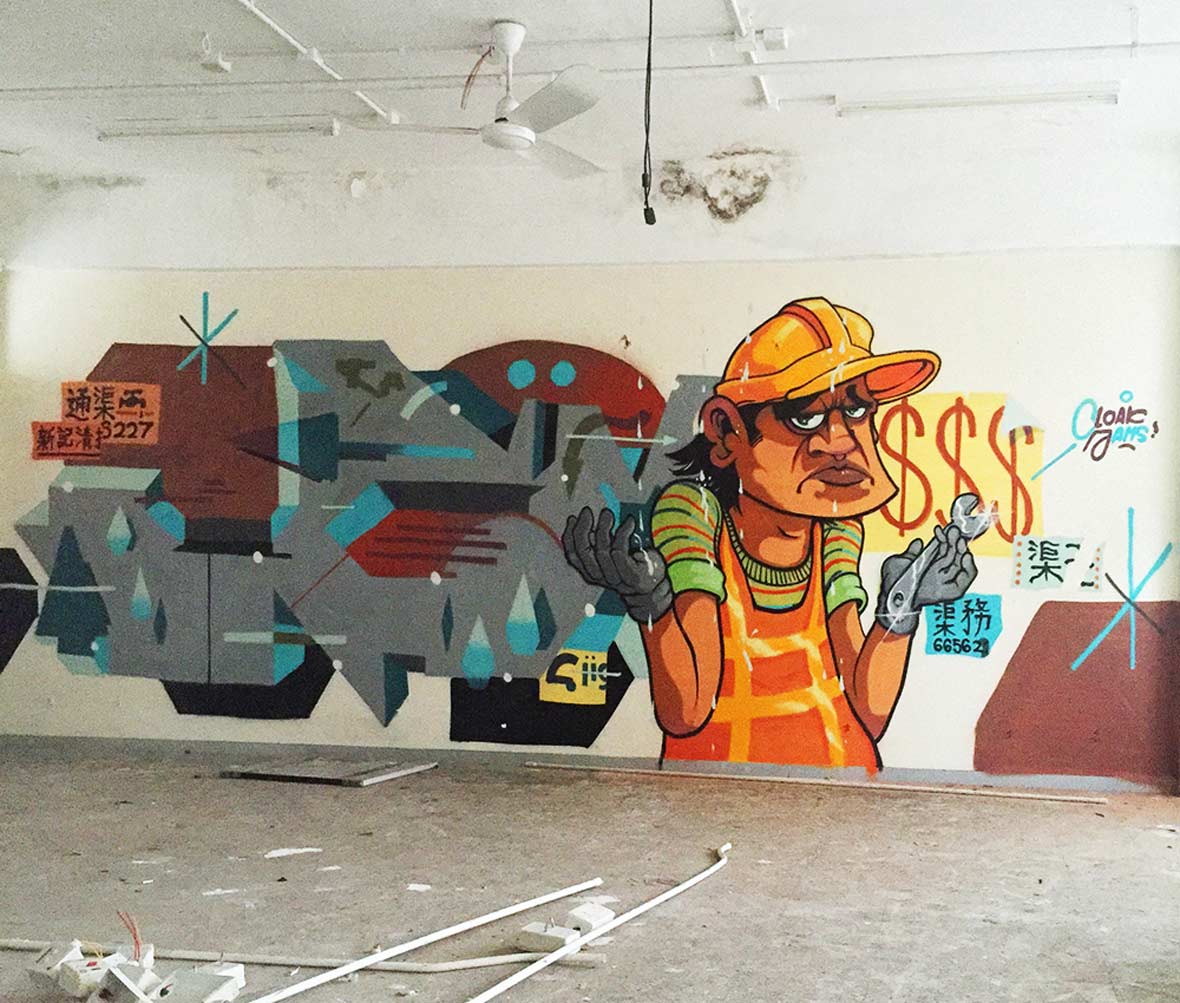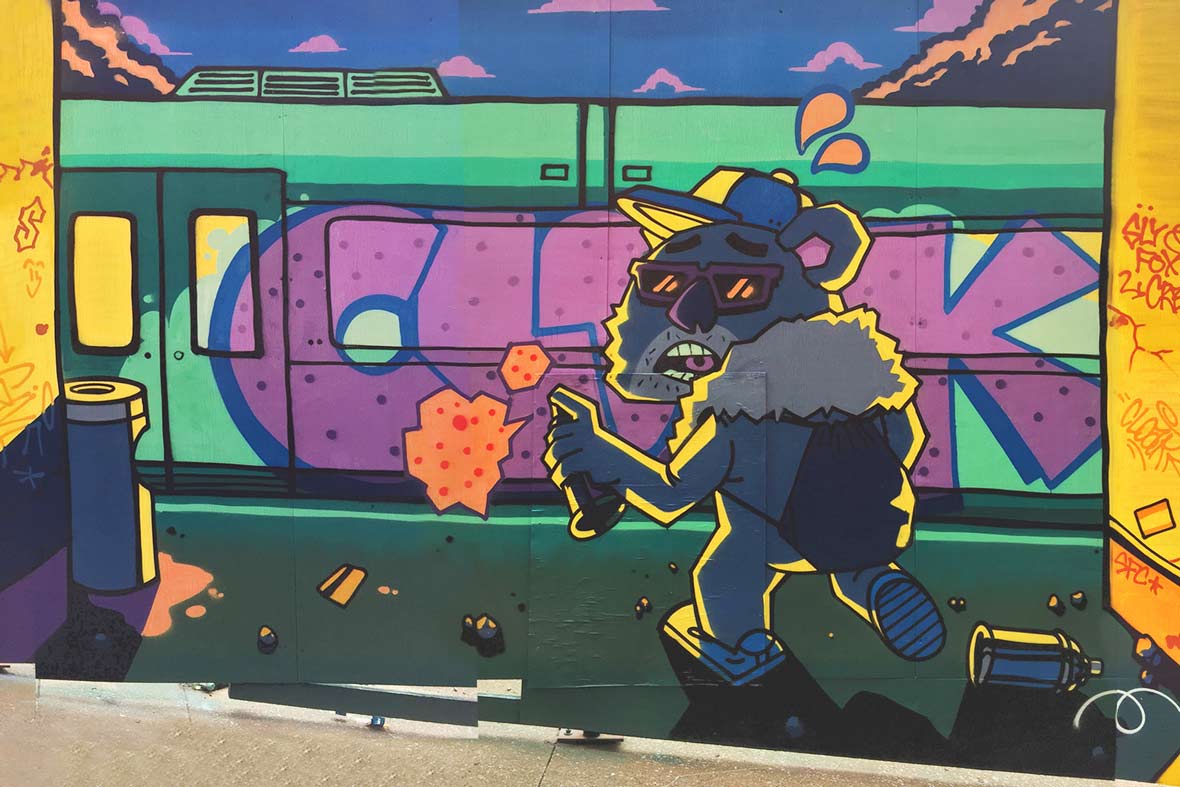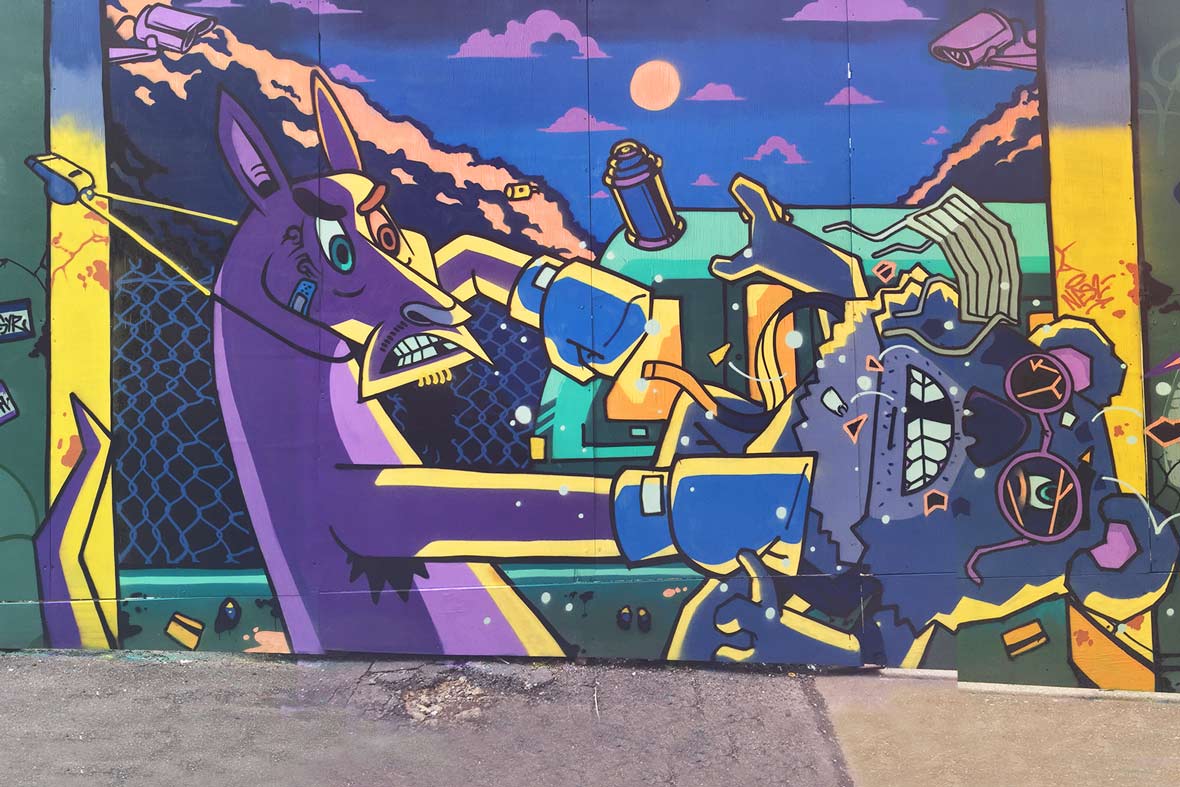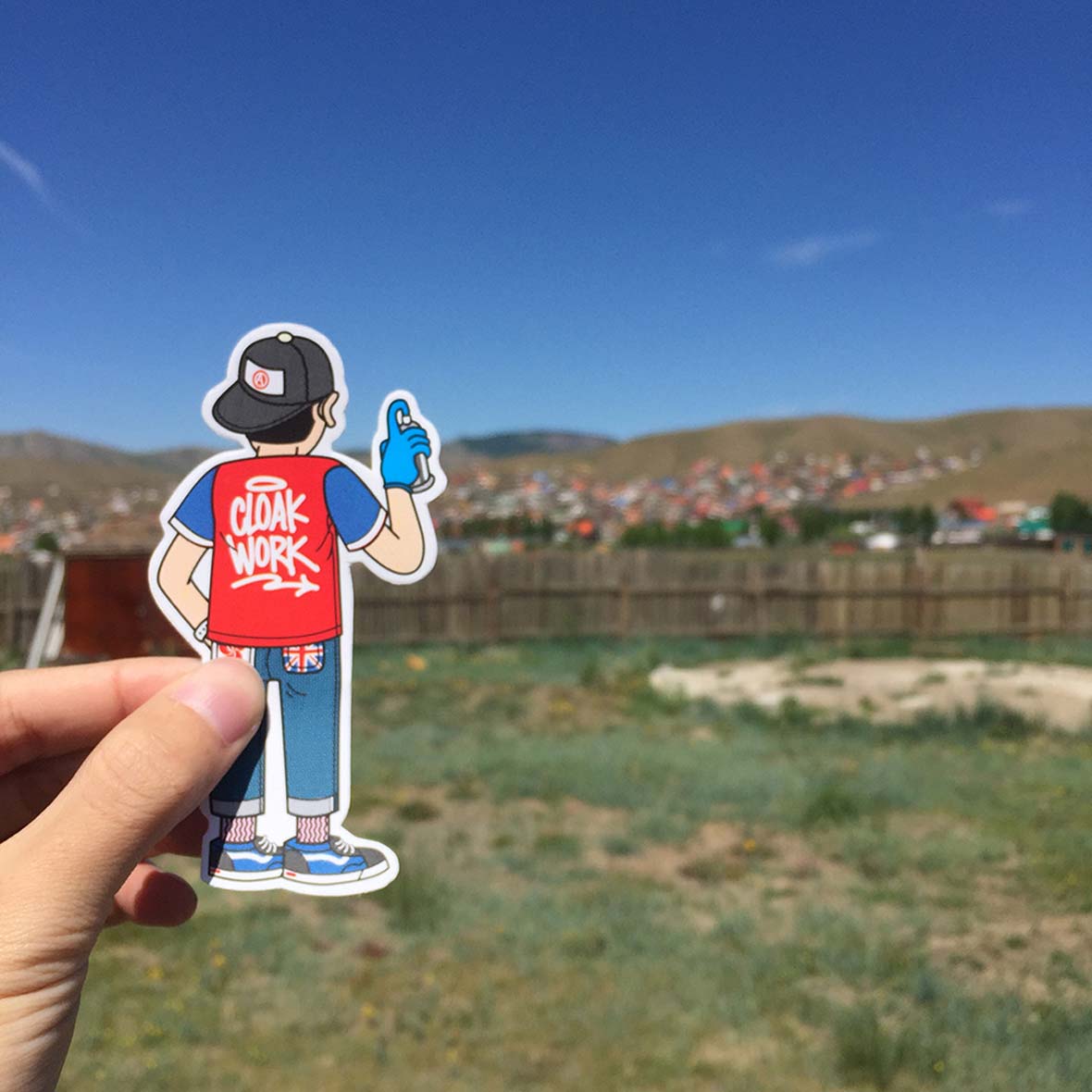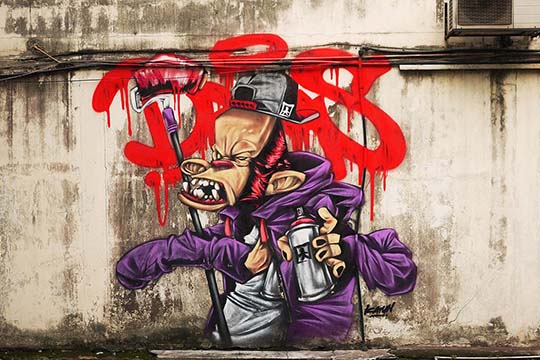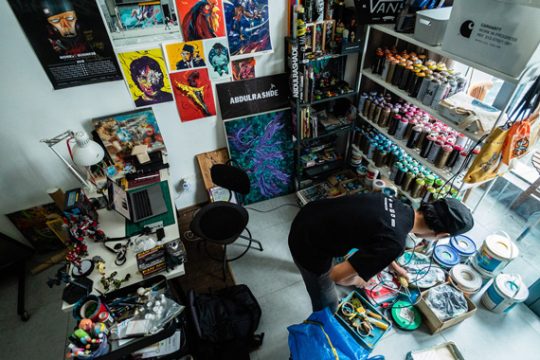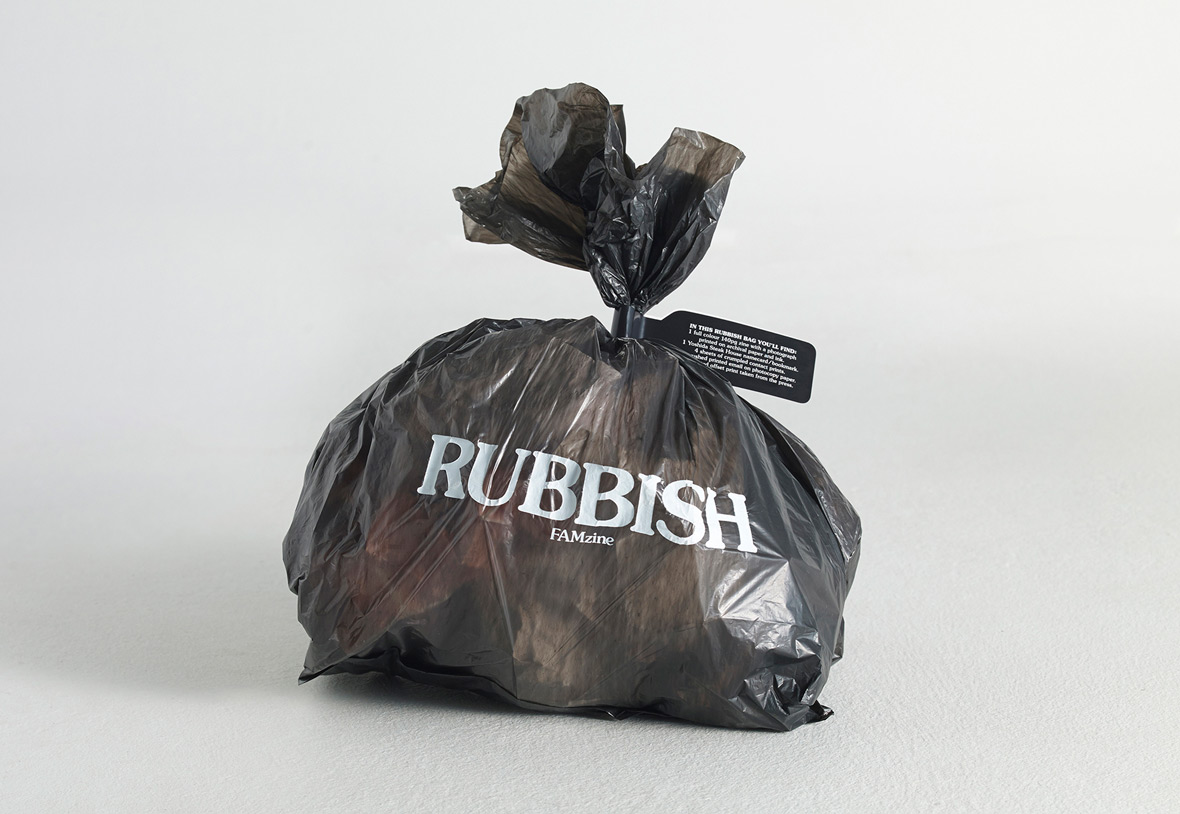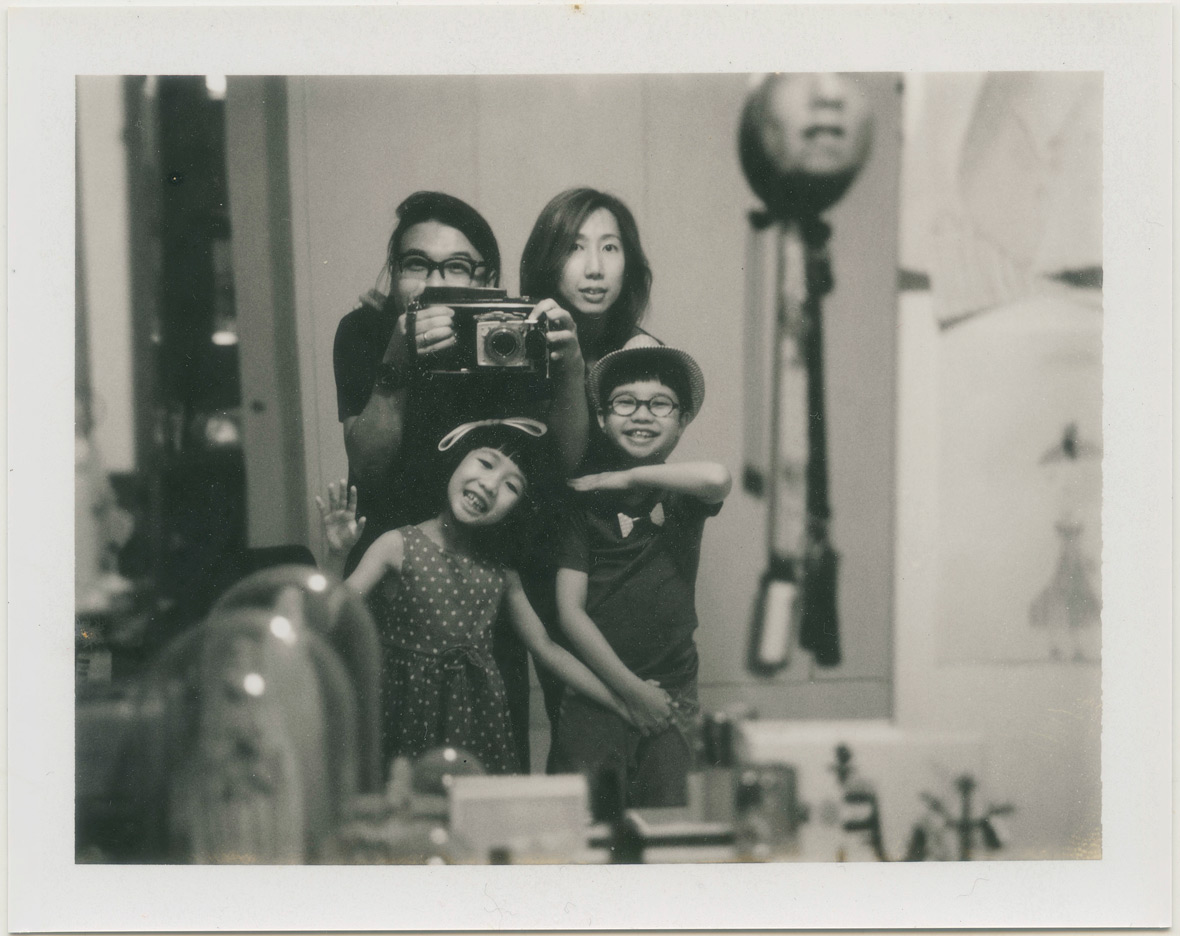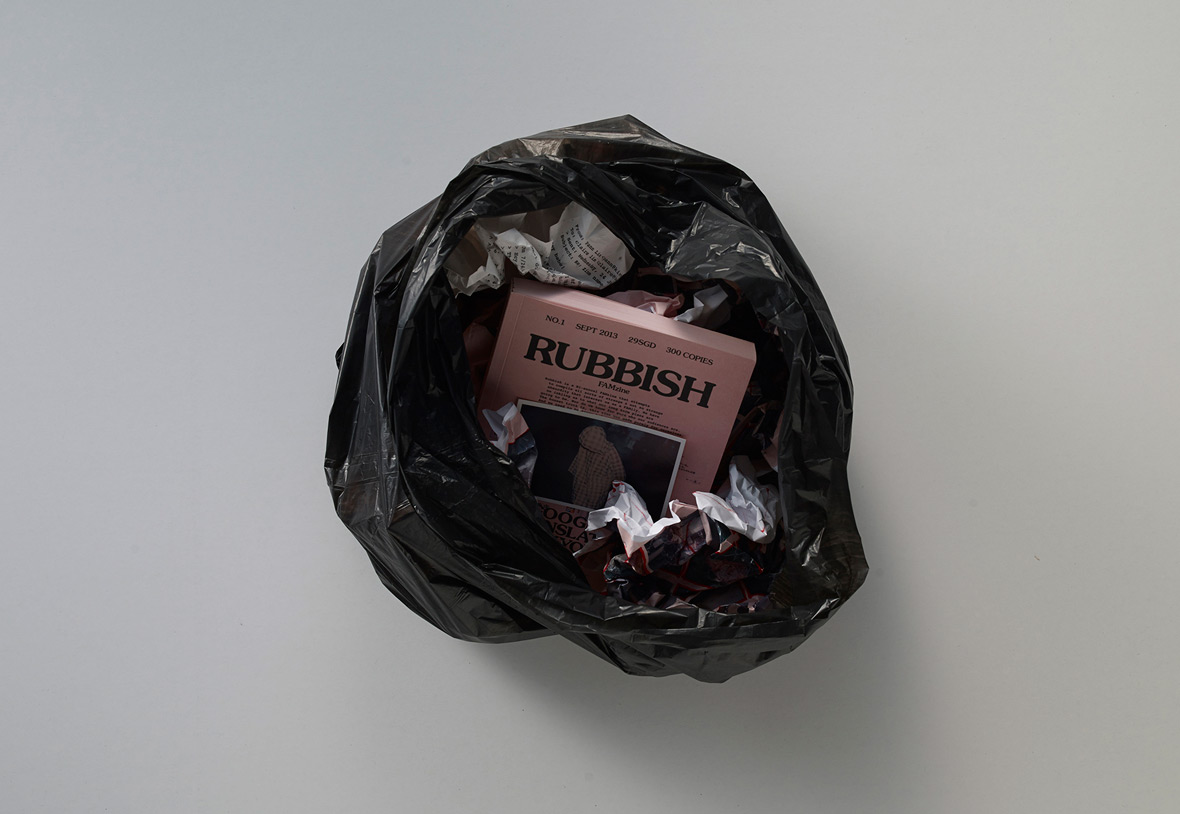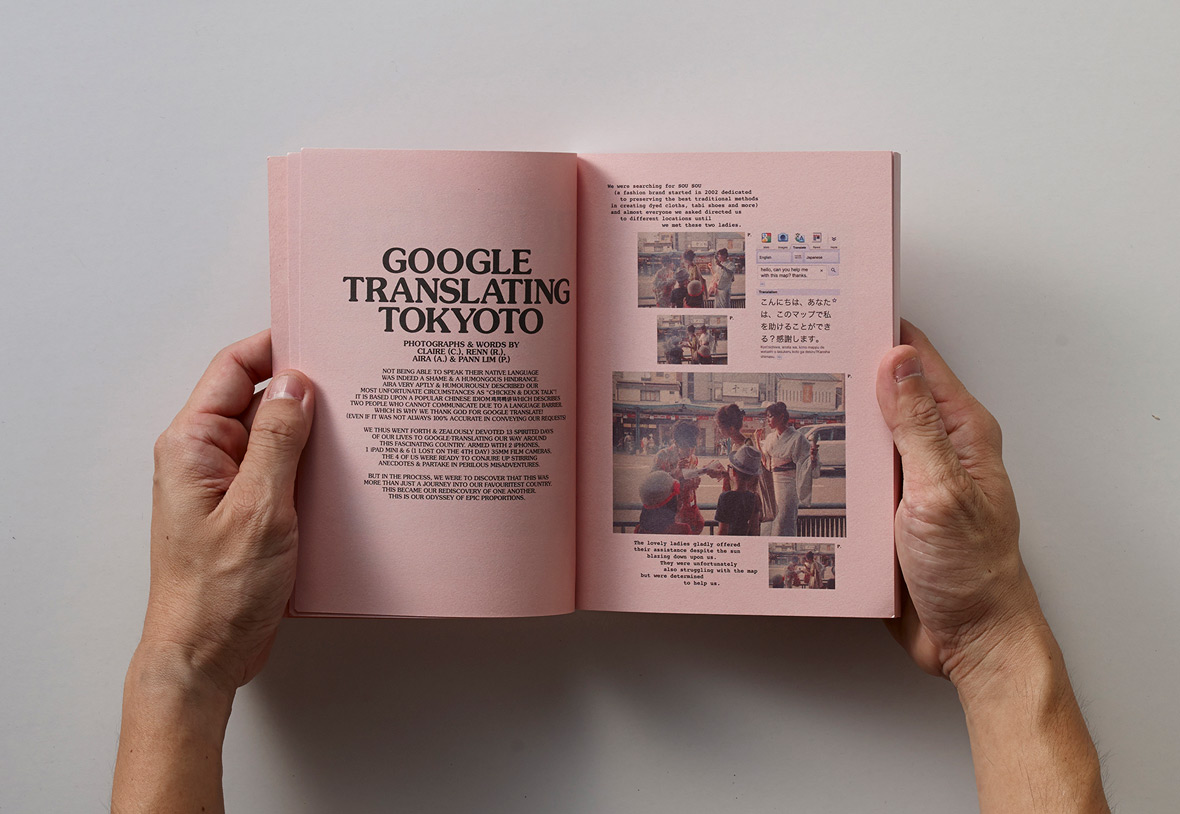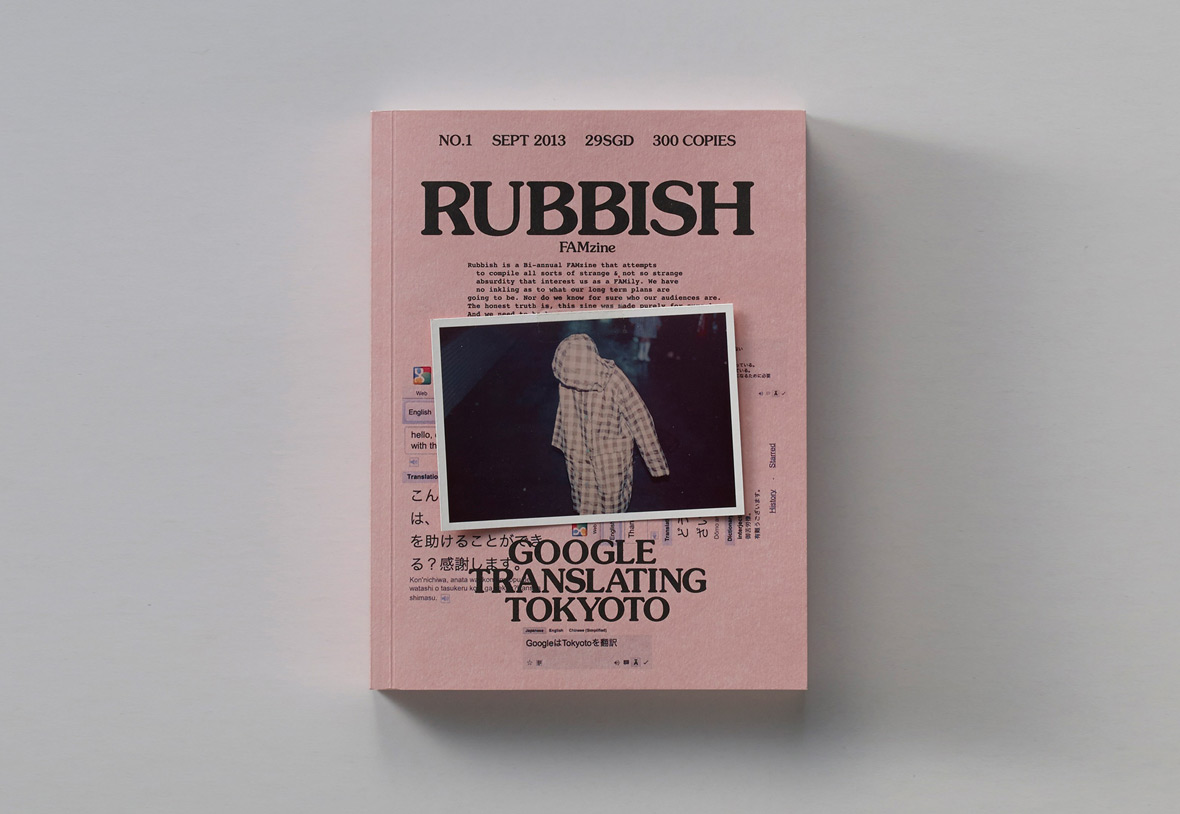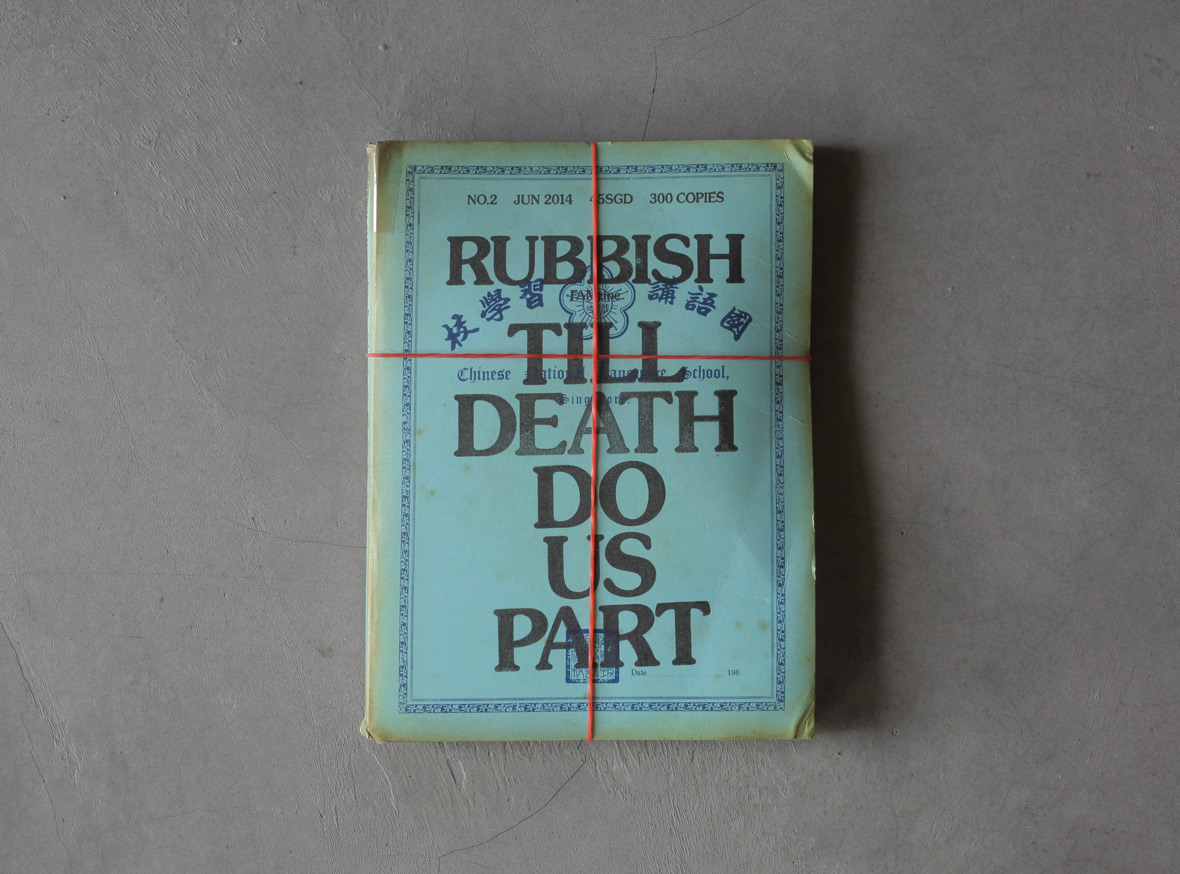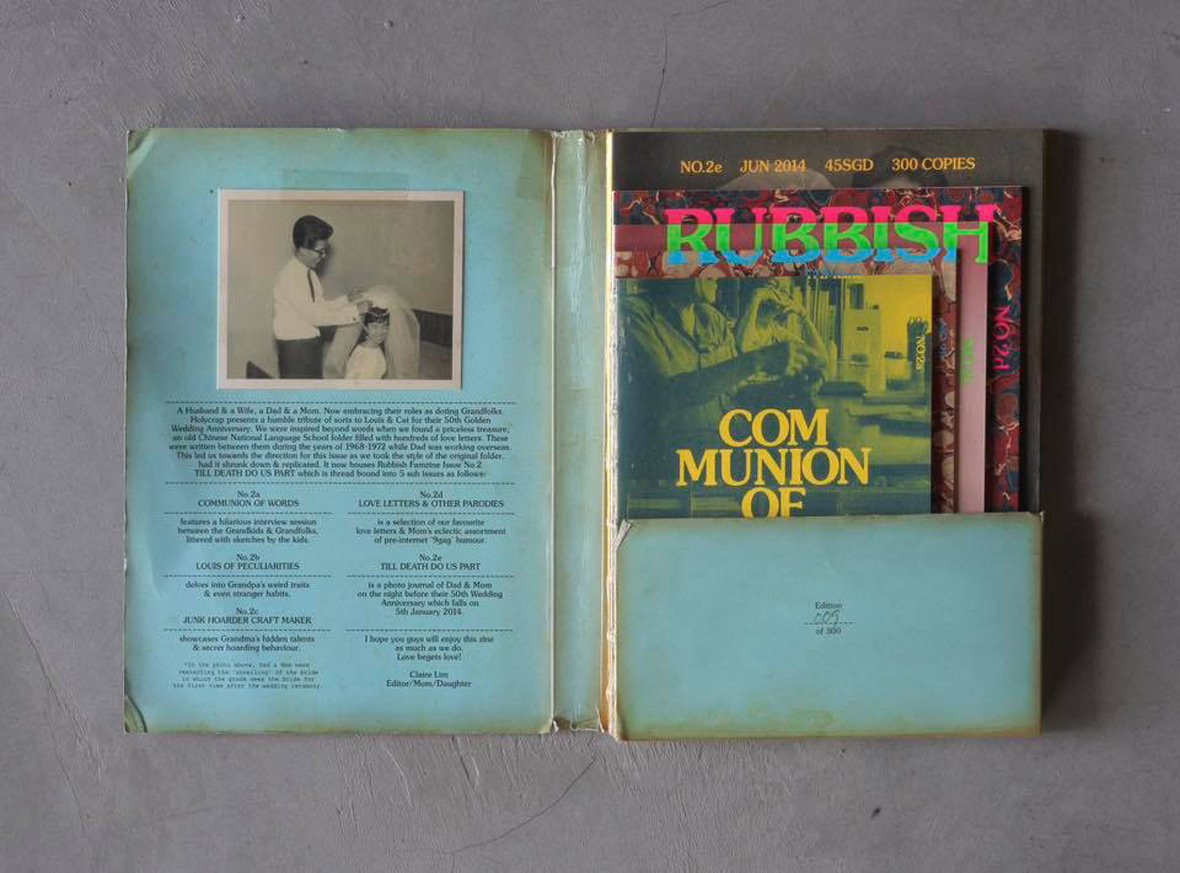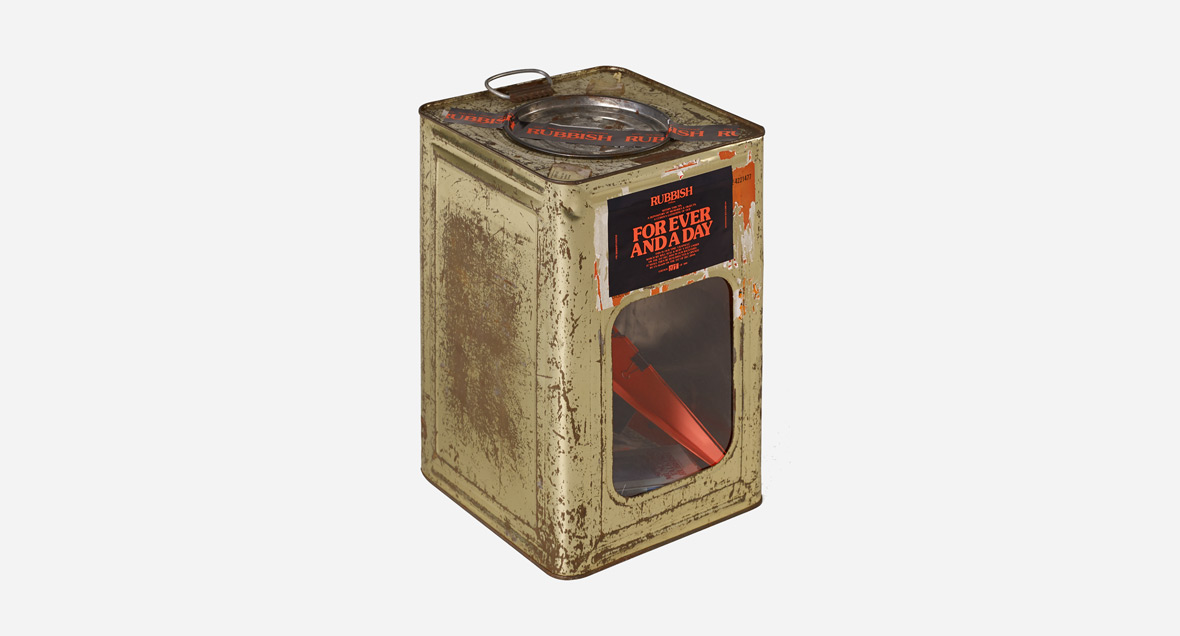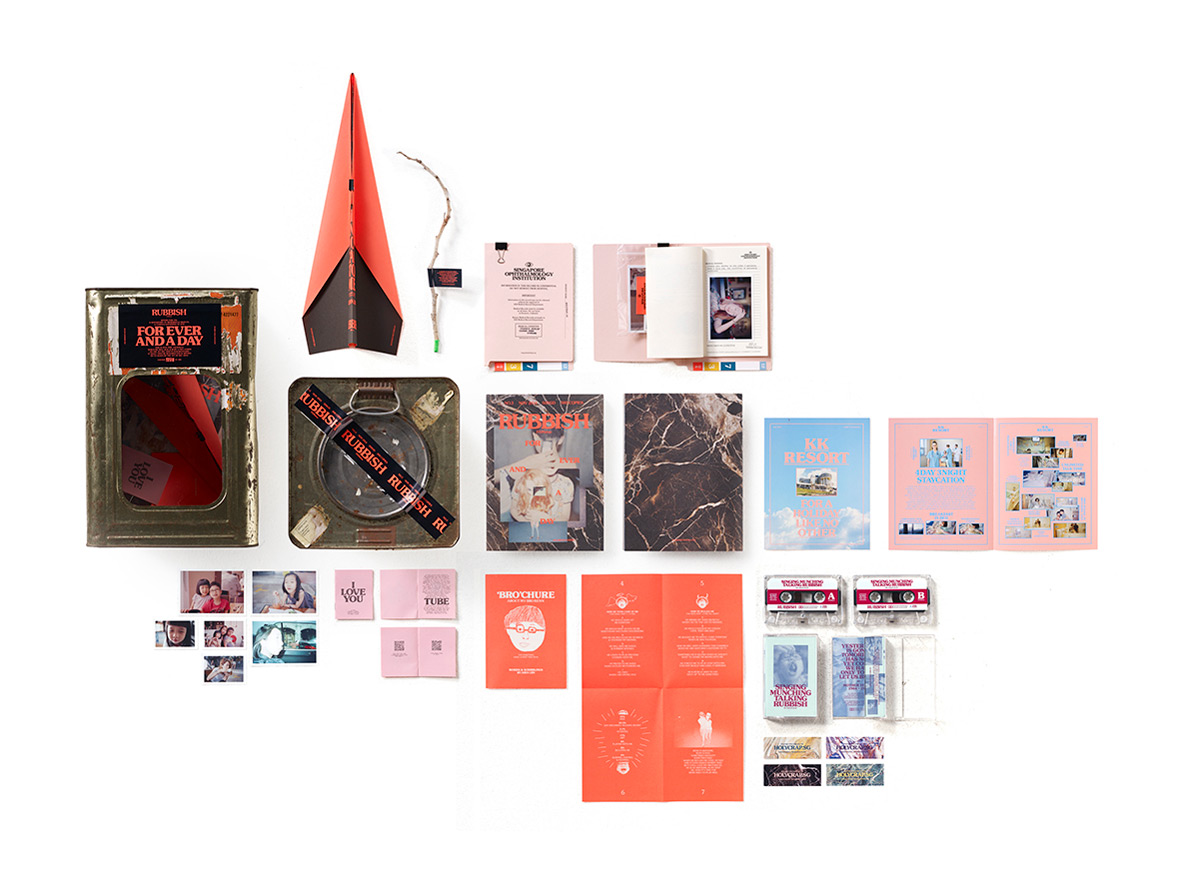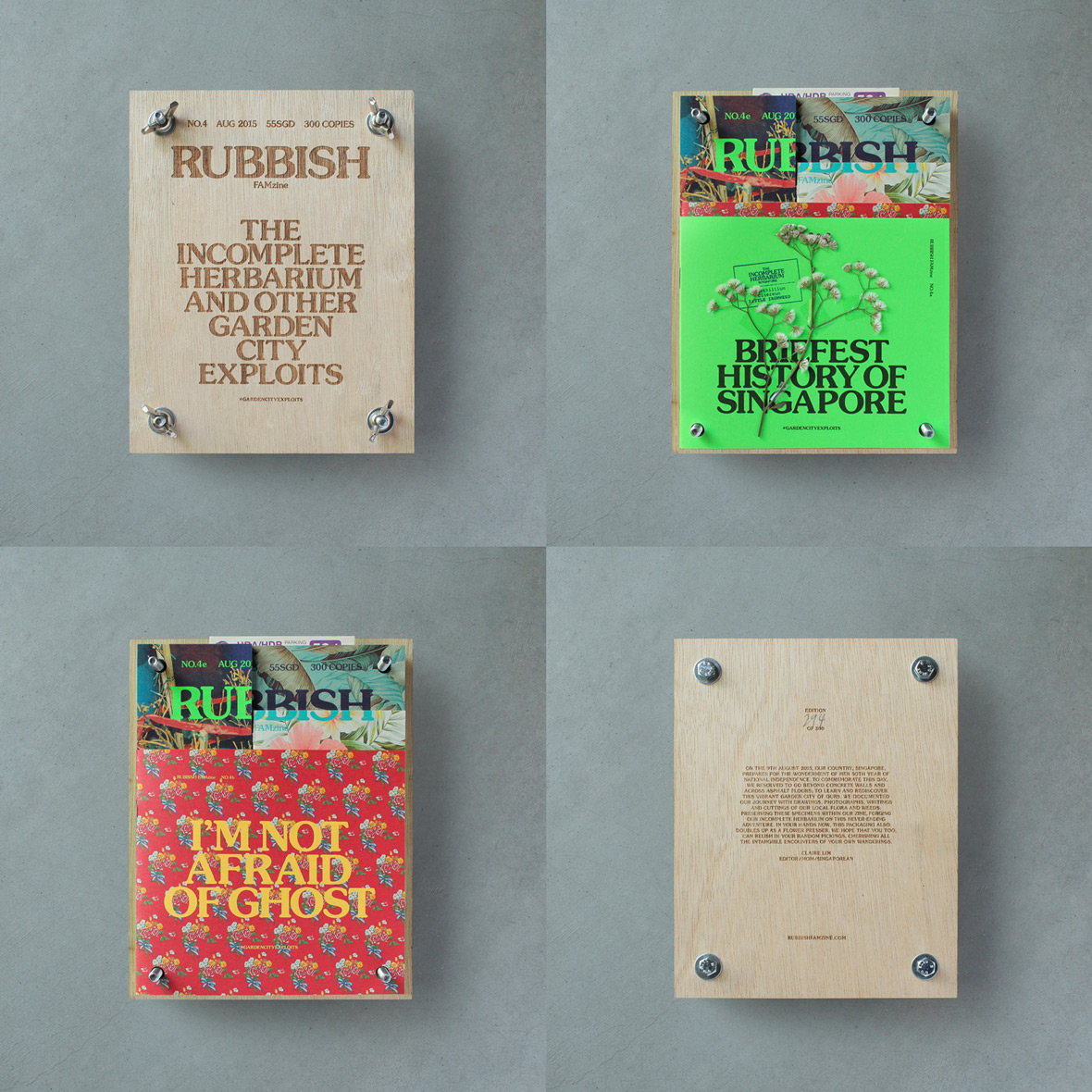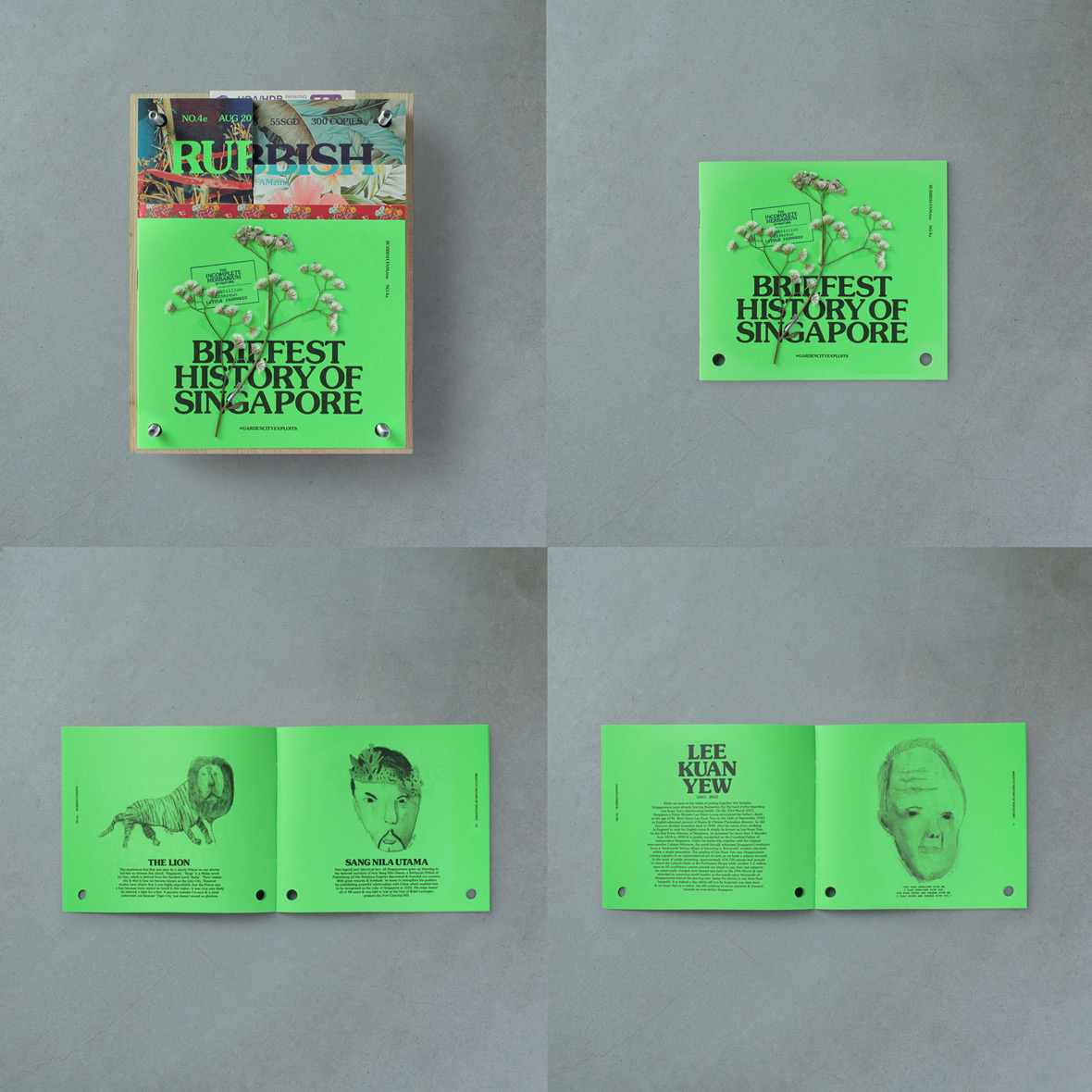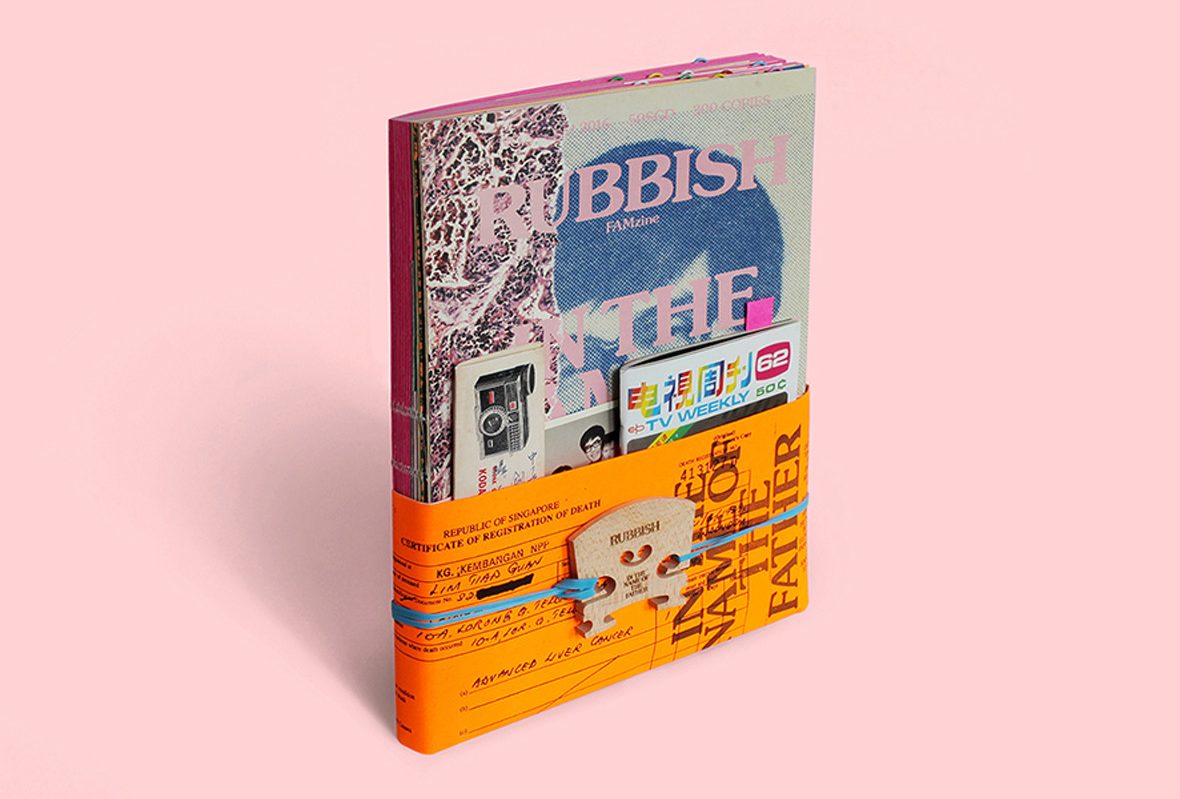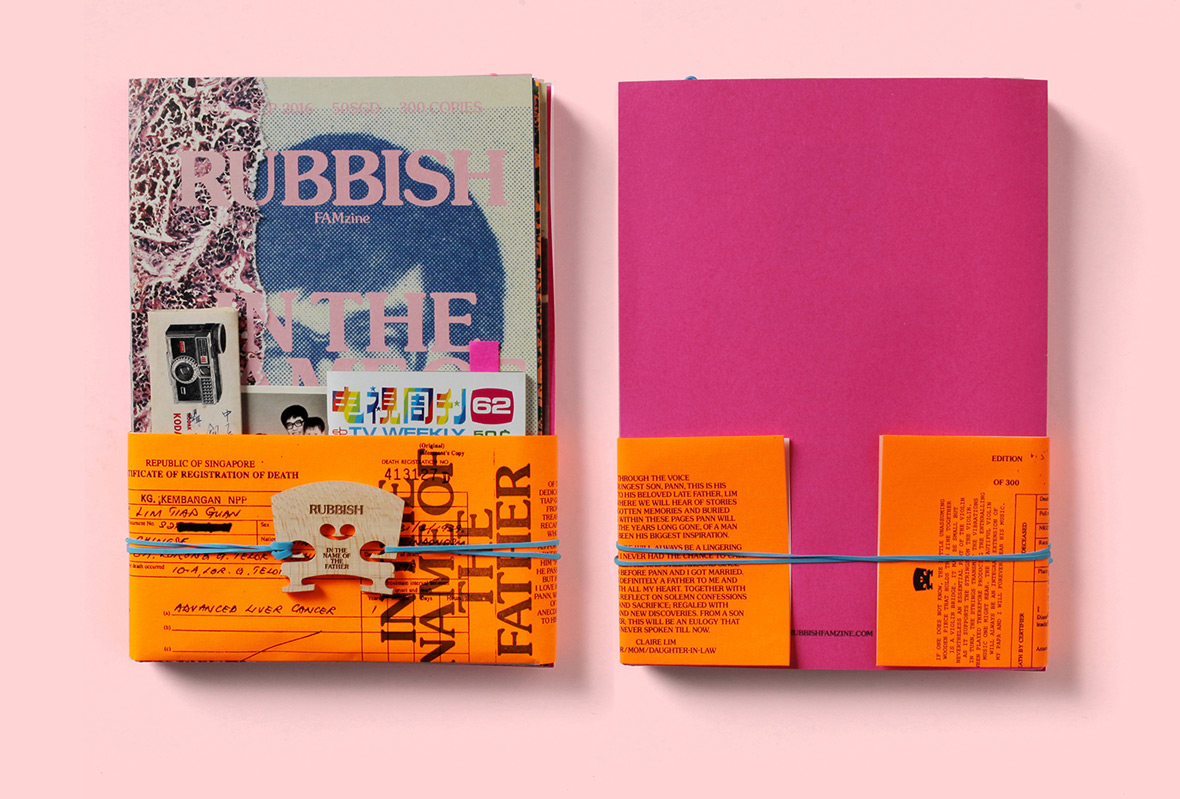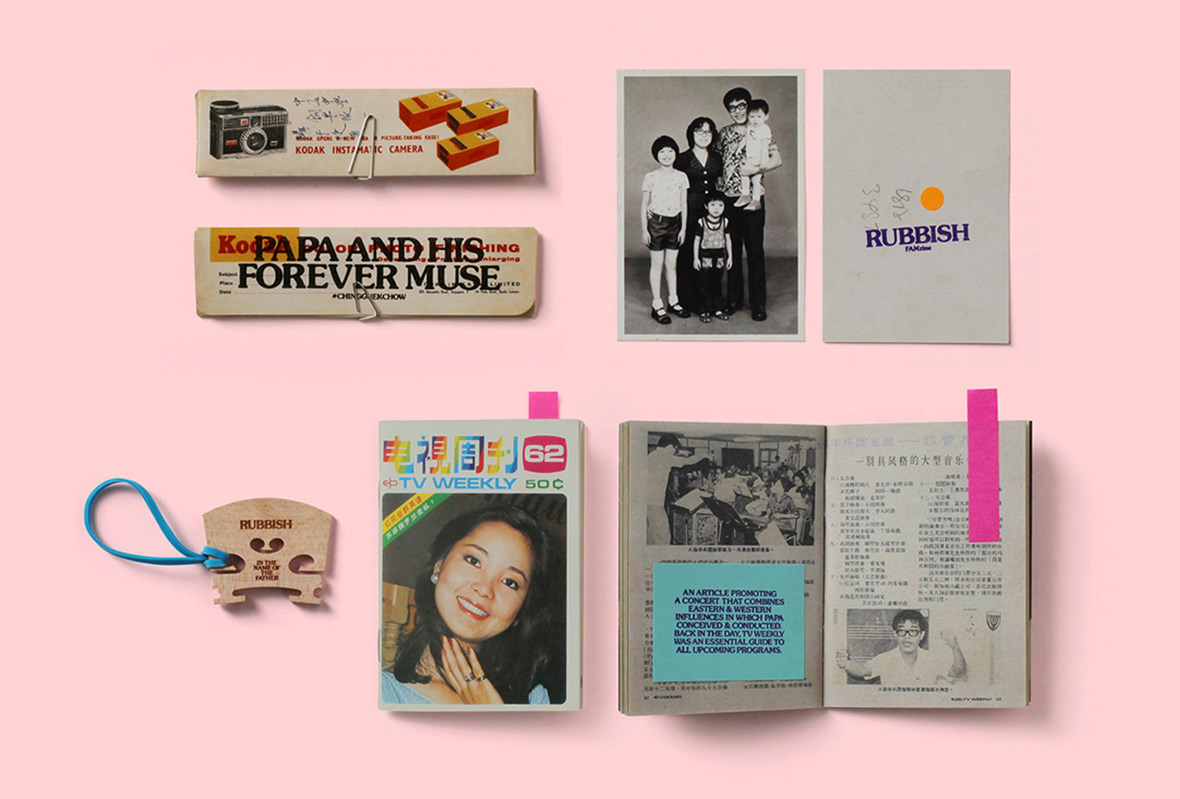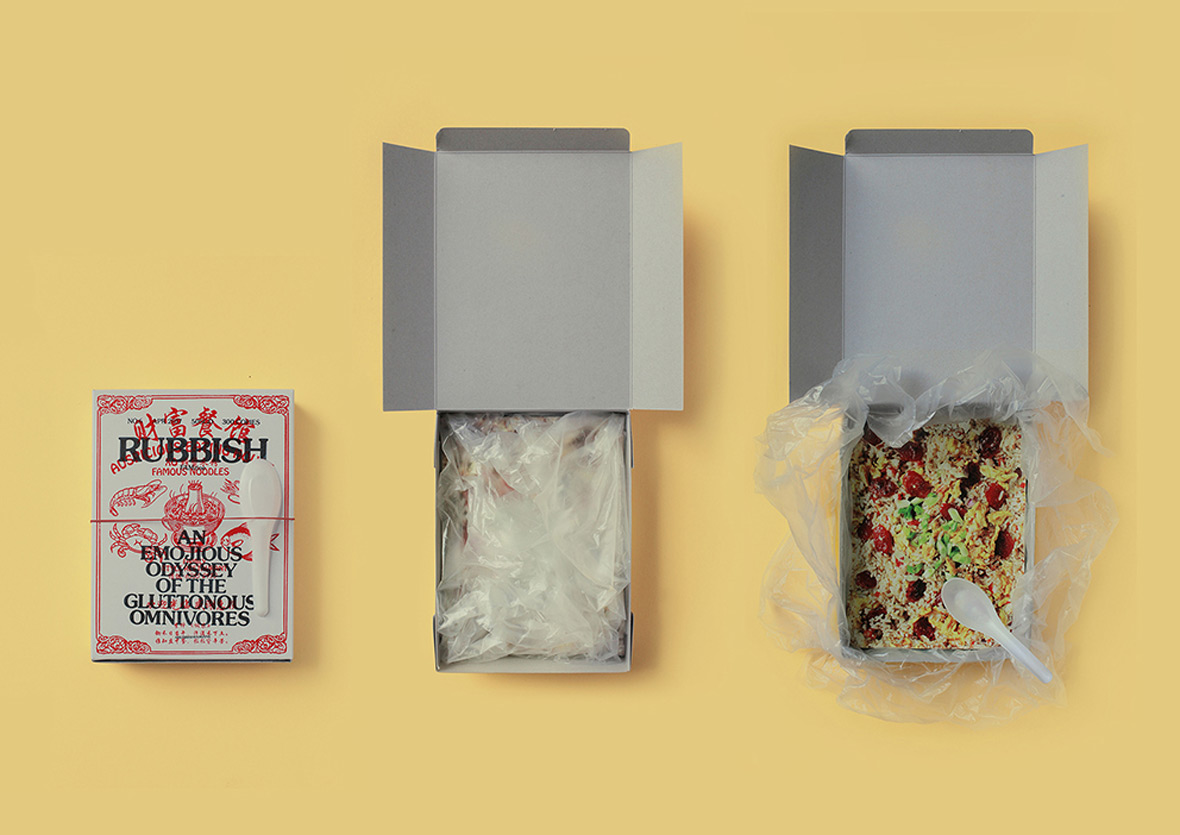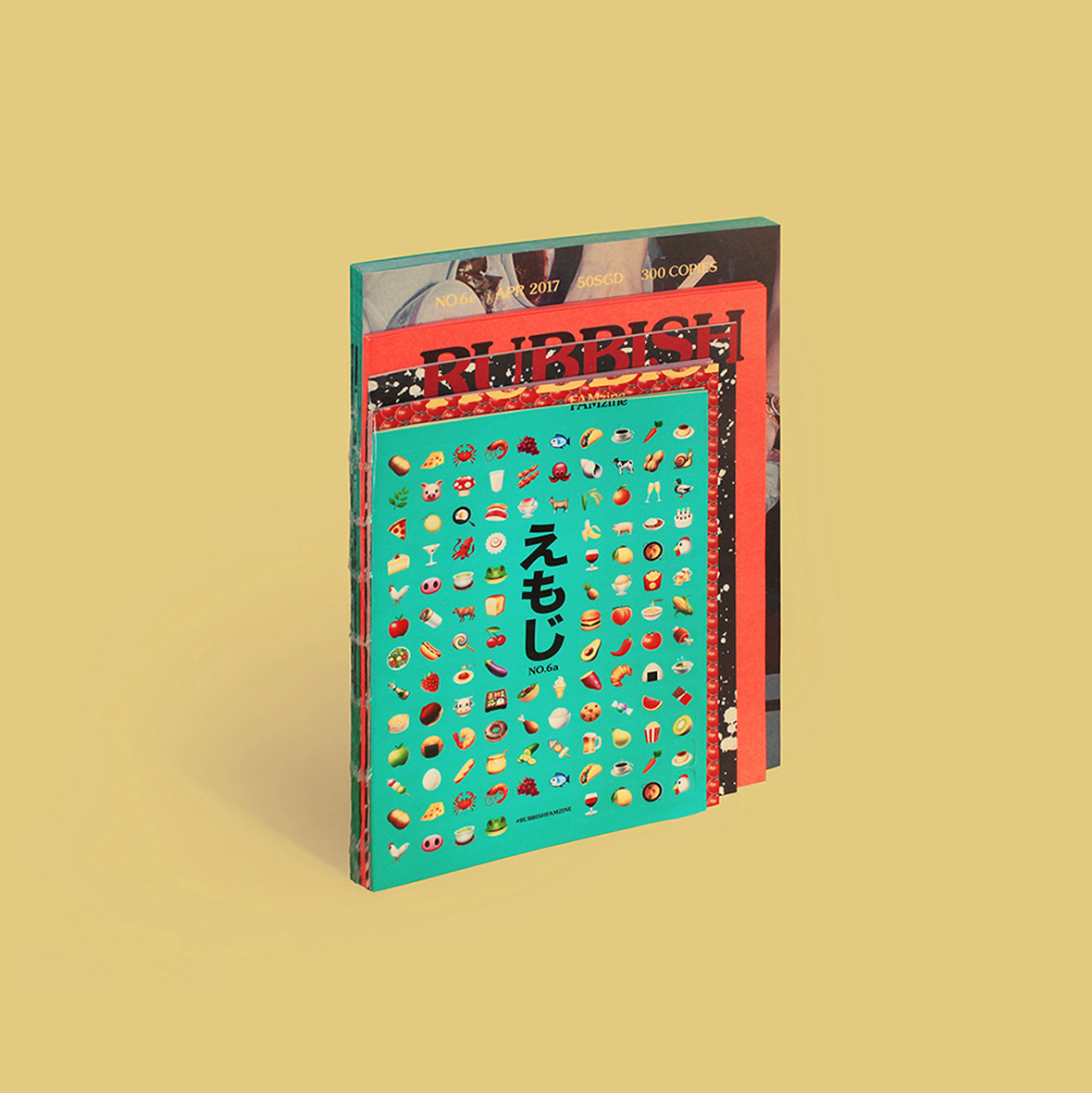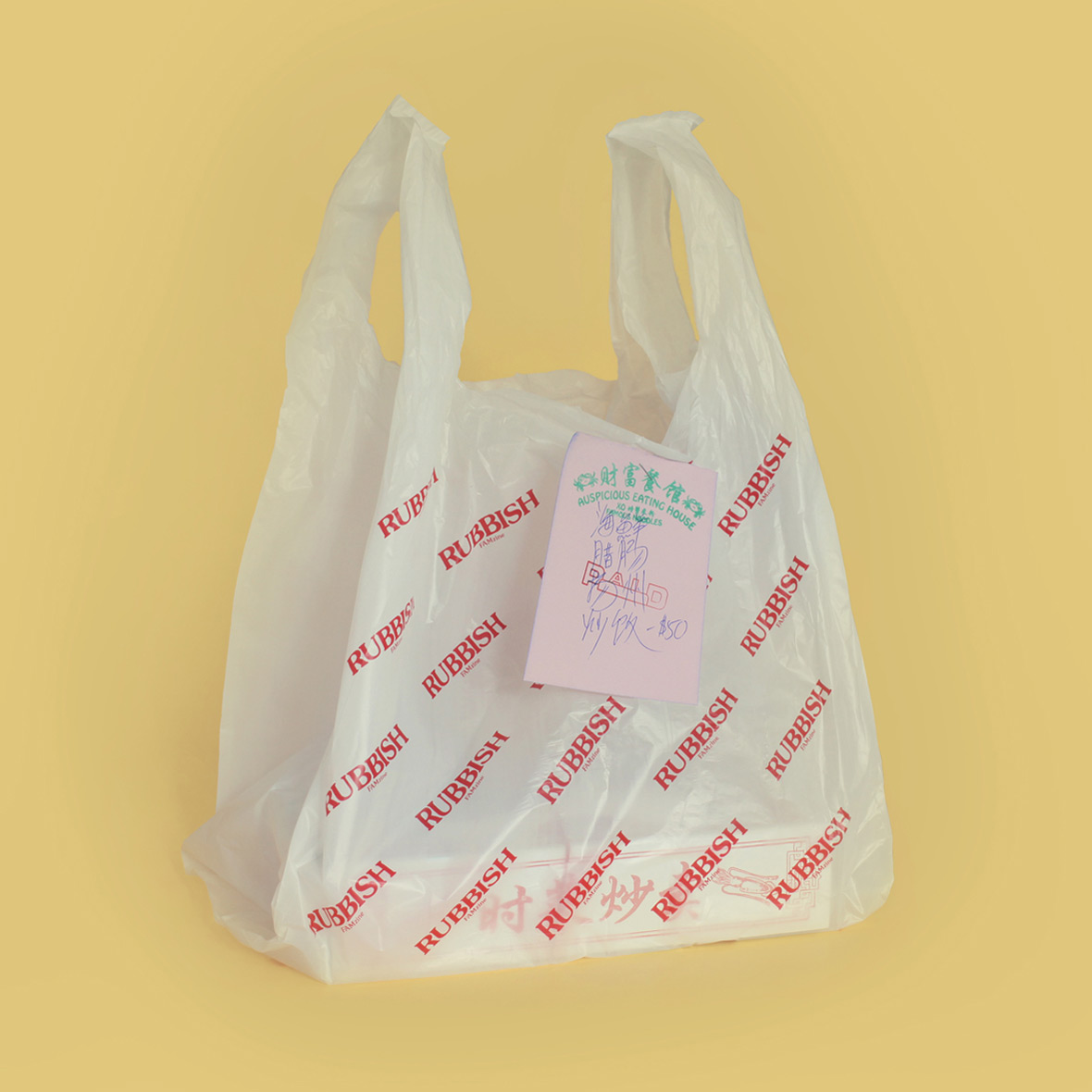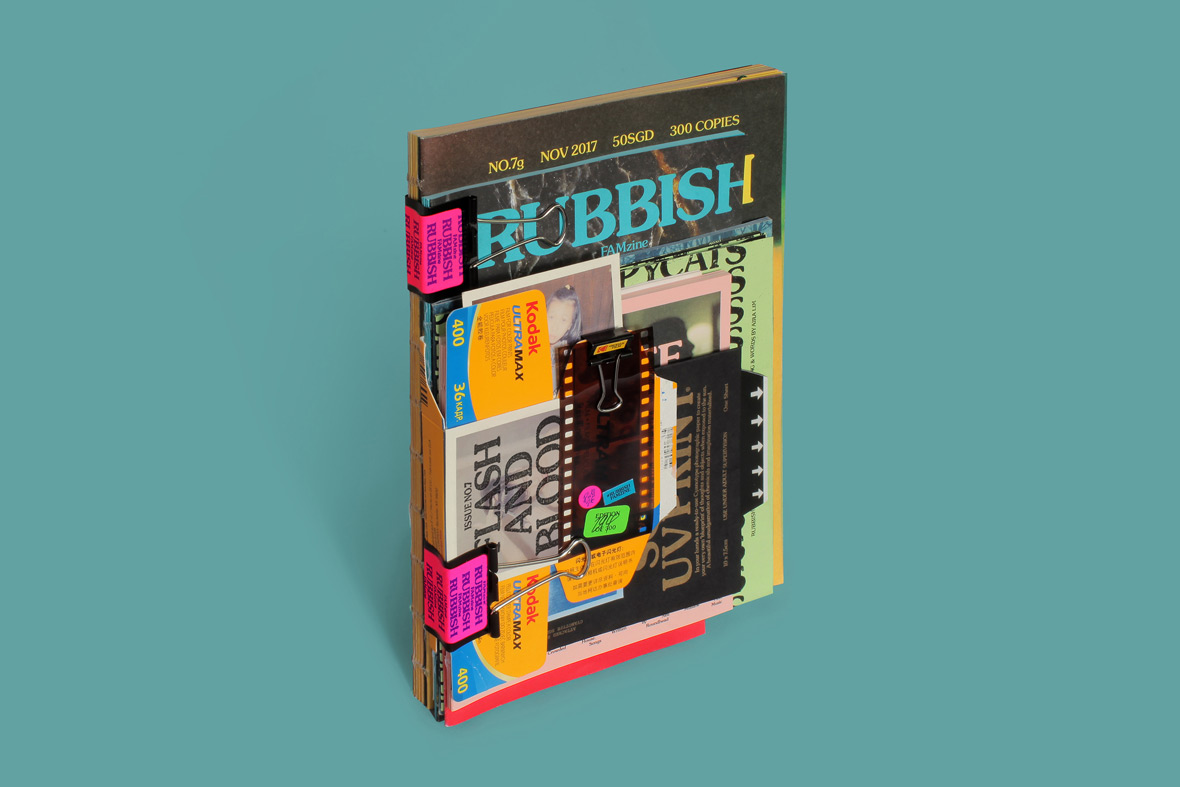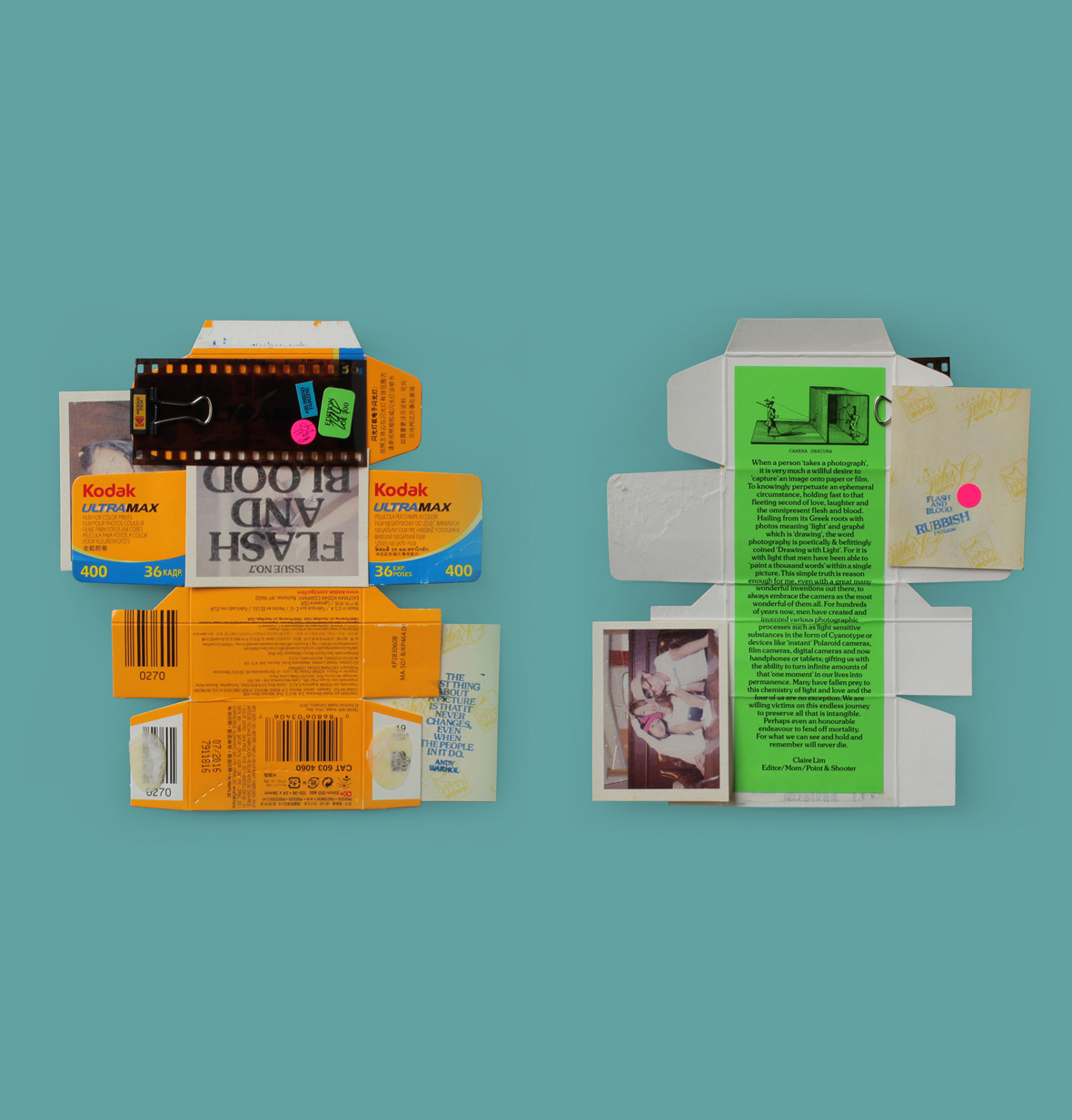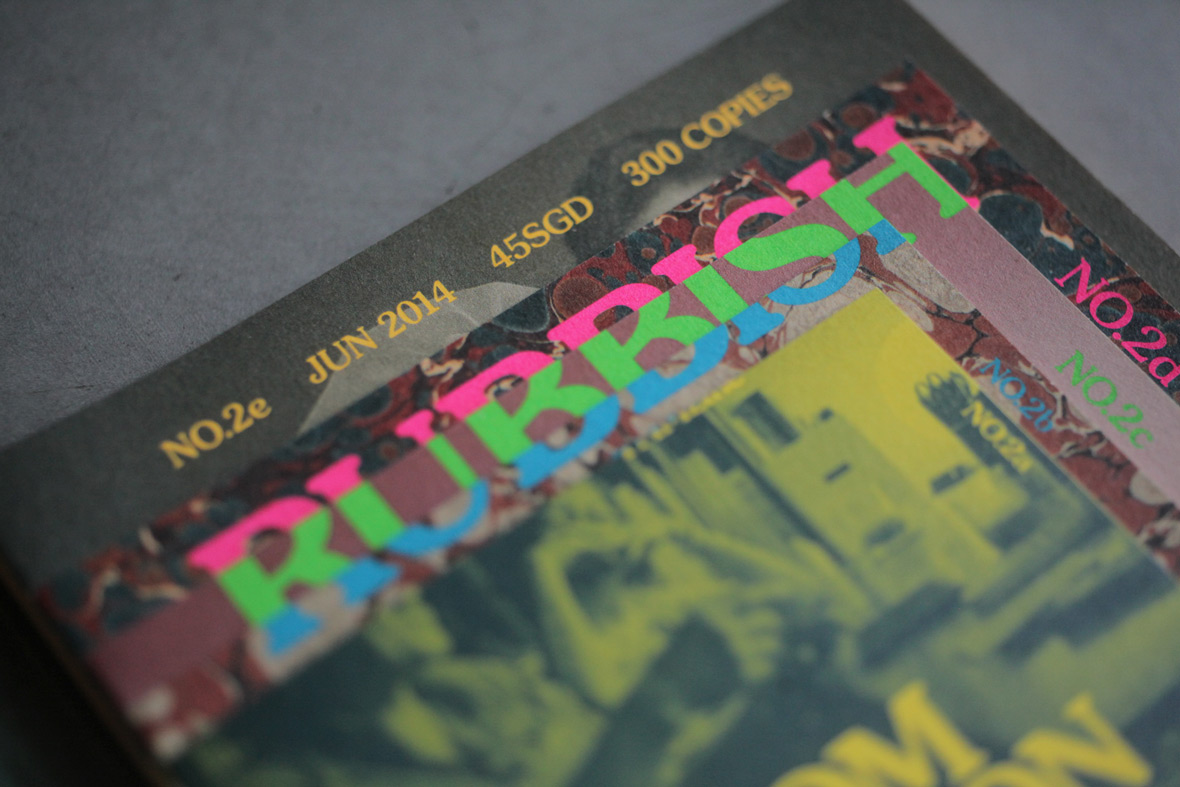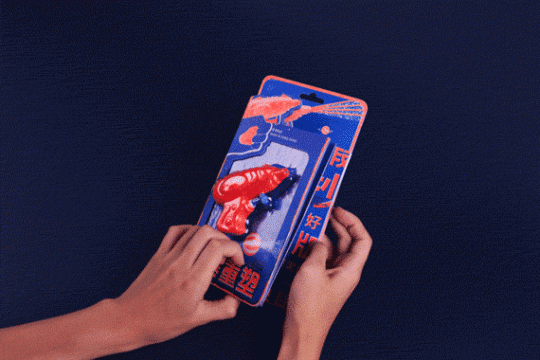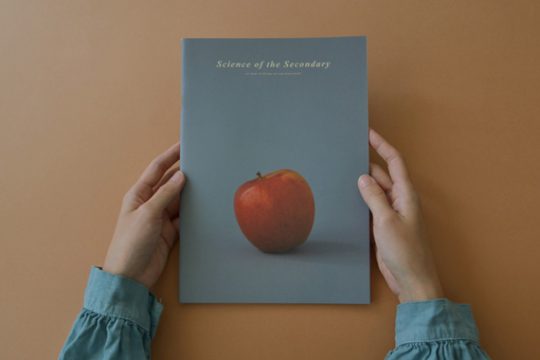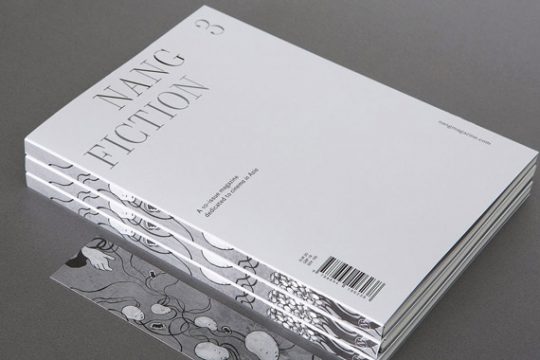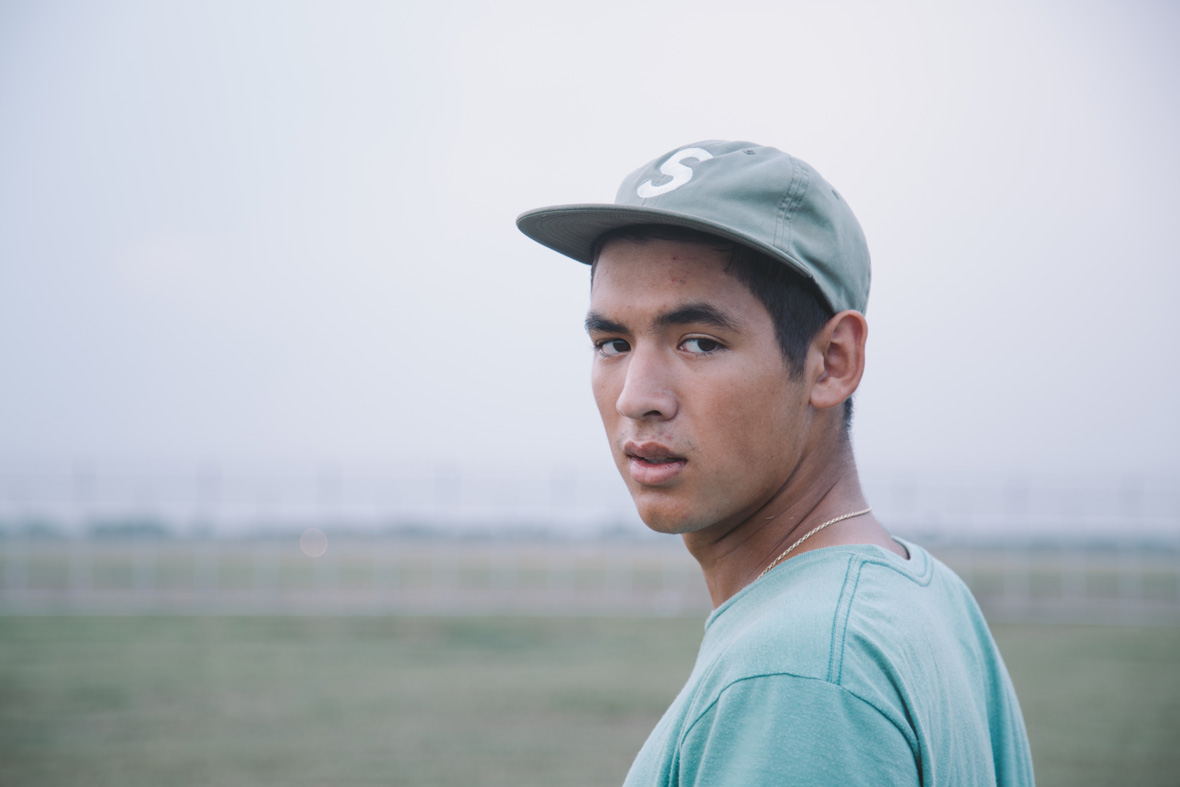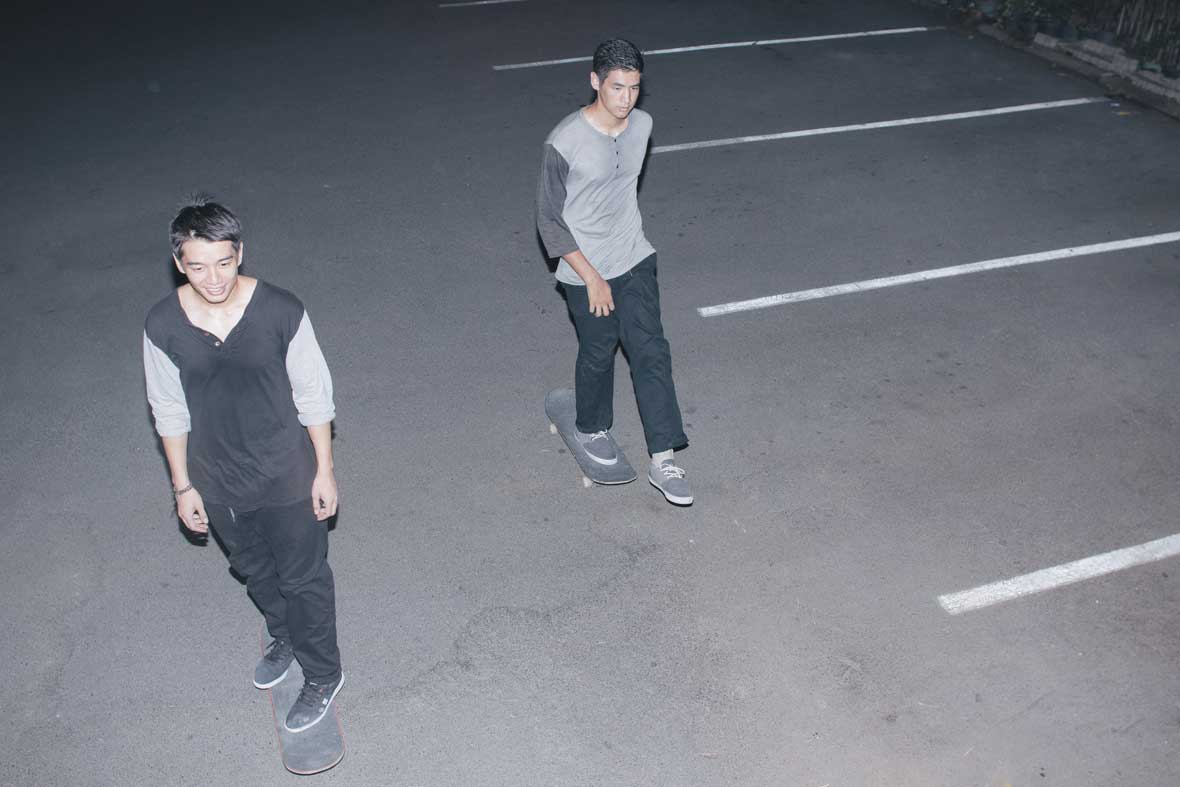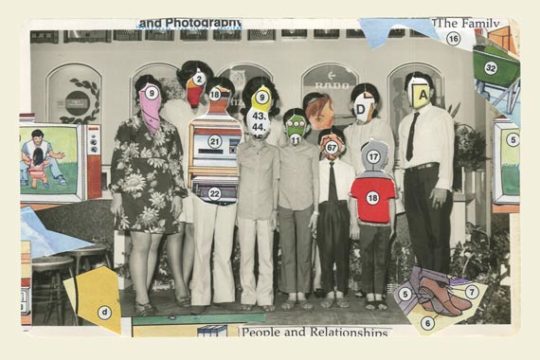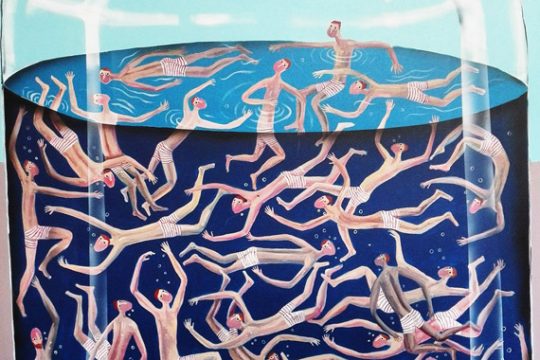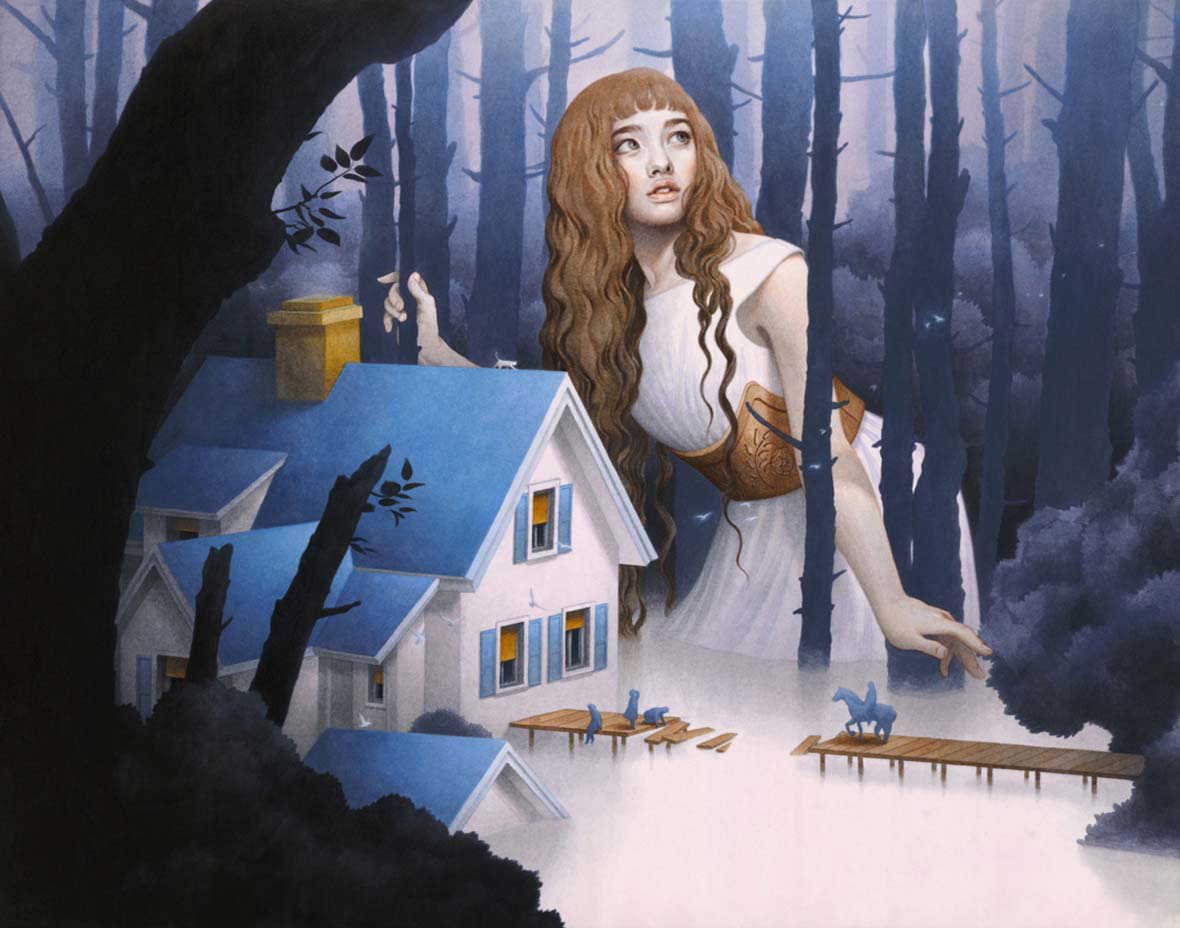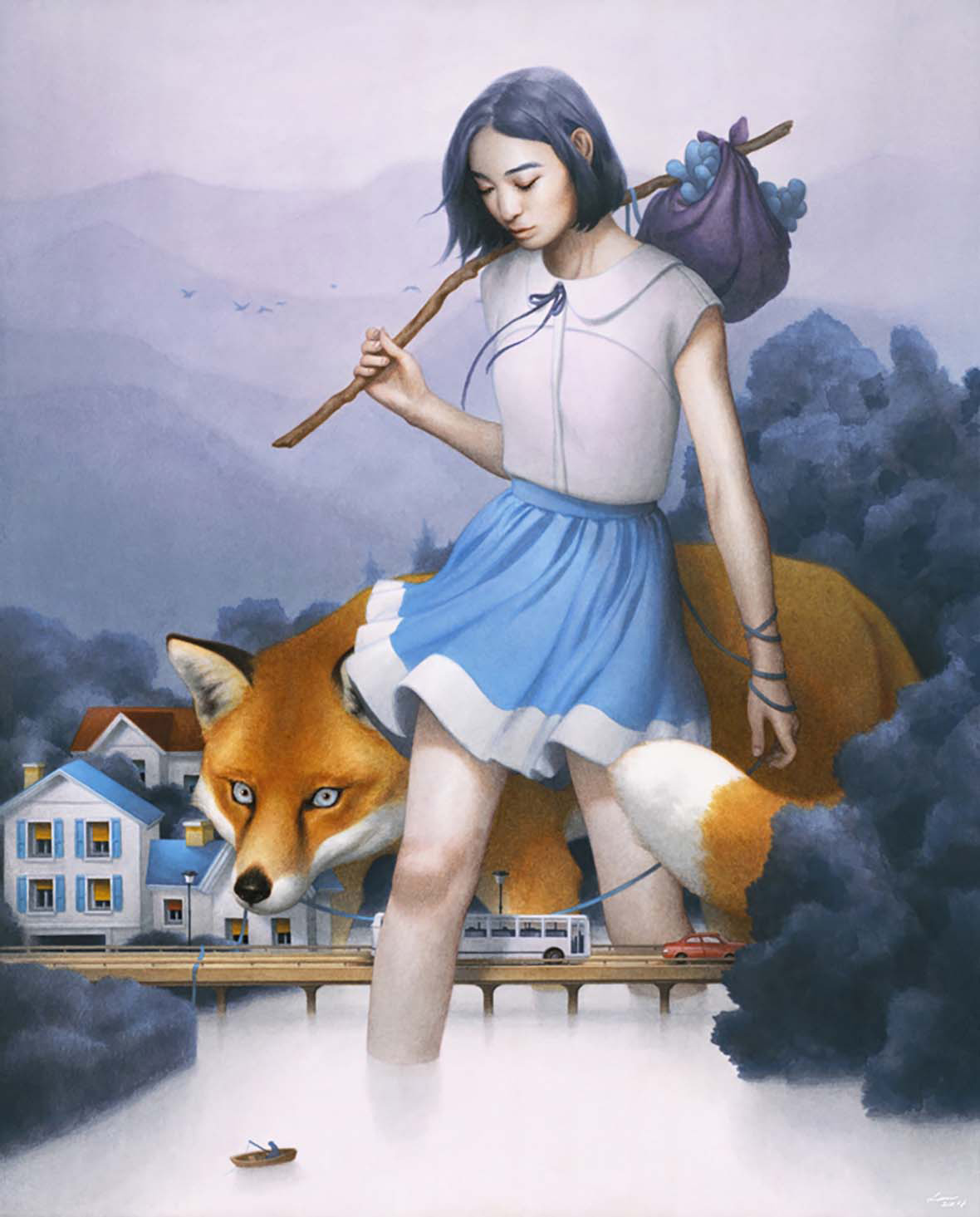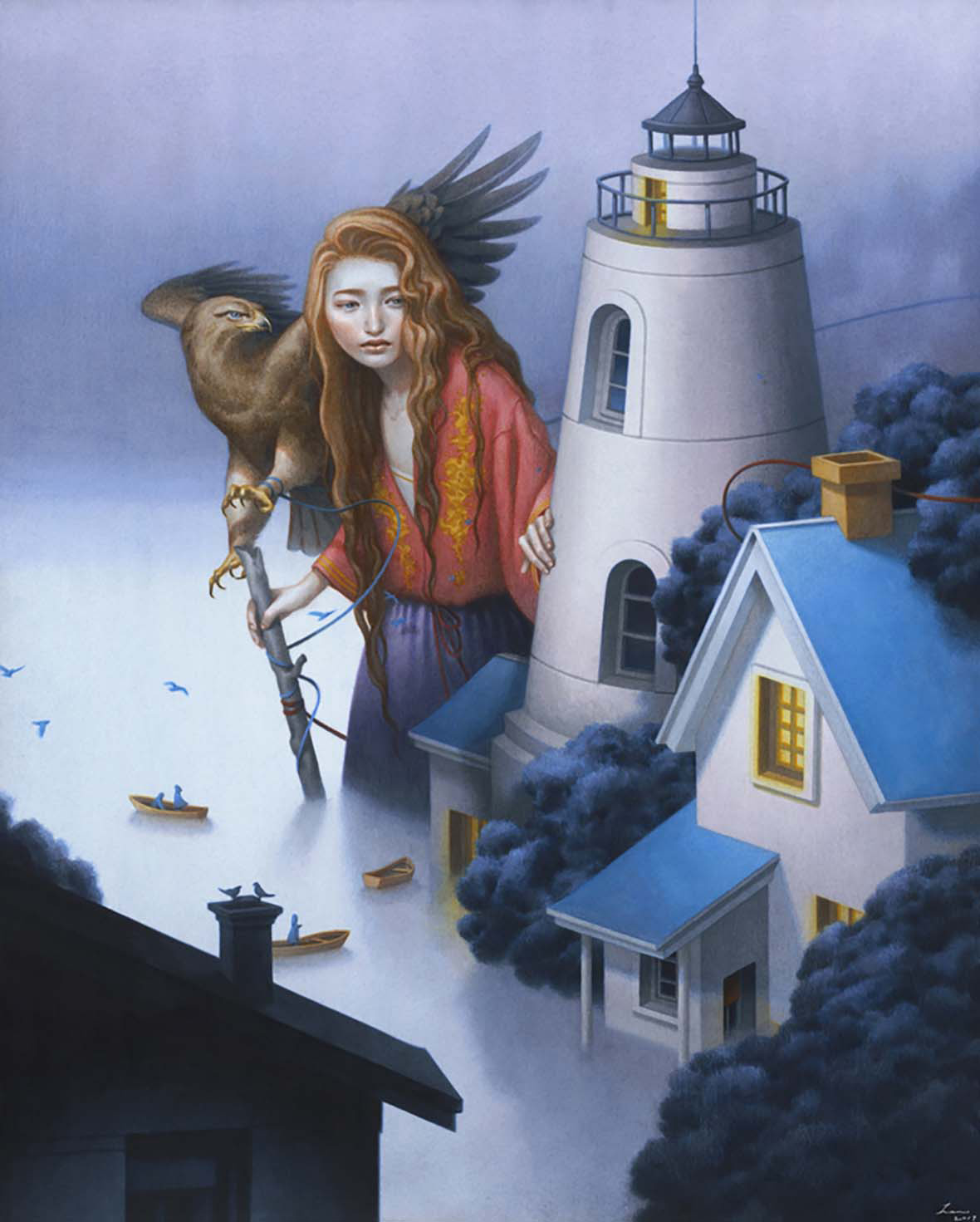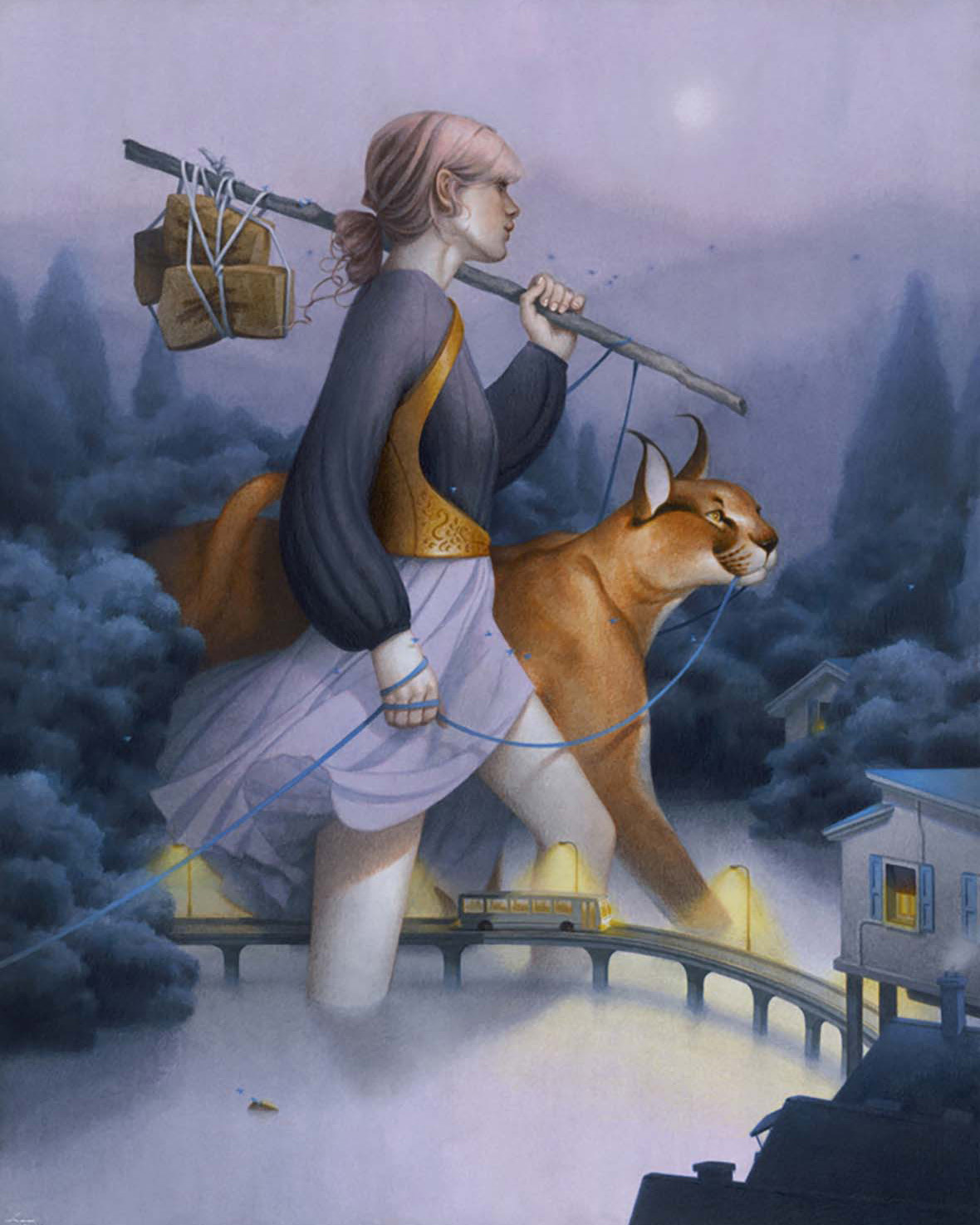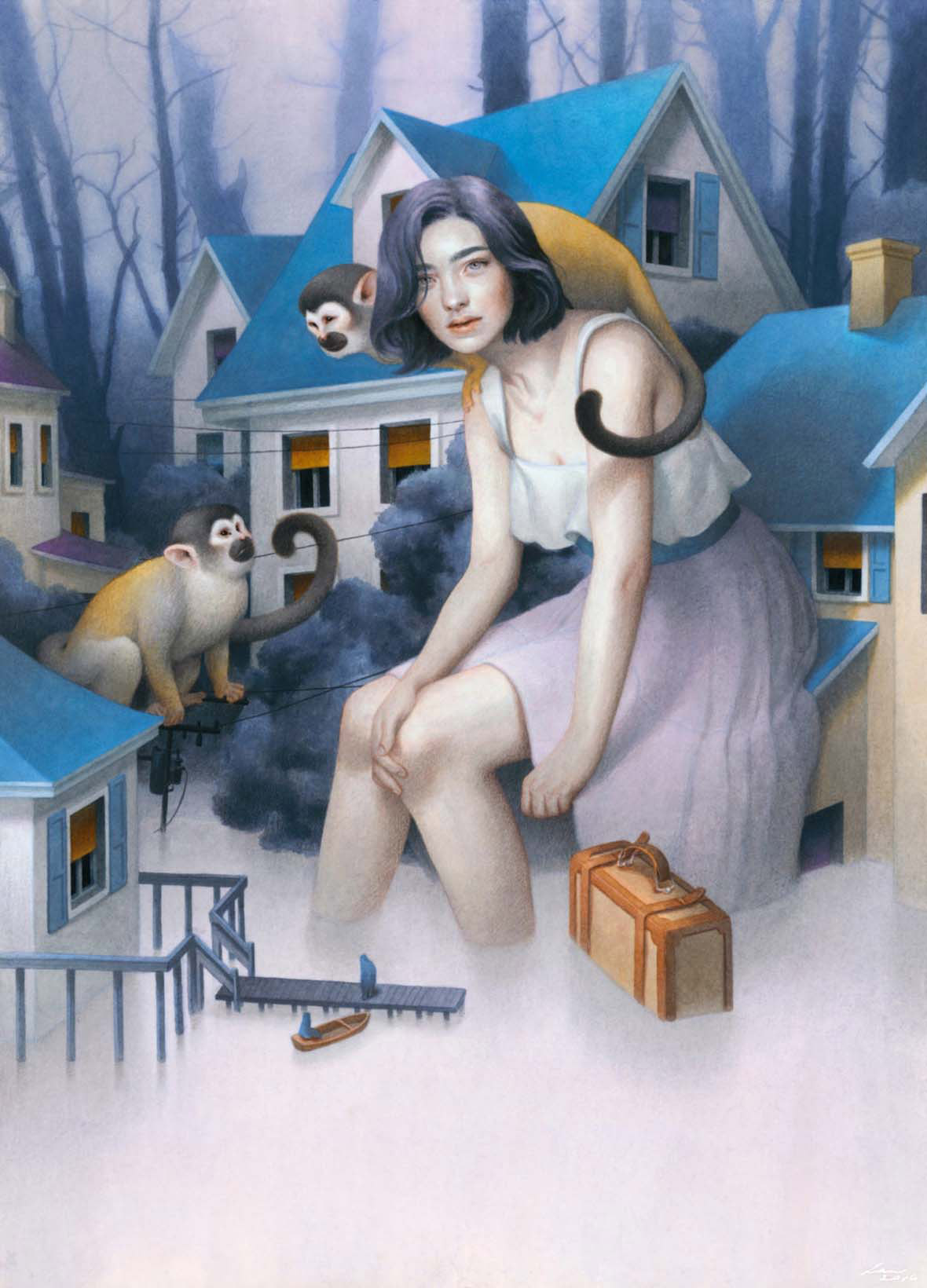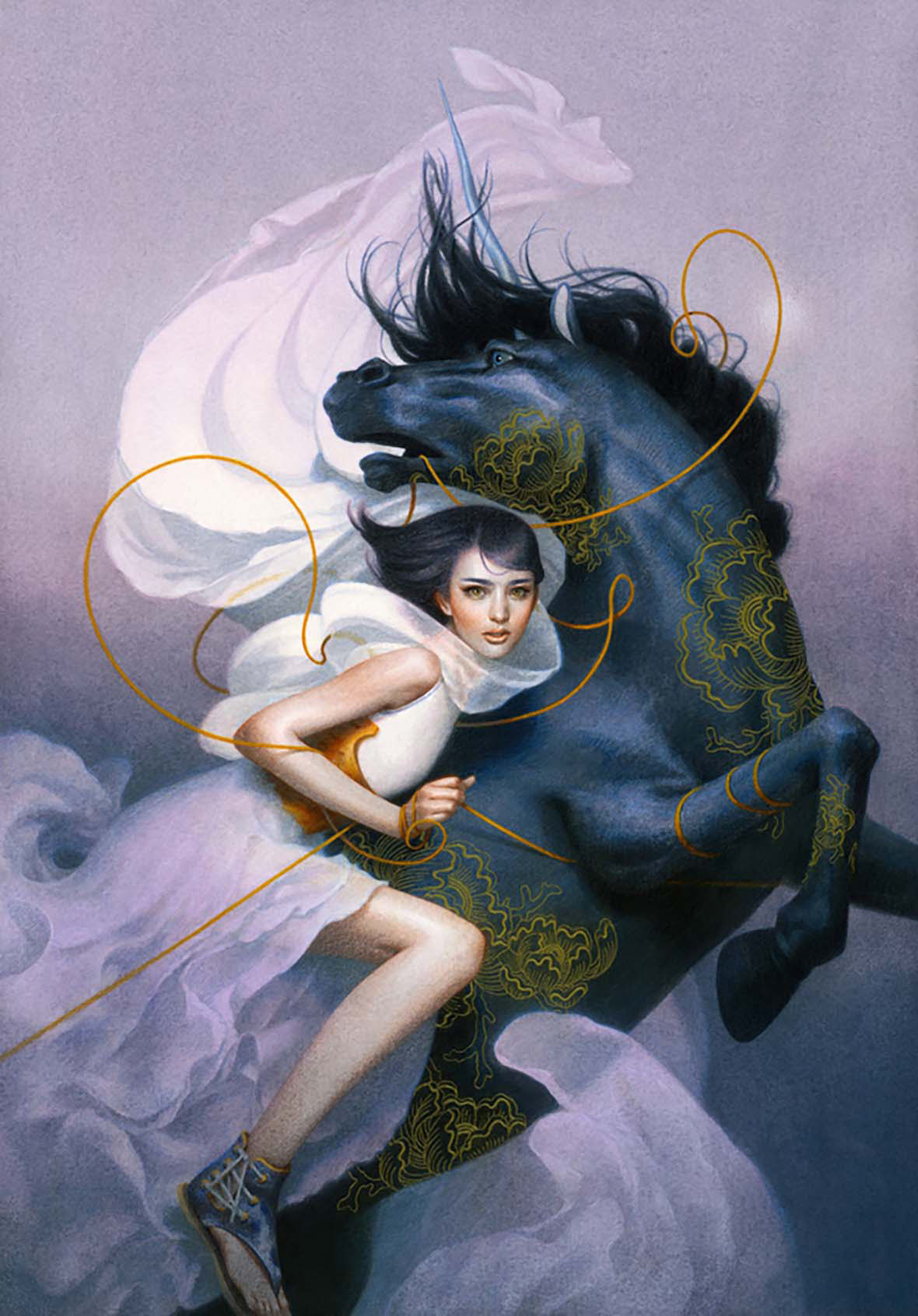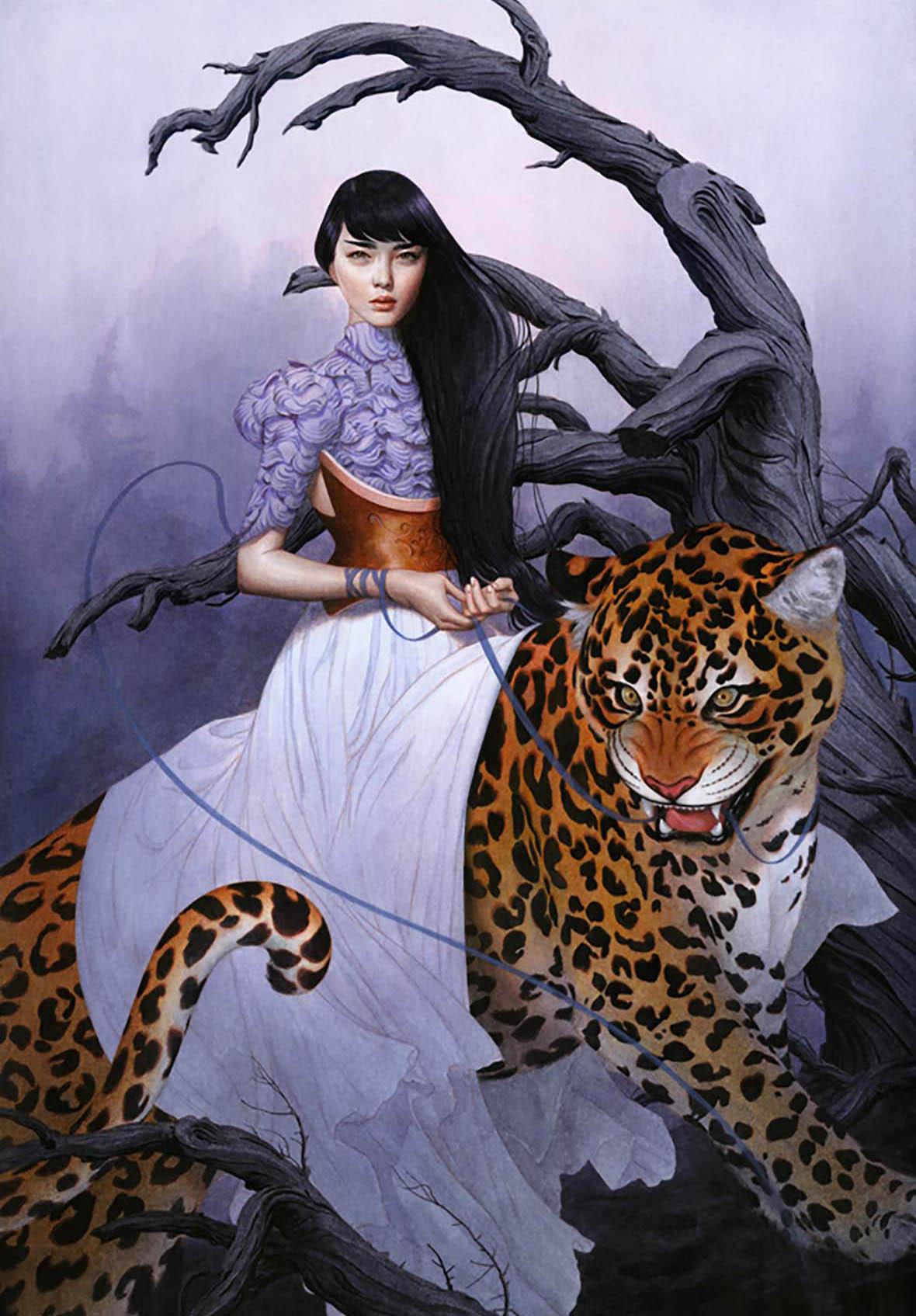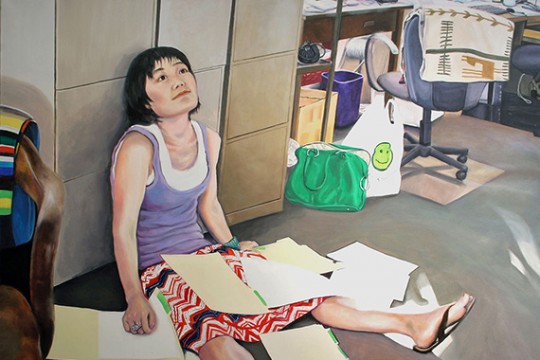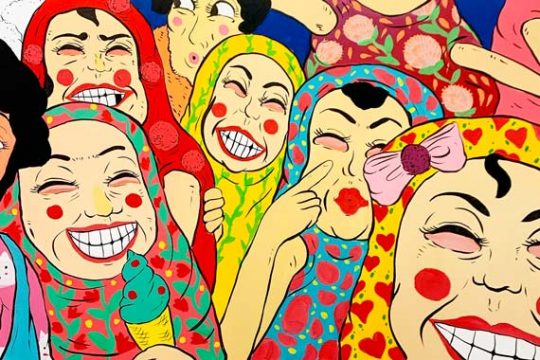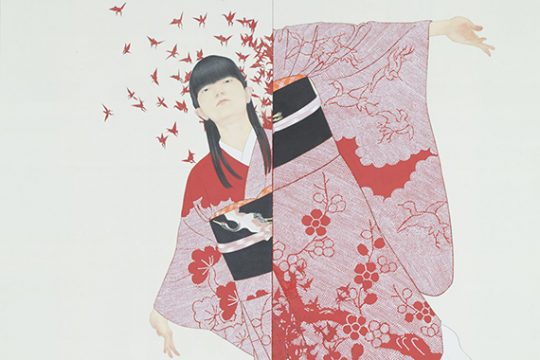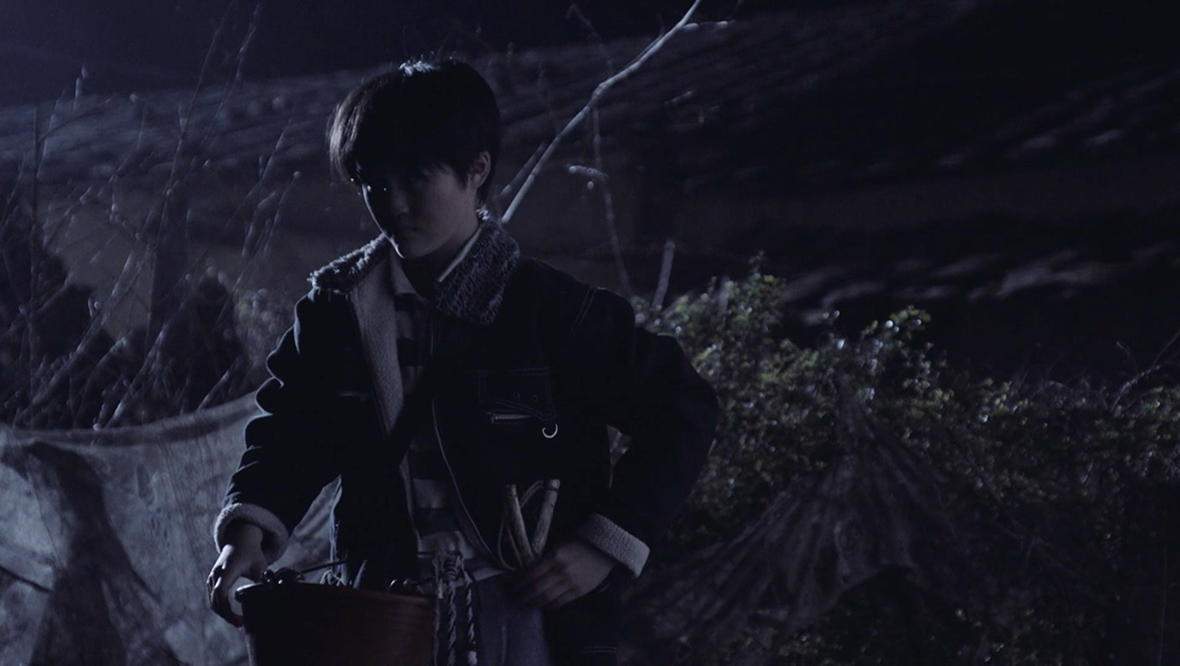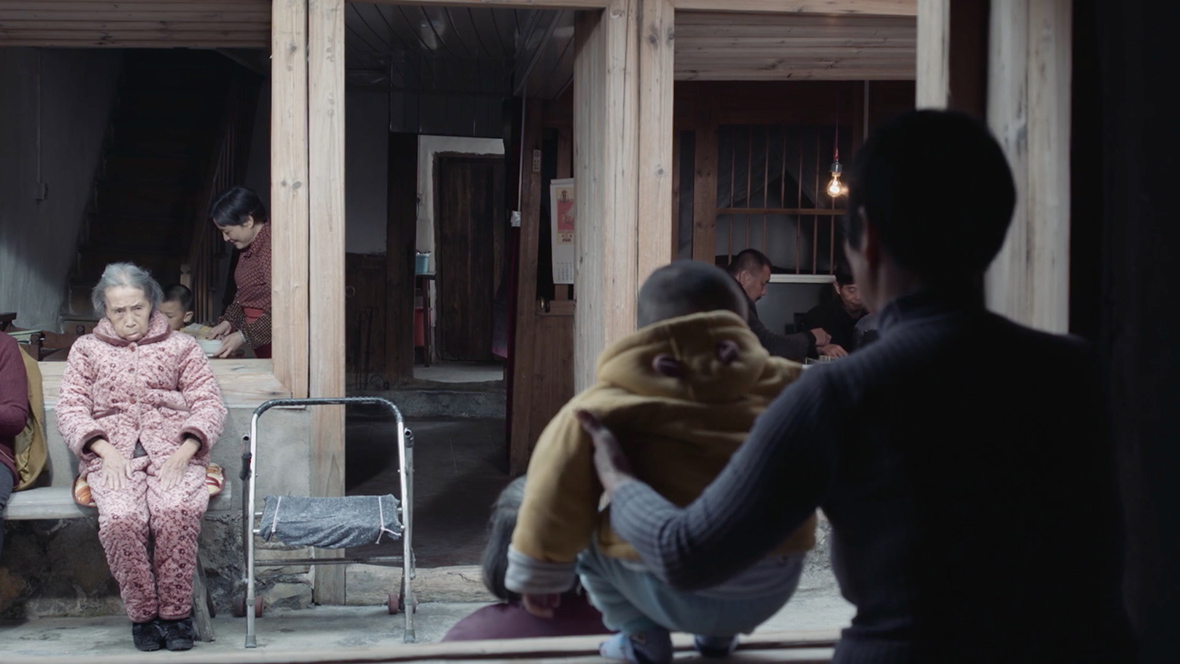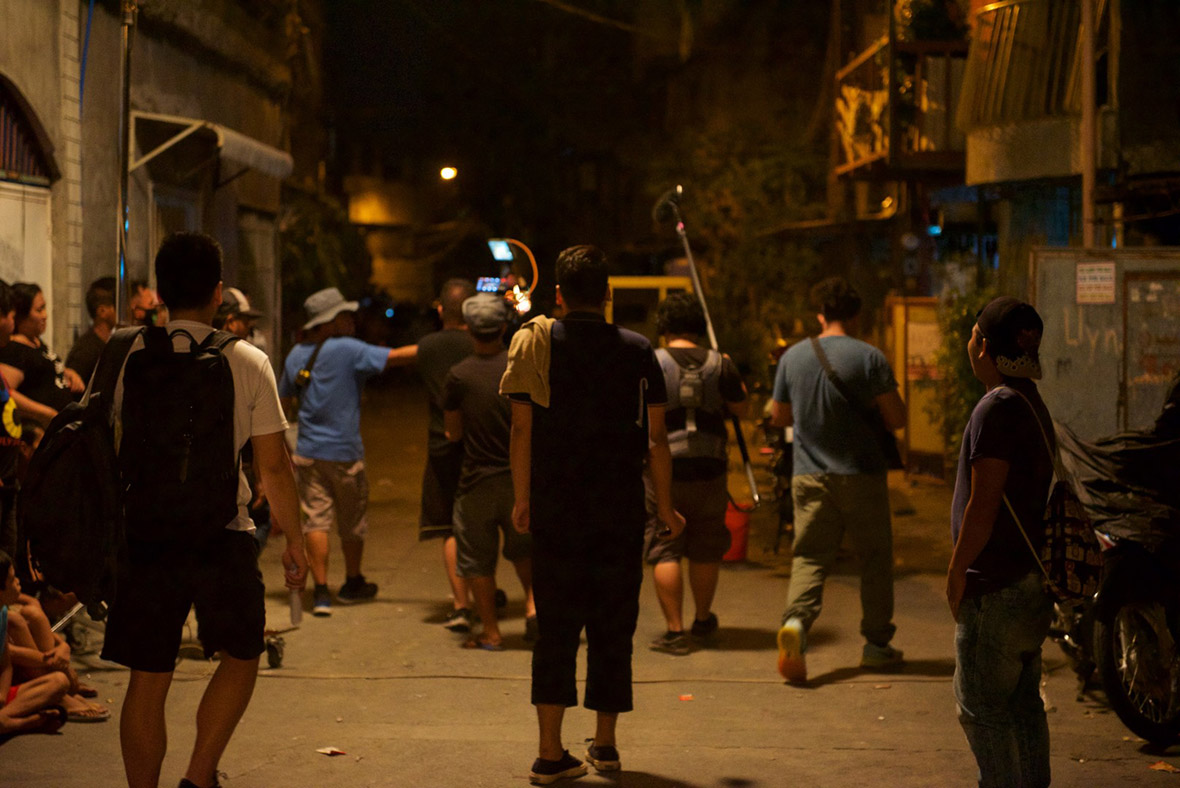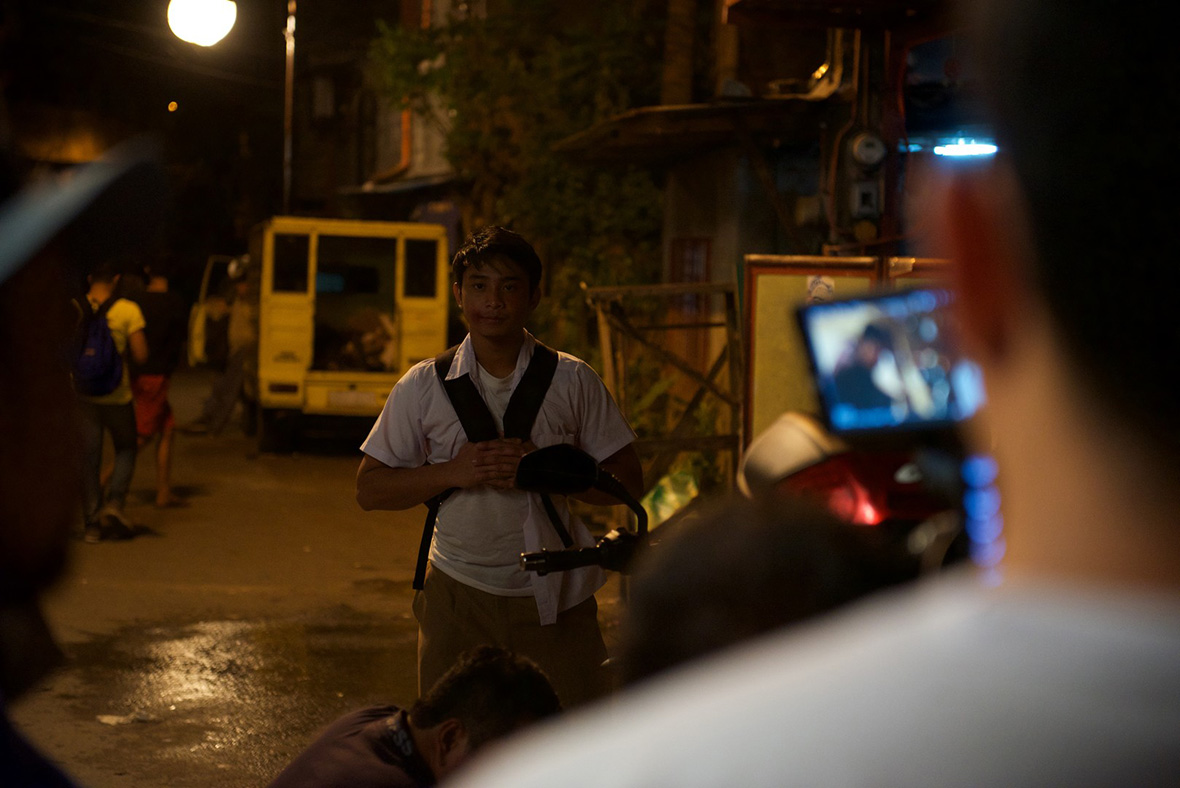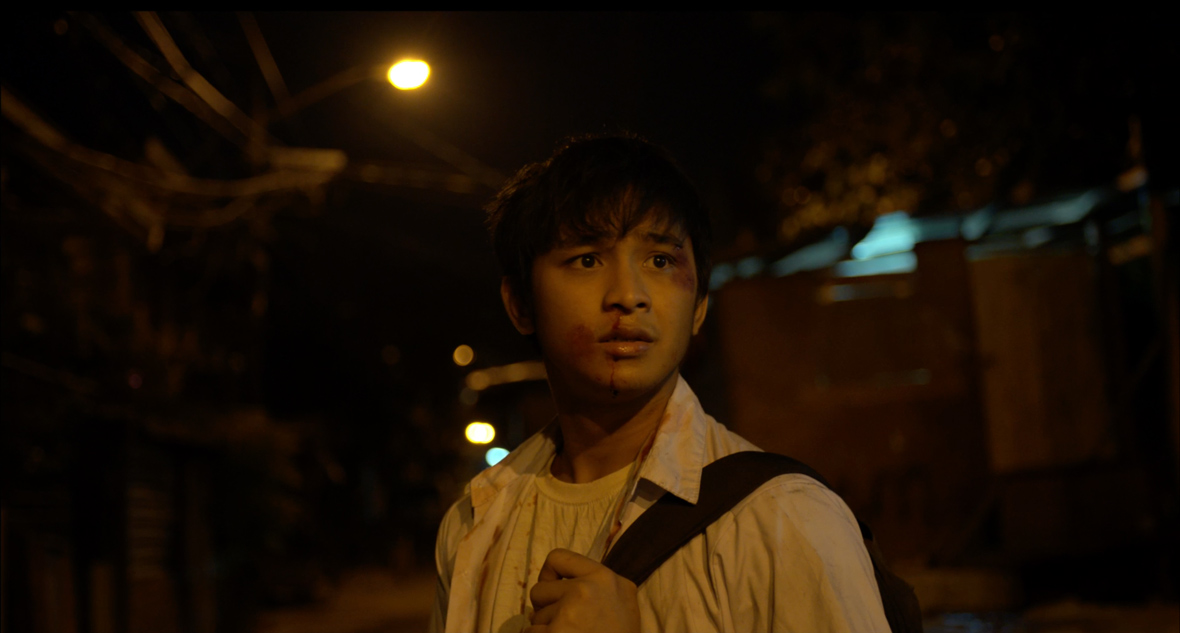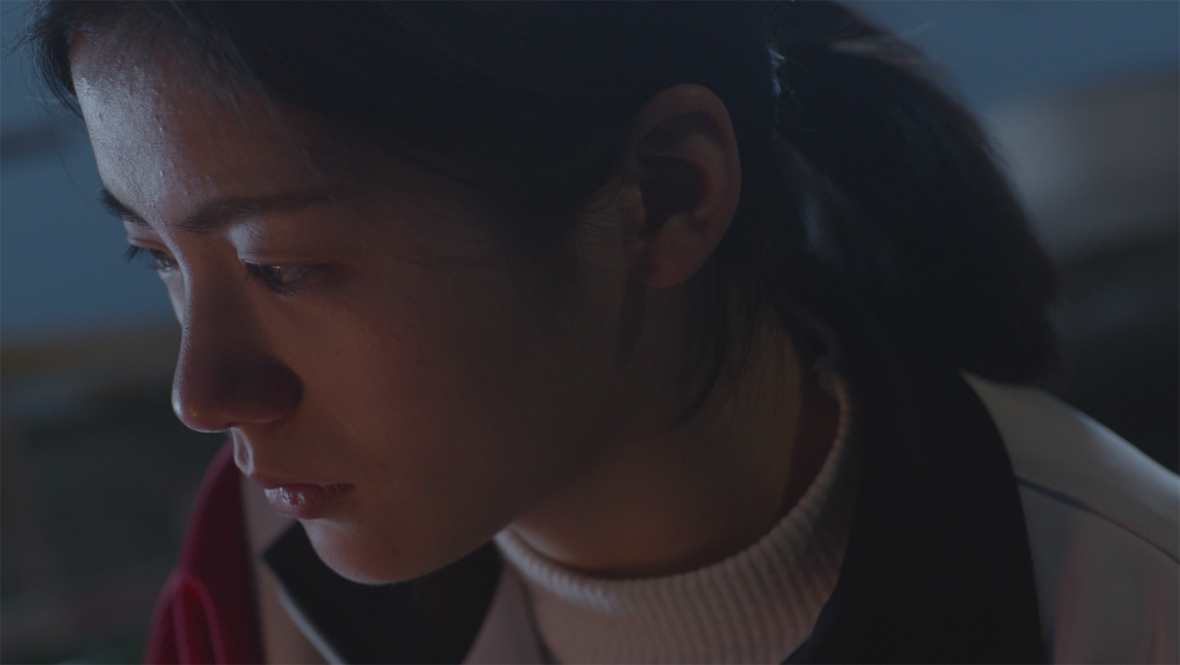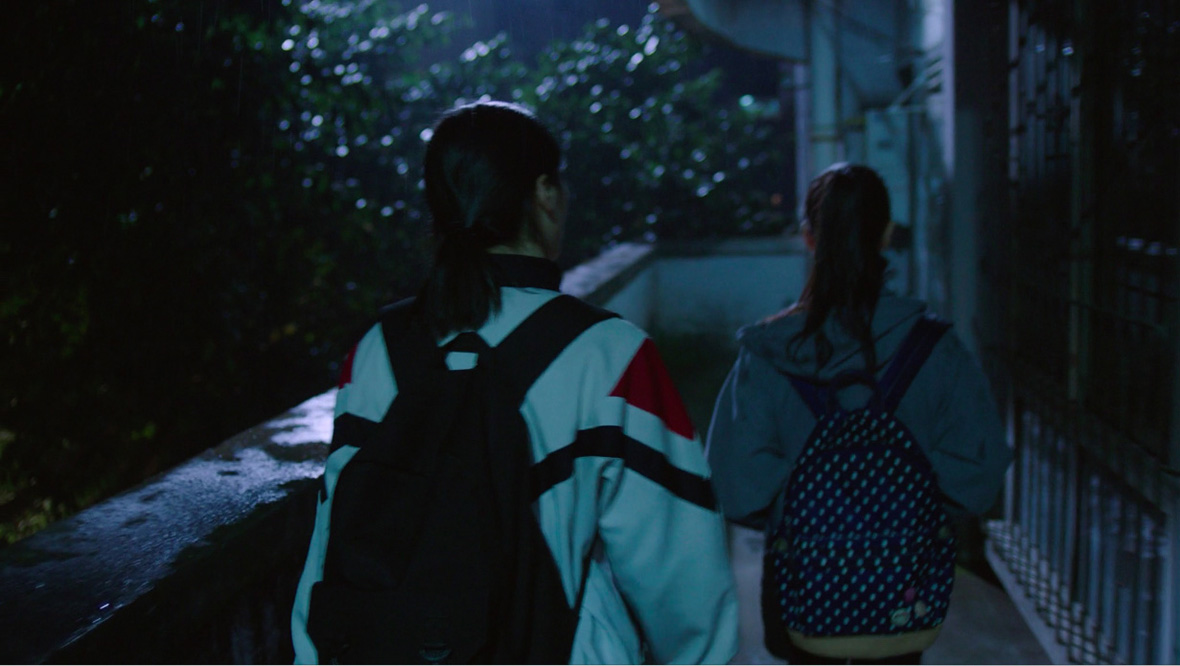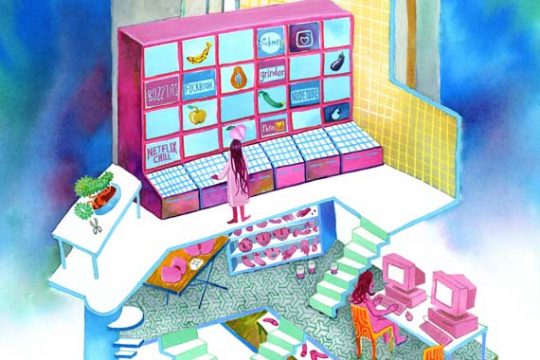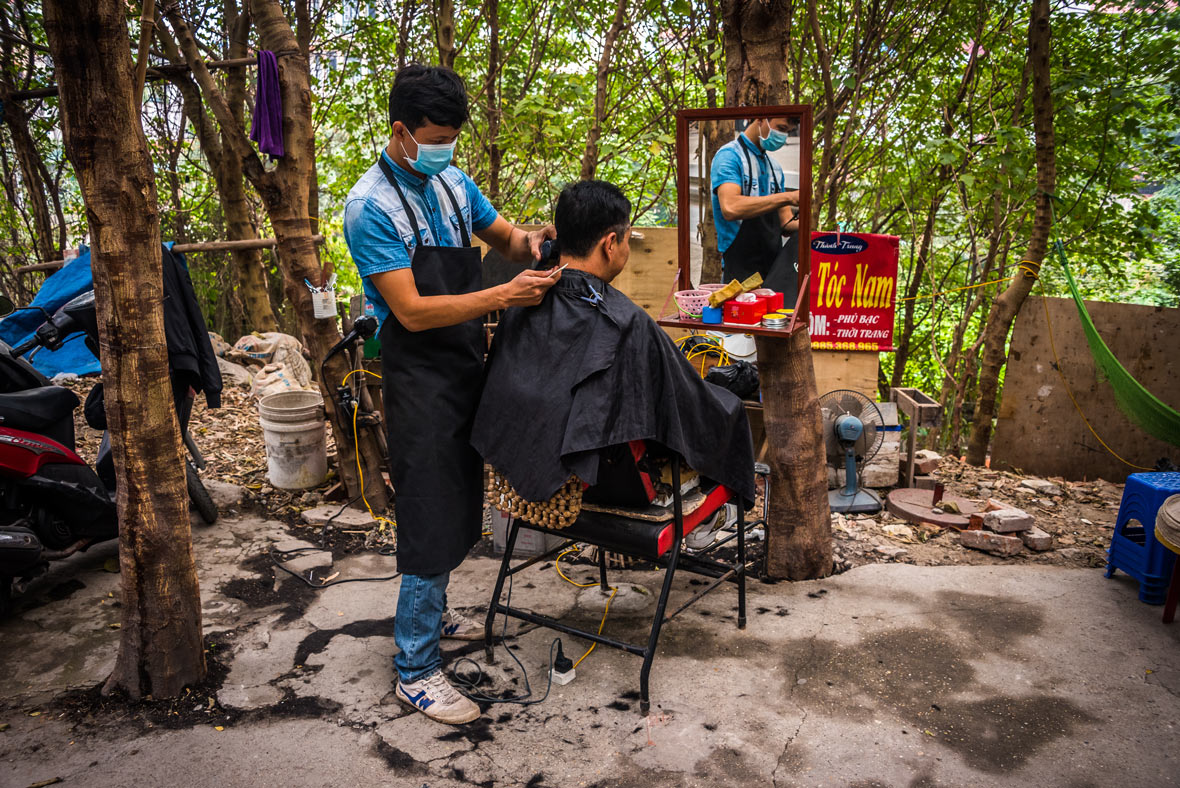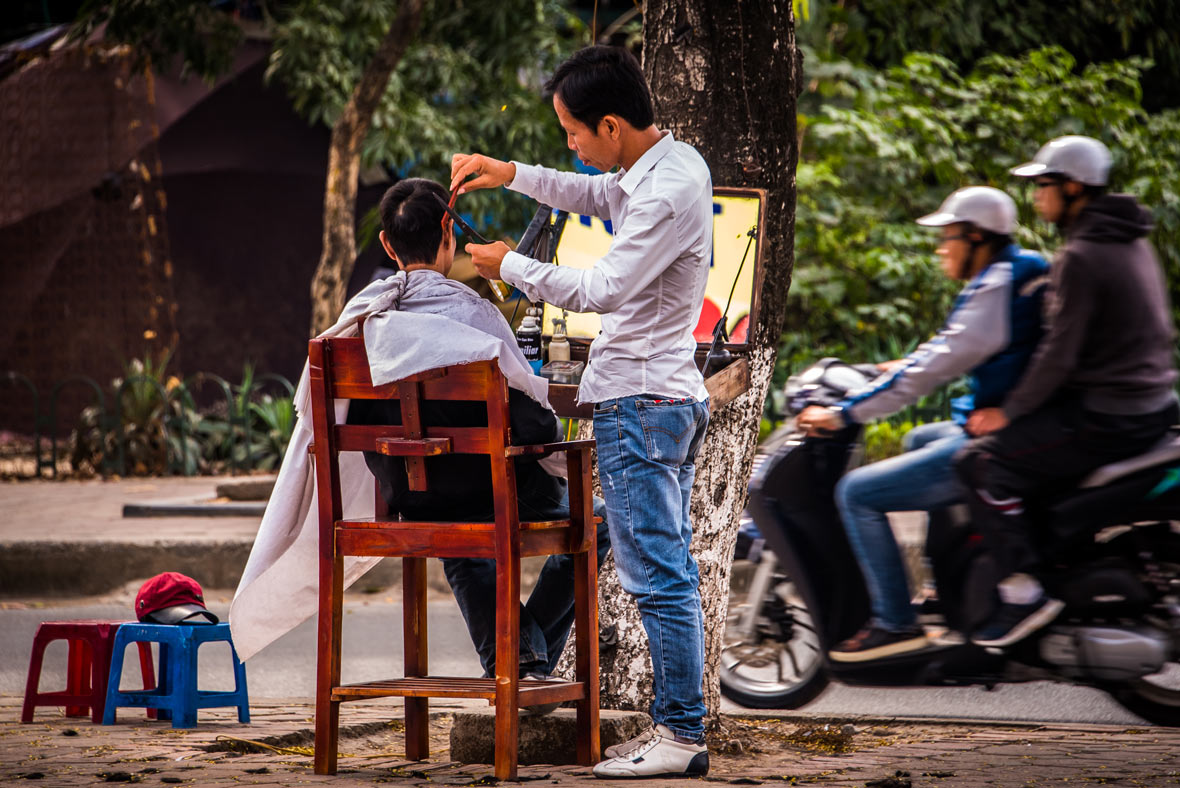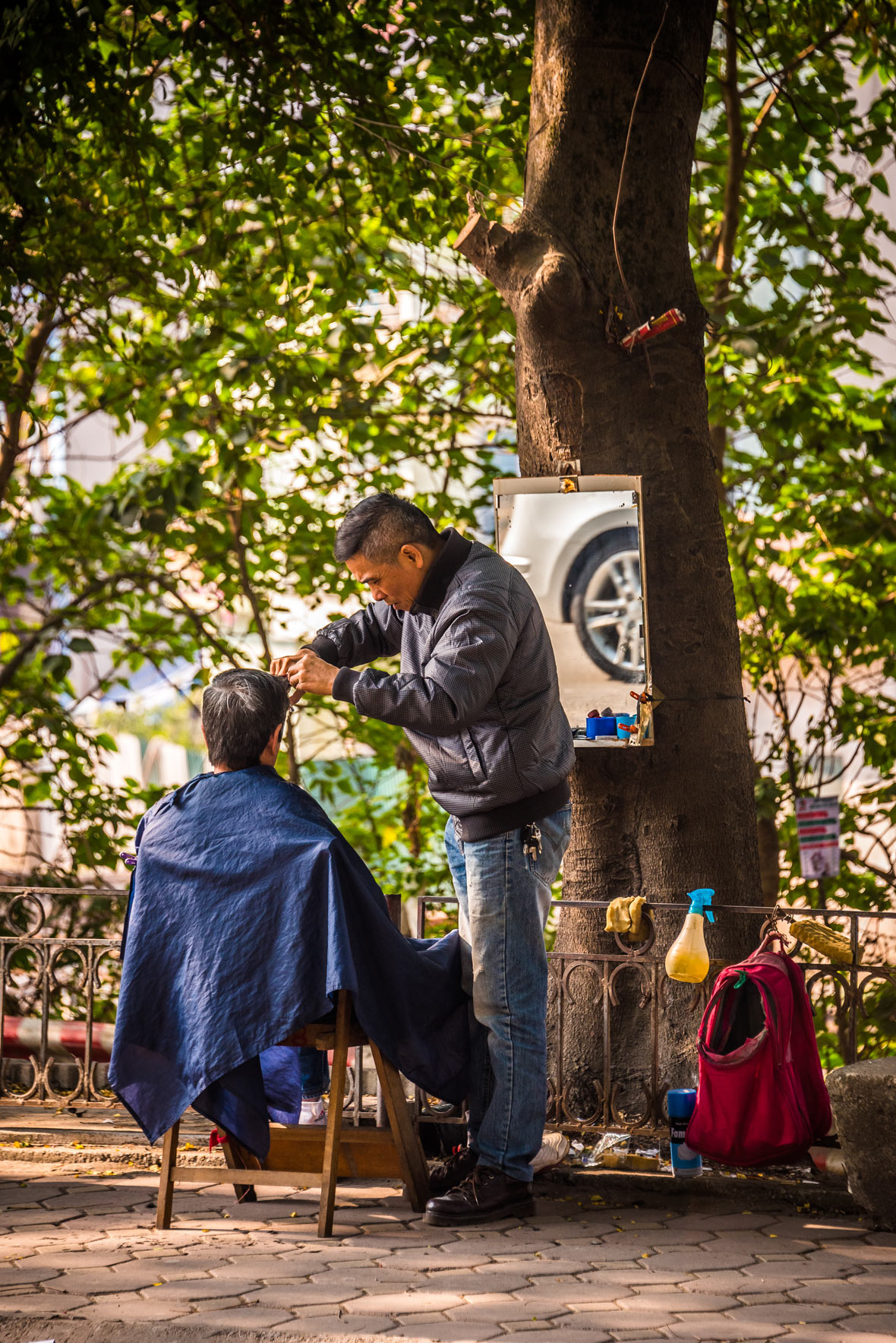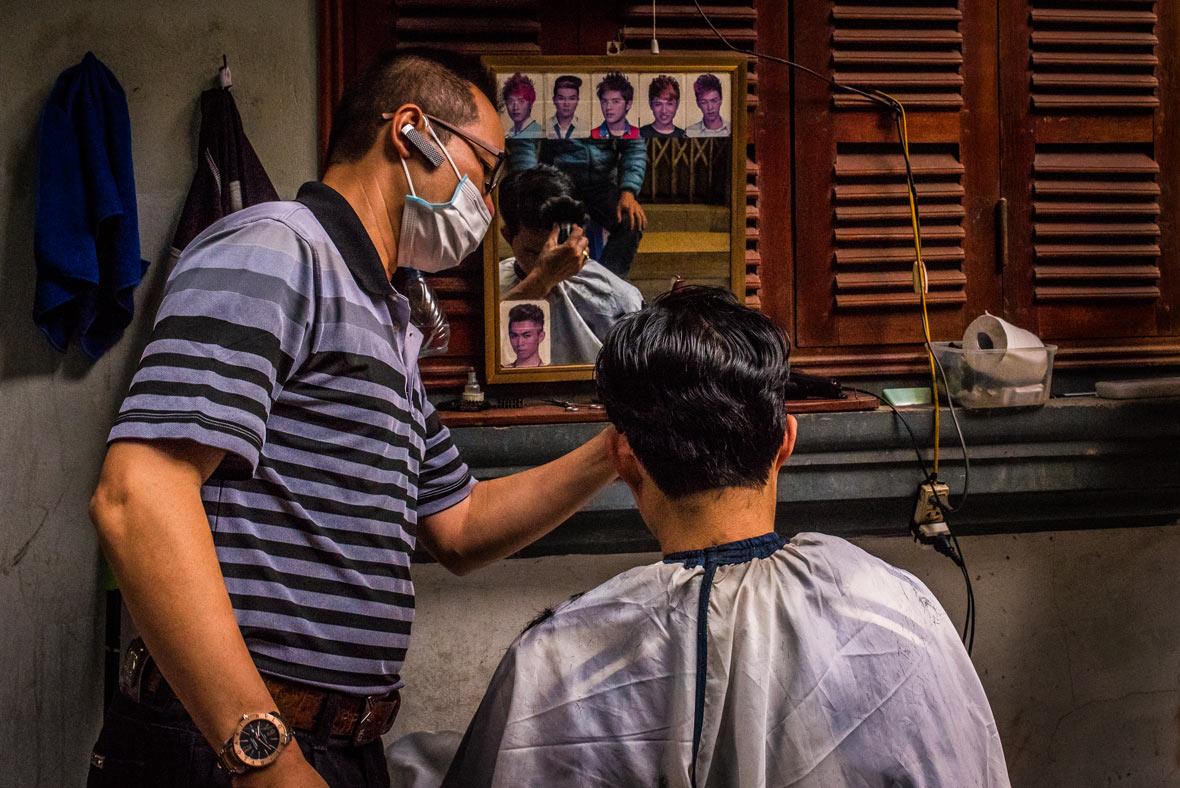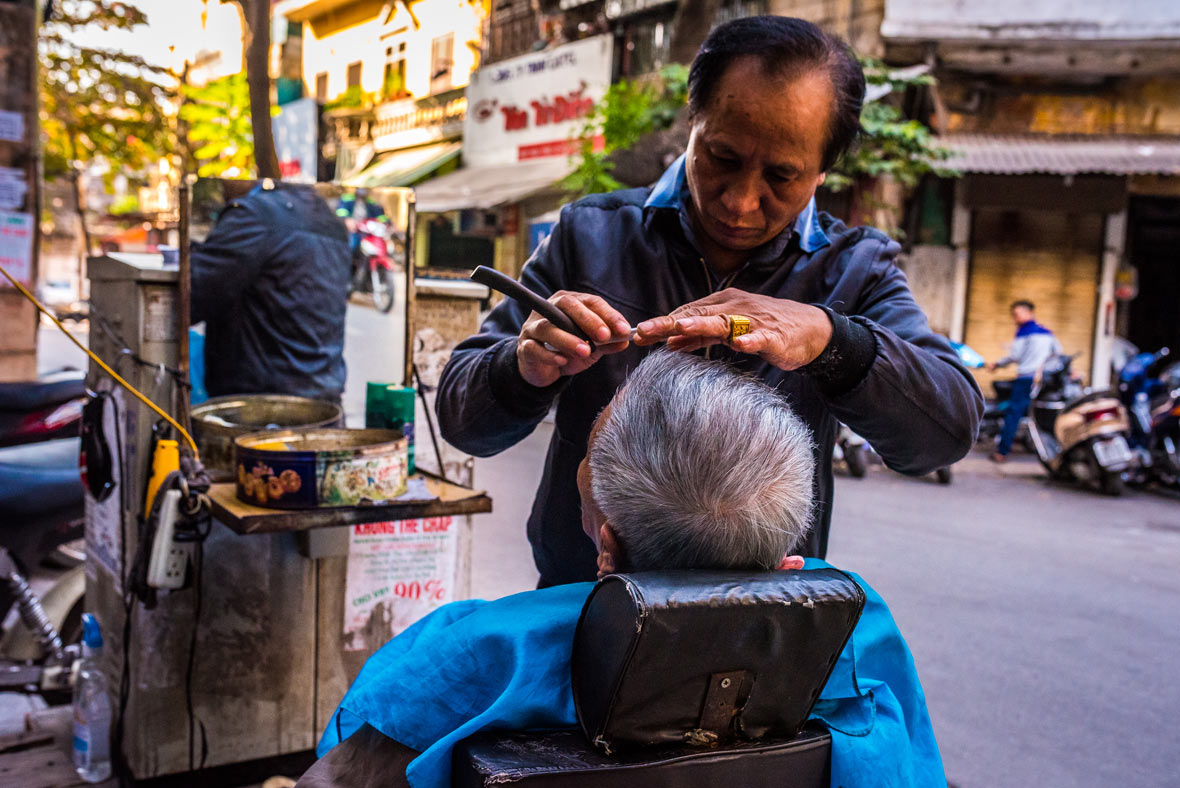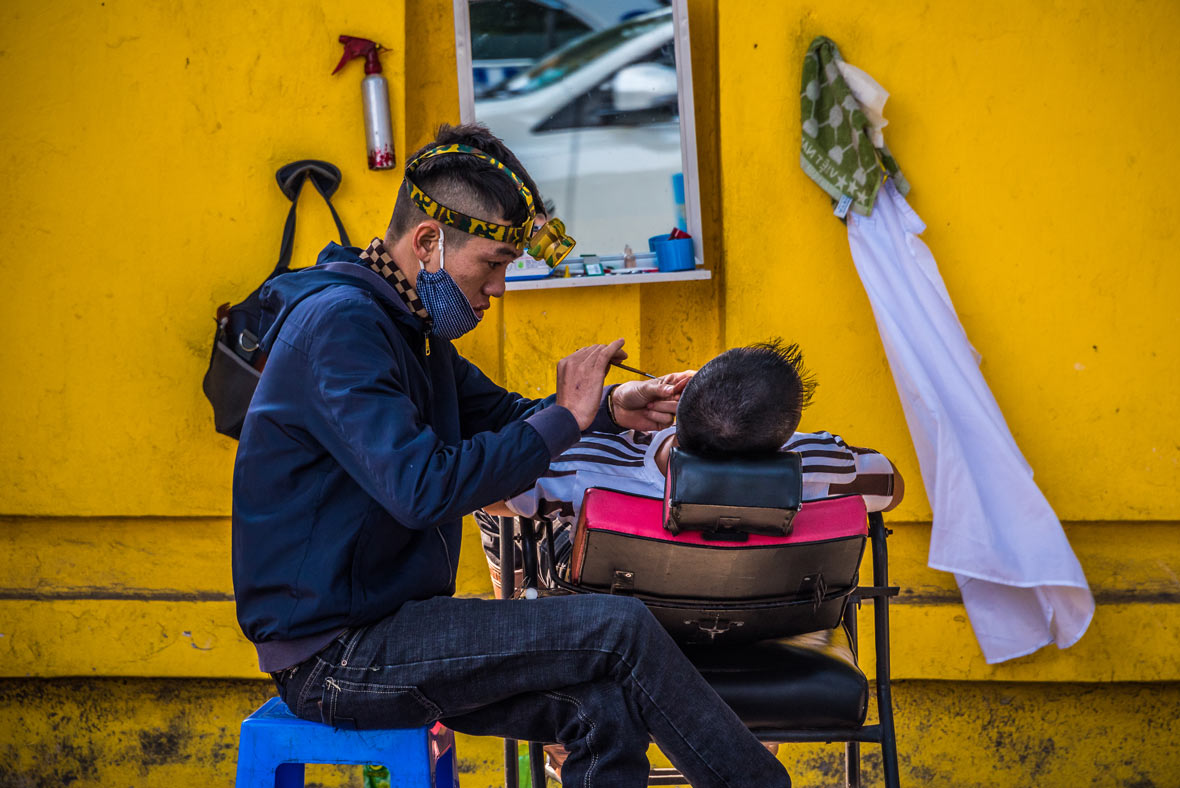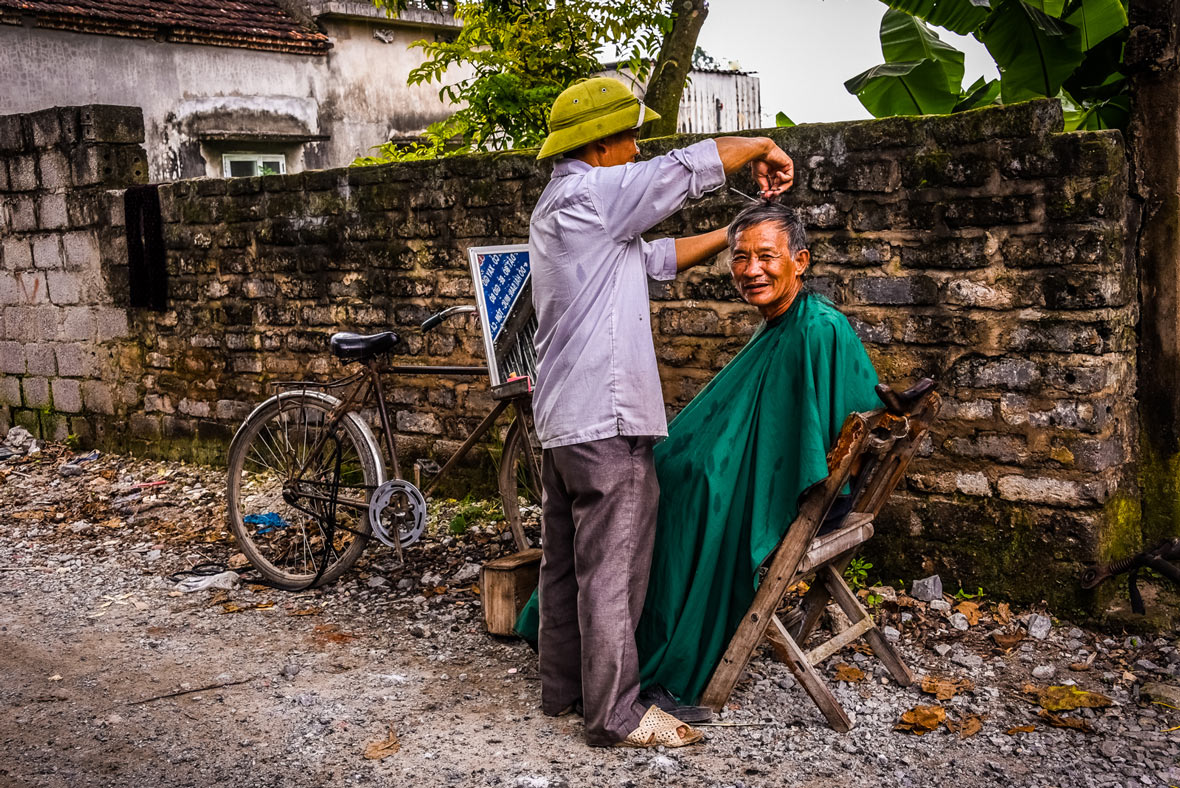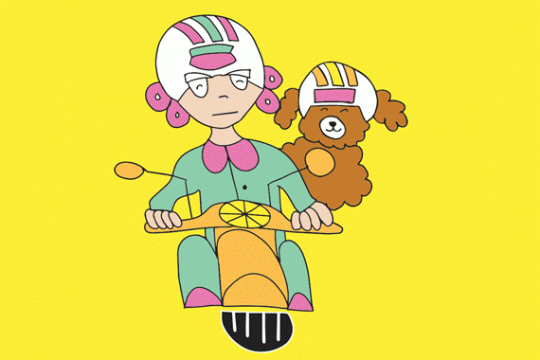无法观看?前往腾讯视频
Sĩ Dang stands in the corner of an immense metal workshop in Dĩ An, a village 20 kilometer north of Ho Chi Minh City. The metal bar he’s holding with his bare hands seems to be an extension of his body as he twists it in sync with each strike of the mechanical power hammer.
Sparks fly around the machine, even bouncing off his exposed skin, and the booming echoes can be heard far outside the workshop. But inside Sĩ’s head, it seems quiet—the young blacksmith is completely absorbed by his work and oblivious to anything other than the red-hot end of the metal bar. Only when the metal becomes too cold to forge does Sĩ snap out of his trance momentarily to reheat the metal in the furnace.
在胡志明市以北 20 公里的 Dĩ An 村庄,Sĩ Dang 站在一间大型金属加工车间的角落,徒手握着一根金属棒。随着动力锤每次击打,他灵活地扭转金属棒,仿佛这根金属棒就是他身体的延伸。
火花在机器周围四溅,弹到他裸露的肌肤上,轰隆隆的回声一直传到车间外的远处。 然而,在 Sĩ 的脑袋里,世界是安静的。这名年轻的铁匠完全沉浸在自己的工作中,对火红金属棒以外的事物浑然不知。唯有当金属变冷不能继续锻造时,他才会从这种投入的状态中暂时抽出,将金属重新放到火上烧热。
Watching his effortless movements, you might assume that he’s the son of a long bloodline of blacksmiths, born with a hammer in hand. But this is far from the truth. “I found this job online two years ago,” he says. “I applied without any previous blacksmithing experience. But I was a welder at the time, so I knew I loved metal and fire.” The Vietnam-based French blacksmith who hired him, Sébastian Sicot, has absolutely no regrets: “Sĩ is definitely very talented, and he has a strong work ethic.”
他的动作轻松自如,仿佛这把锤子是他与生具来的一部分,这也许会让人以为他来自于一个铁匠家族,从小耳濡目染。然而,事实远非如此。“两年前我在网上找到这份工作。” 他说,“申请这份工作之前,我没有任何锻造的经验。不过我做过焊工,所以我知道自己喜欢和金属、火有关的工作。” 雇用他的是定居越南的法国铁匠 Sébastian Sicot,对于这个决定,Sébastian 说自己一点也不后悔,“Sĩ 很有才华,而且非常有职业道德。”


The Soul of the Craftsman
When the work with the power hammer is done, Sĩ takes a forging hammer from a wall filled with other miscellaneous tools and starts bending the metal. Of the twenty hammers regularly used in the shop, nearly all of them look exactly like the ones blacksmiths used centuries ago. Sĩ says, “Some tools haven’t really changed over the years, but nowadays, most of us use slightly different forging techniques.”
To Sĩ, the technique, in fact, the whole process of blacksmithing is even more magical than the final objects he makes. Sure, he wants to create beautiful pieces, but he finds most fulfillment in the craft itself. “Good blacksmiths slowly turn a lifeless piece of metal into something with a soul,” he explains. The 24-year-old craftsman is not trying to be poetic: it’s clear he means it.
He believes that blacksmiths have the ability to imbue vitality into a lifeless piece of metal by putting their own soul into it. “But only when they work with their hands,” Sĩ adds. “Shaping metal with factory molds and machines don’t give it a soul”.
Sĩ often works closely together with his fellow craftsmen in the workshop; they all contribute small pieces to a larger whole. “The end result is a melting pot of all our souls,” Sĩ’s eyes sparkle as he says it.
工匠之魂
完成动力锤部分的工作后,Sĩ 从摆满各种工具的墙壁上取出锻锤,开始弯曲金属。几乎所有店里常用到的二十个锤子,看起来都像是几个世纪前的产物。Sĩ 说: “有些工具经过这么多年其实也没有怎么变化,只是大多数现代人的锻造技术稍微不同。”
事实上,对于 Sĩ 来说,锻造的整个过程比他所打造的最终成果更加令人称奇。当然,他想要打造出漂亮的作品,但他发现自己最大的成就感来自这项工艺本身。“好的铁匠能慢慢将一块没有生命的金属,变成一件有灵魂的物体。” 他解释道。这位 24 岁的铁匠并非刻意将其浪漫化,很显然,这是他内心的真实想法。
他相信,铁匠在锻造的过程中,能够将自己的灵魂融入其中,为无生命的金属注入生命力。 “但前提是他们要用自己的双手工作。用工厂模具和机器来塑造金属并不会给它带来灵魂。” Sĩ 补充道。
Sĩ 经常会与车间的其他铁匠合作,一起打造大型的作品。“最终成果是我们所有人的灵魂的熔炉。” Sĩ 说道,眼里闪耀着光芒。
Heritage
That sense of connection with other blacksmiths is even more profound when doing restoration work. Indeed, every forged piece carries the soul of the maker inside, even when that person is gone. Sĩ says, “When you’re touching an old piece, you have to listen to the existing soul in the material.” This doesn’t necessarily mean using the exact same tools, but “you have to respect the soul of the craftsman who made it.”
Restoration work also requires more skill. “For a new piece, we follow the design instructions. Of course it still requires skill, but there aren’t so many surprises in the process. Nothing like the old pieces. When you restore an object, you have to fix every little detail. And you need to be very careful because older material can be more vulnerable.”
传承
在进行修复工作时,与其他铁匠的联系更为深刻。事实上,每一件锻造而成的作品都会带上制作者的灵魂,即使那个人已经不在。 Sĩ 说:“当你触摸到历史悠久的作品时,你必须去聆听金属中既有的灵魂。” 这并不意味你要用完全相同的工具,而是要 “尊重制作这件作品的工匠的灵魂”。
翻新修复的工作也需要更多的技巧。“对于新的作品,我们只需要遵循设计说明就好了。当然,这个过程也需要技巧,但过程不会有太多的惊喜。旧的作品却不一样。当你要修复一件旧的作品时,你要修复每一个细节,同时需要非常小心,因为它的材料由于时间久远,会变得更脆弱。”

While Sĩ discovered this passion mostly by accident, his dedication has set him on track to becoming one of the top blacksmiths of Vietnam. “I’m willing to do the same thing ten times, twenty times even—because it means I’m improving myself,” he tells us. “I’m very patient. That’s just who I am.”
虽然 Sĩ 对于铁匠的热情是偶然的发现,但他已经决心成为越南的顶级铁匠之一。“即使是同样的作品我也愿意做十次,甚至二十次,因为这意味着我在不断提升自己。” 他告诉我们,“我很有耐心,我就是这样的人。”
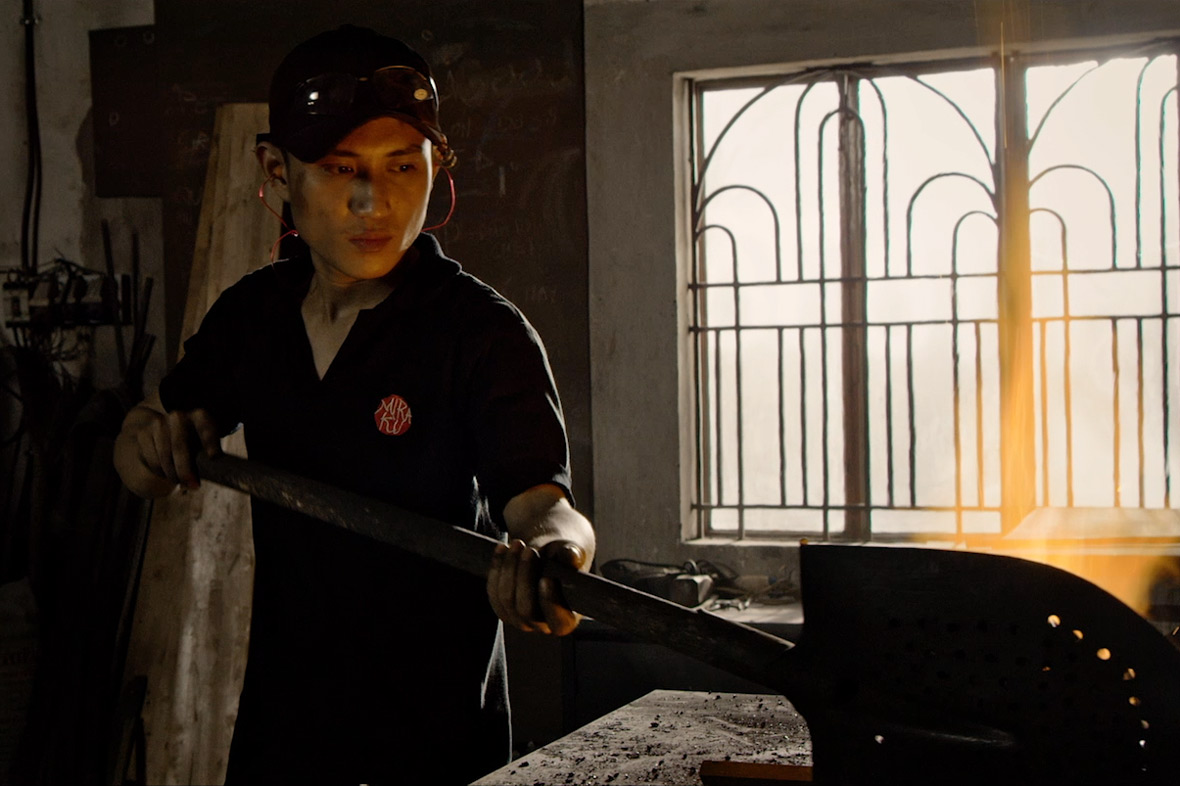
Contributors: Annigje Jacobs, Brice Godard
Photographer & Videographer: Brice Godard
供稿人: Annigje Jacobs, Brice Godard
图片及视频摄影师: Brice Godard






